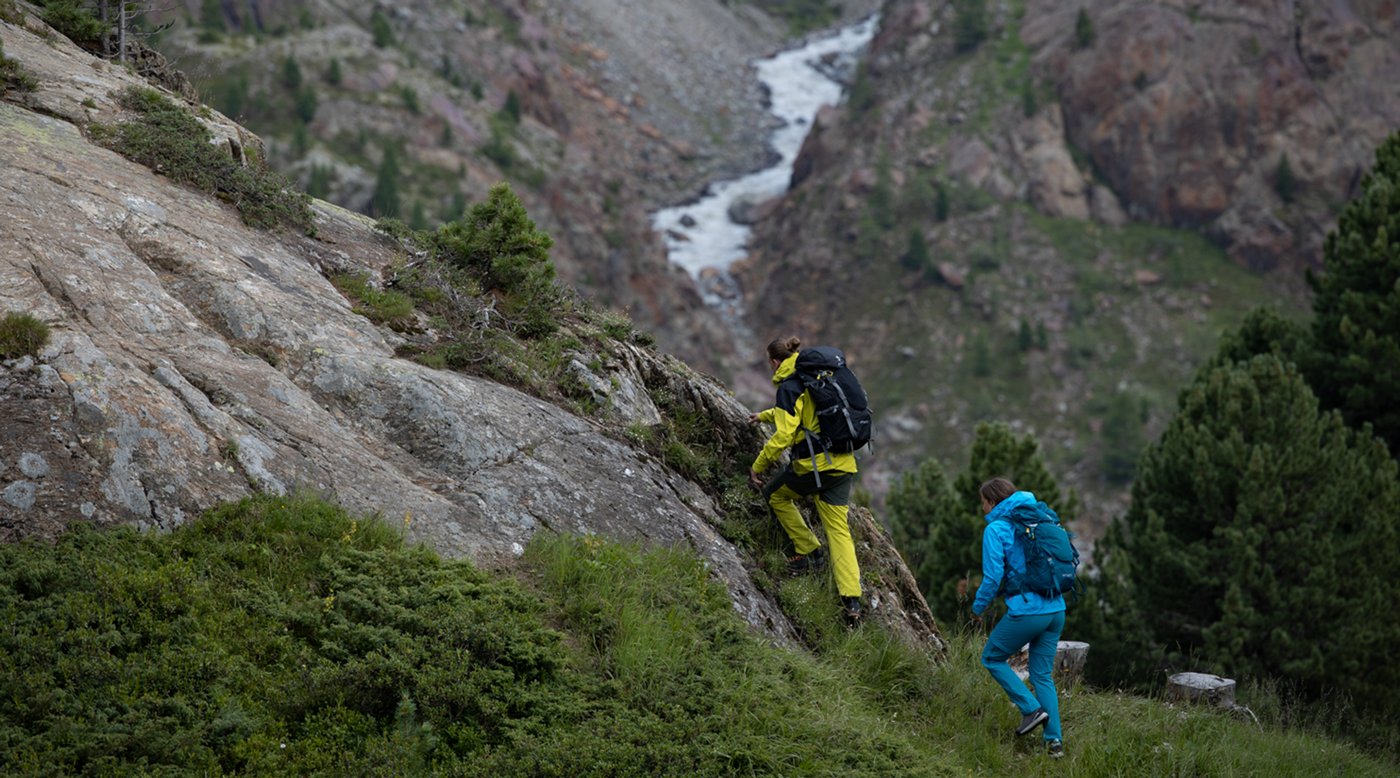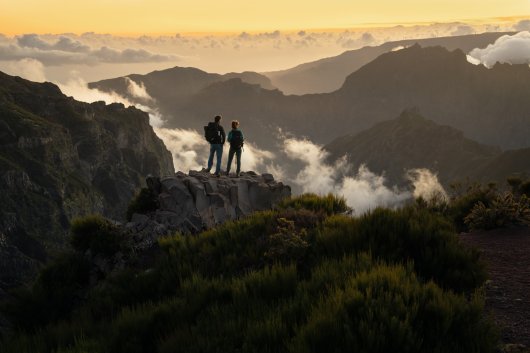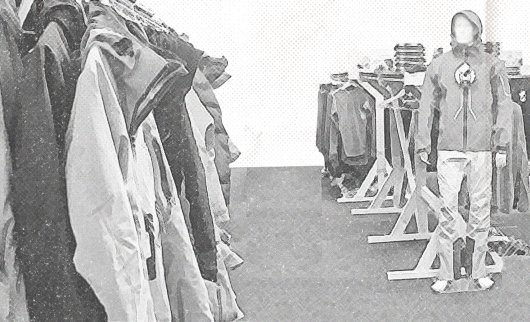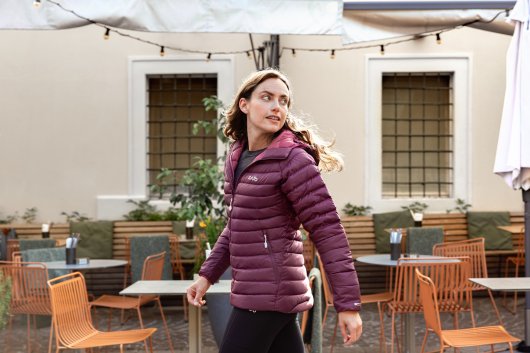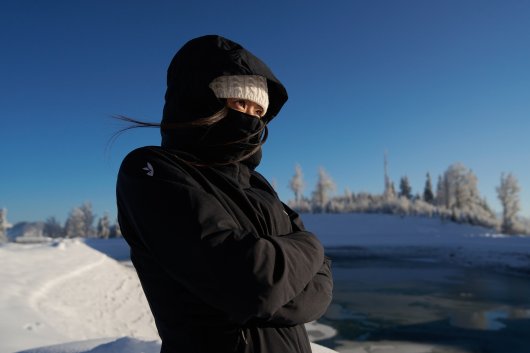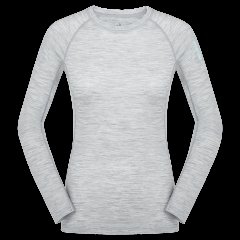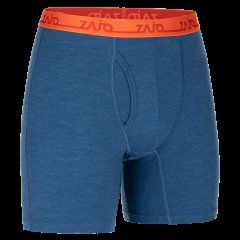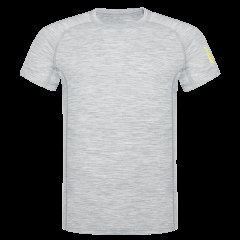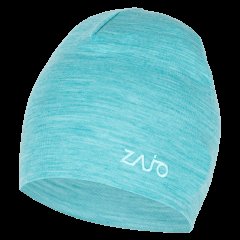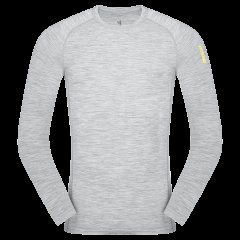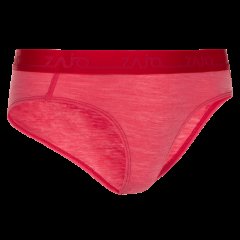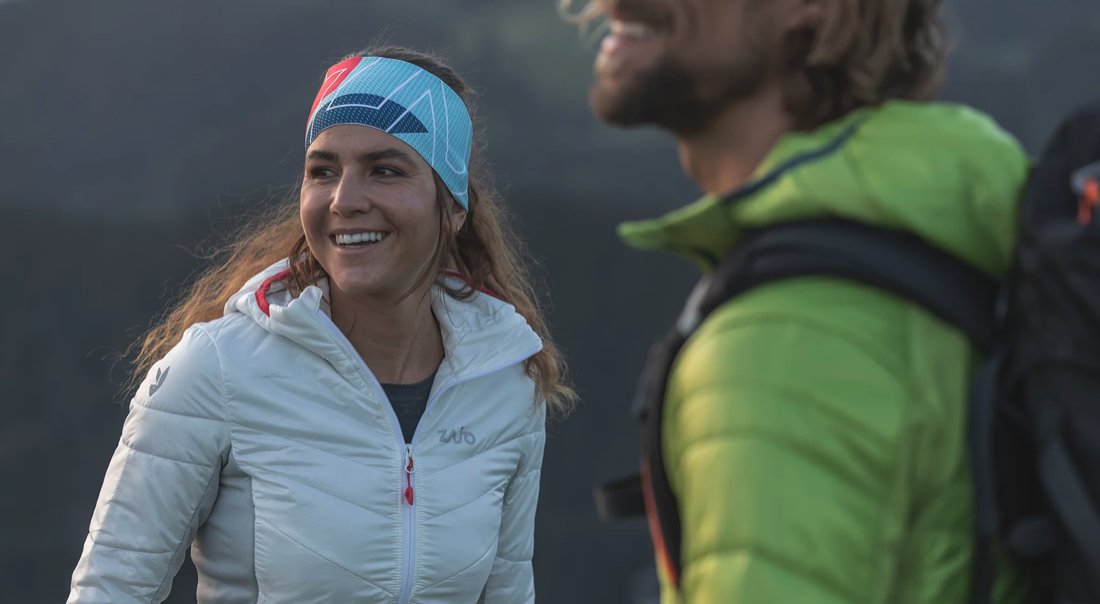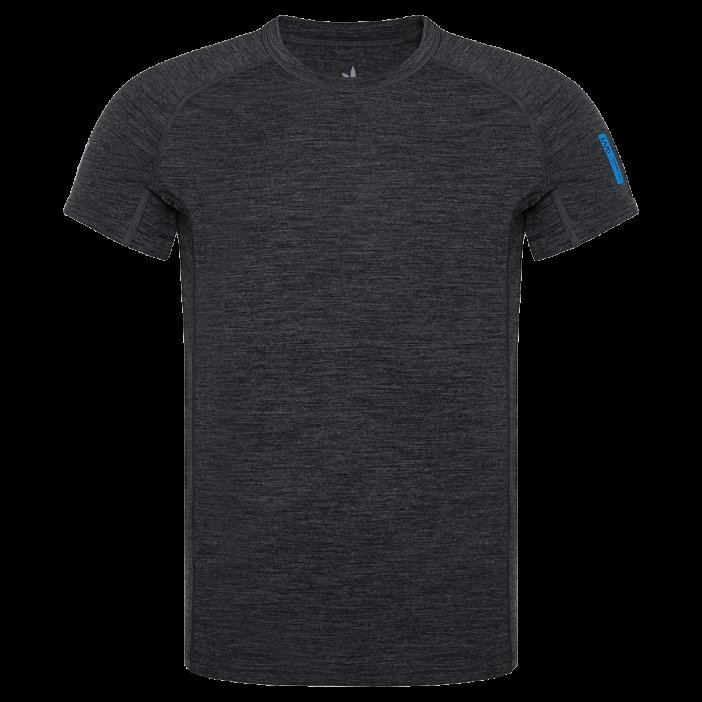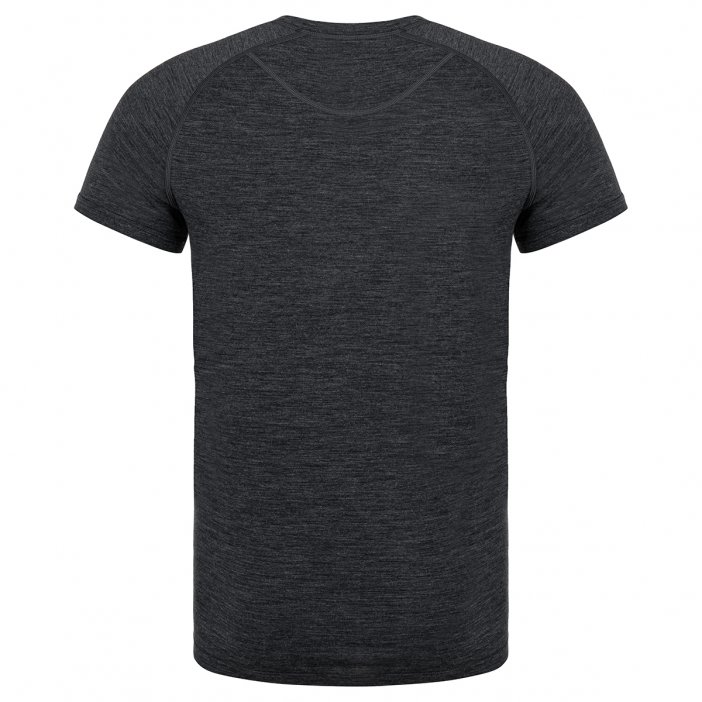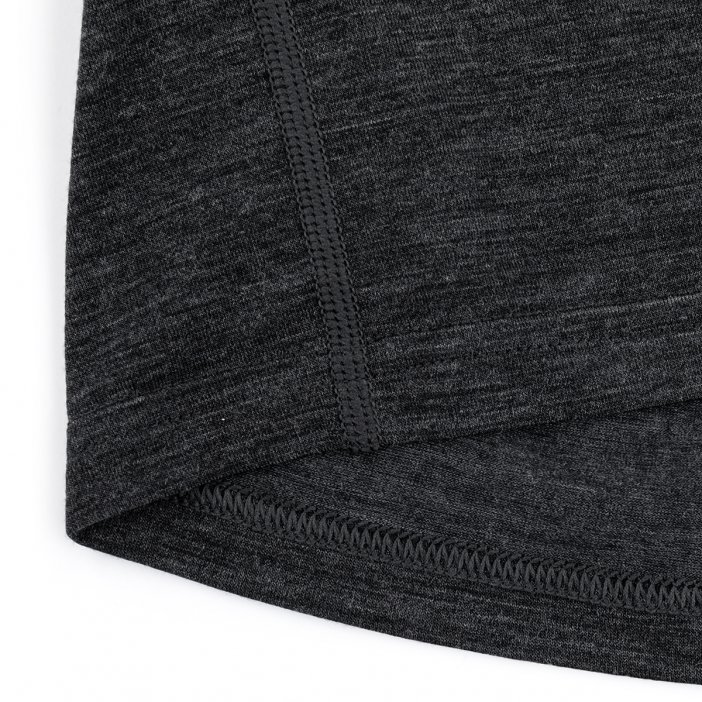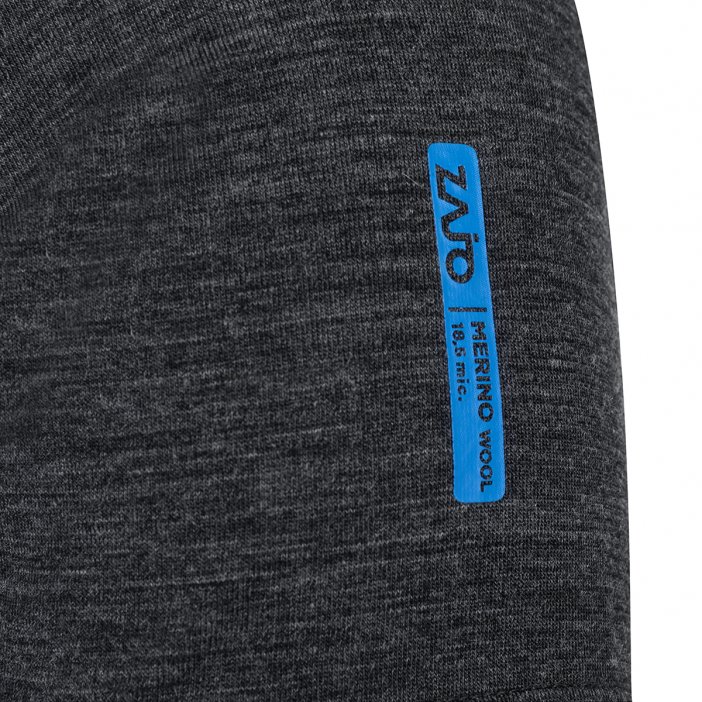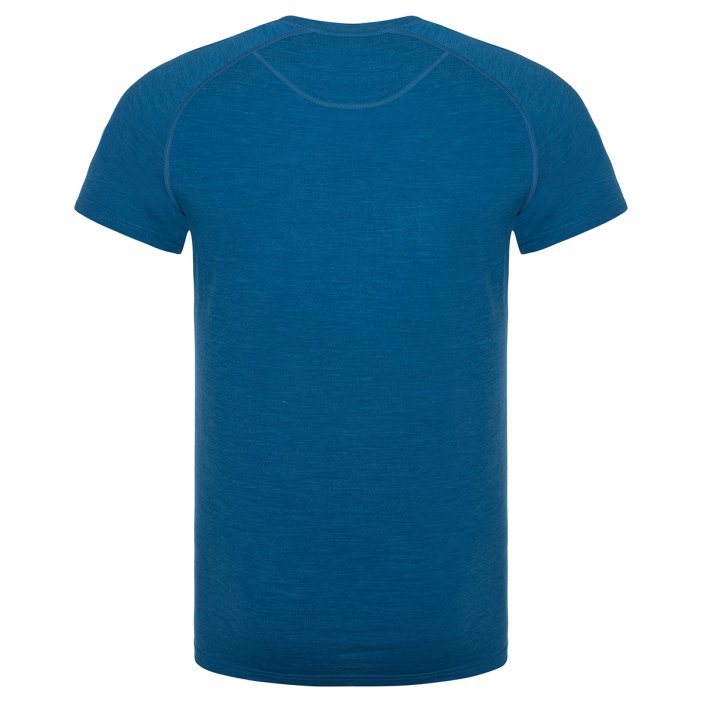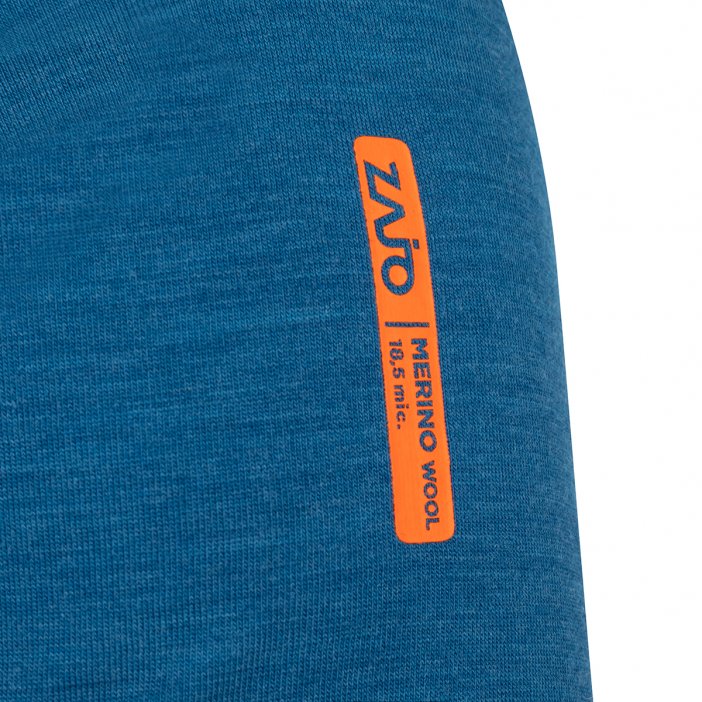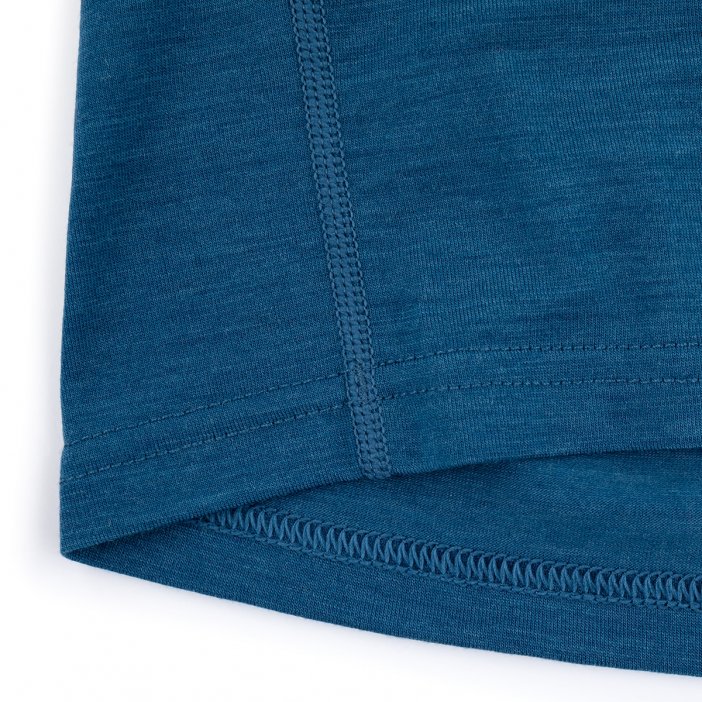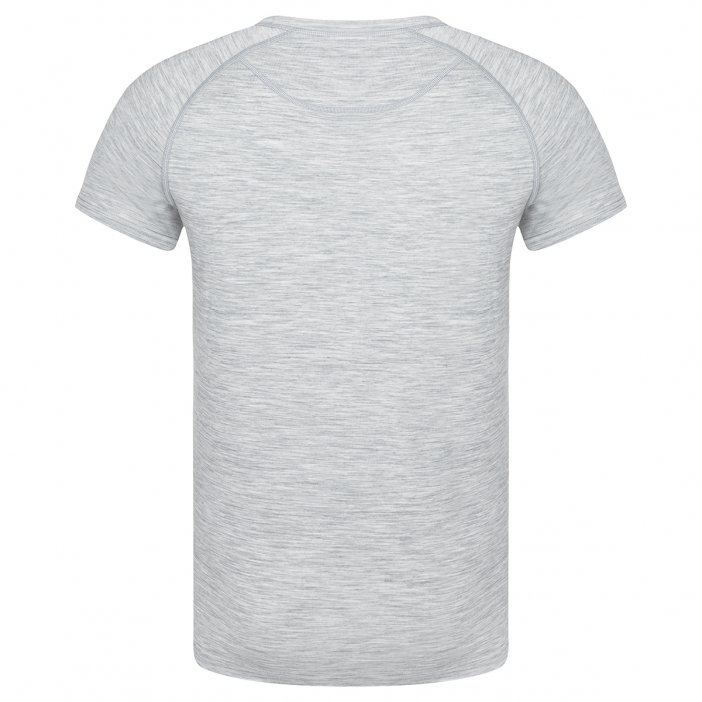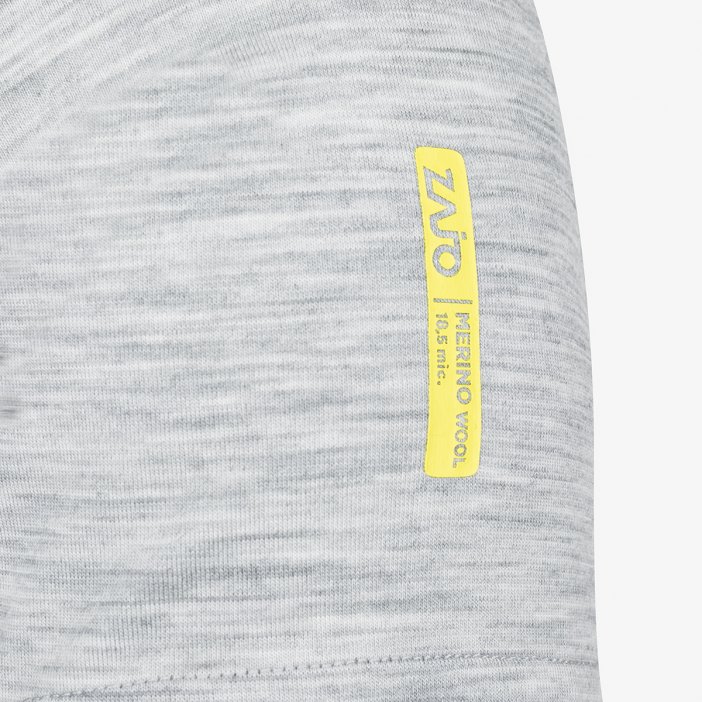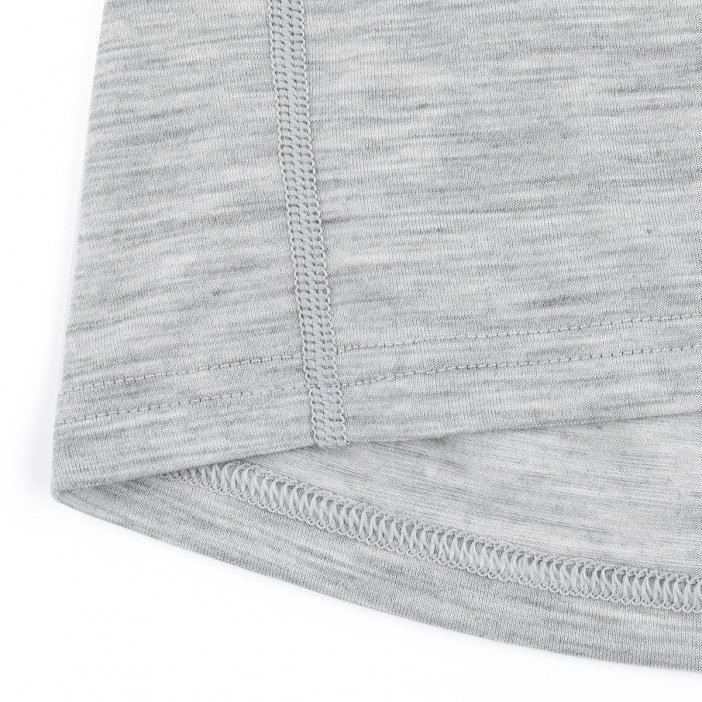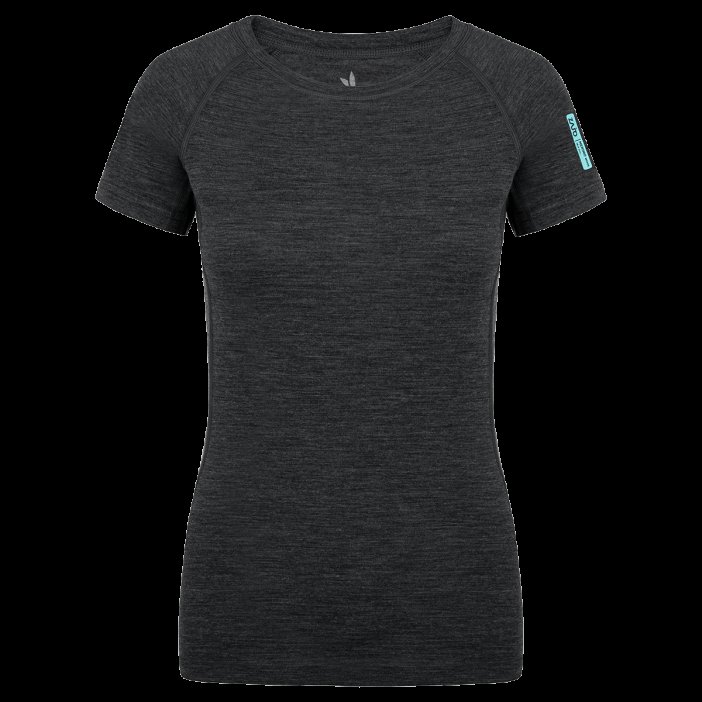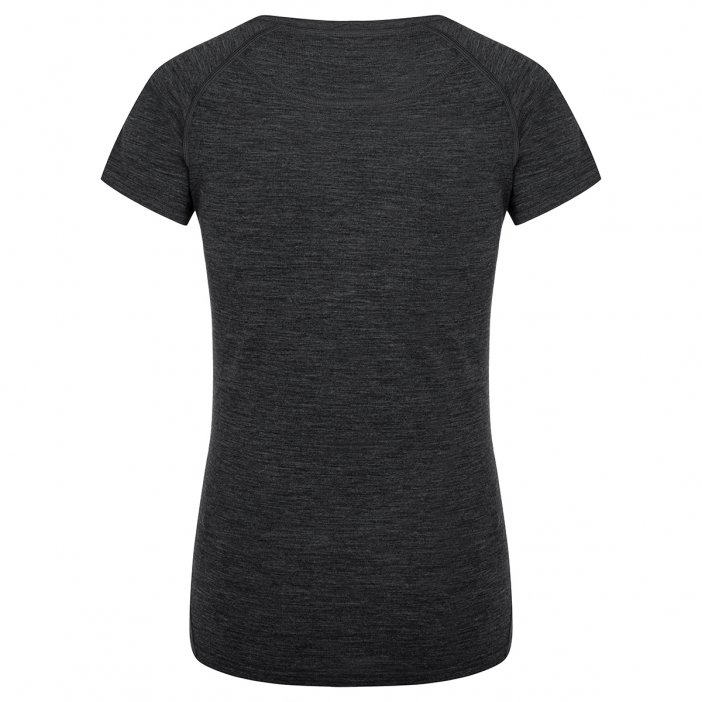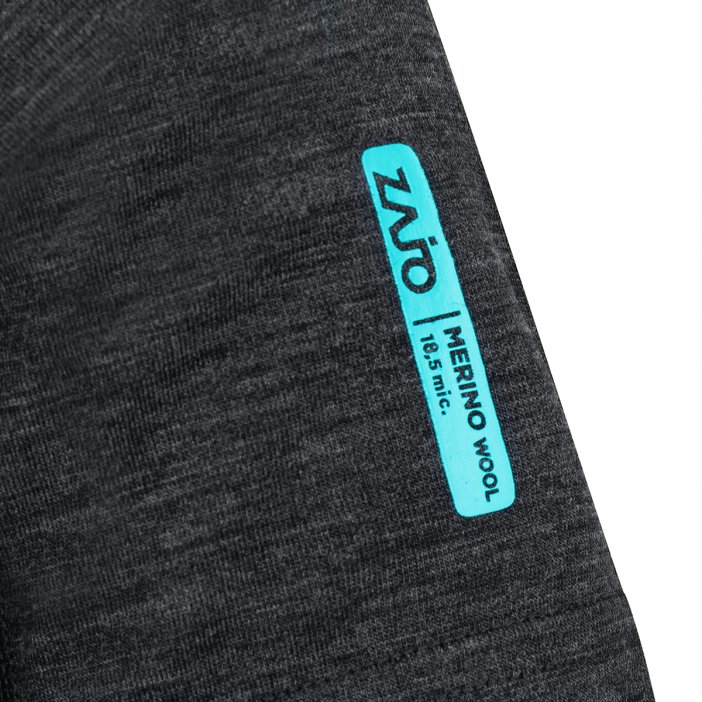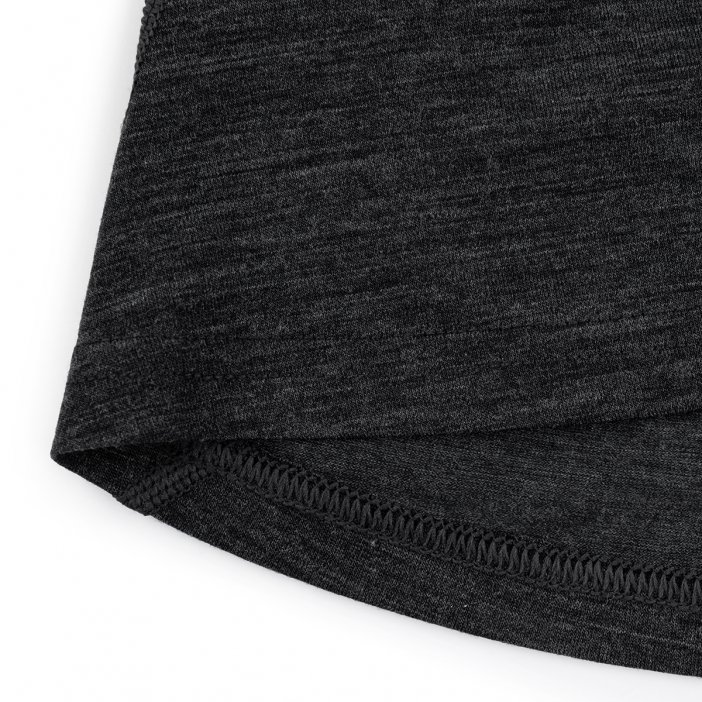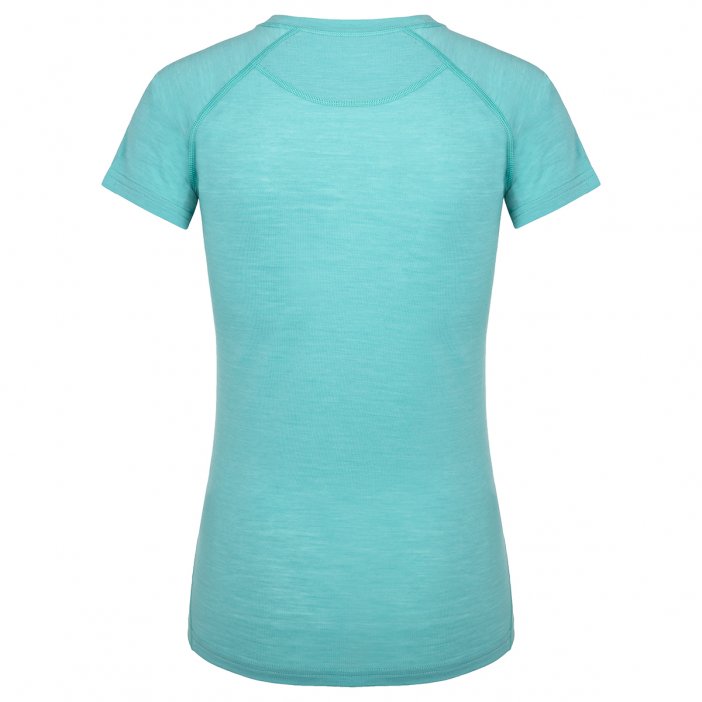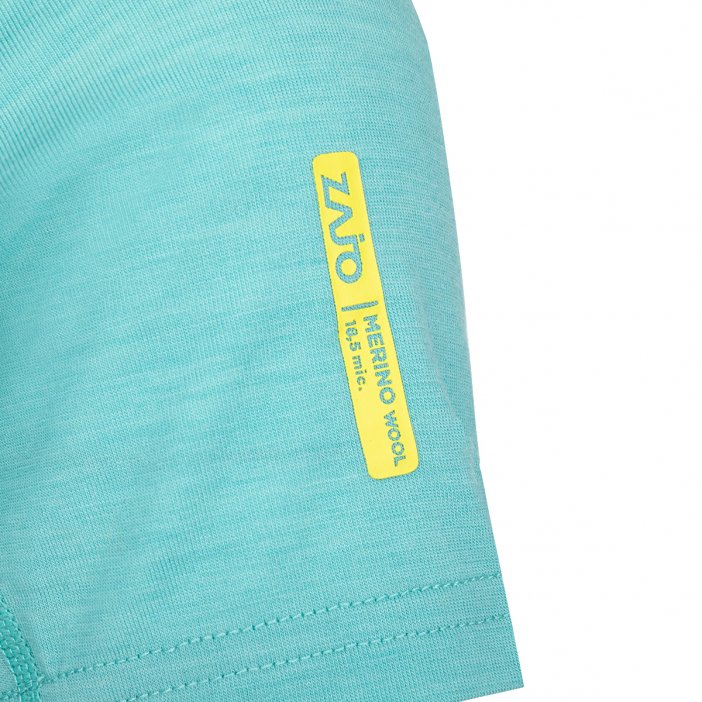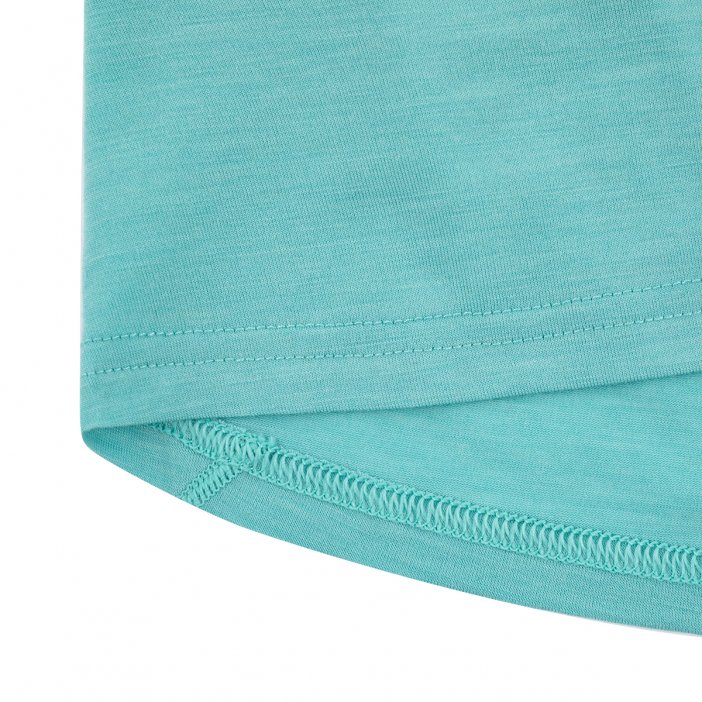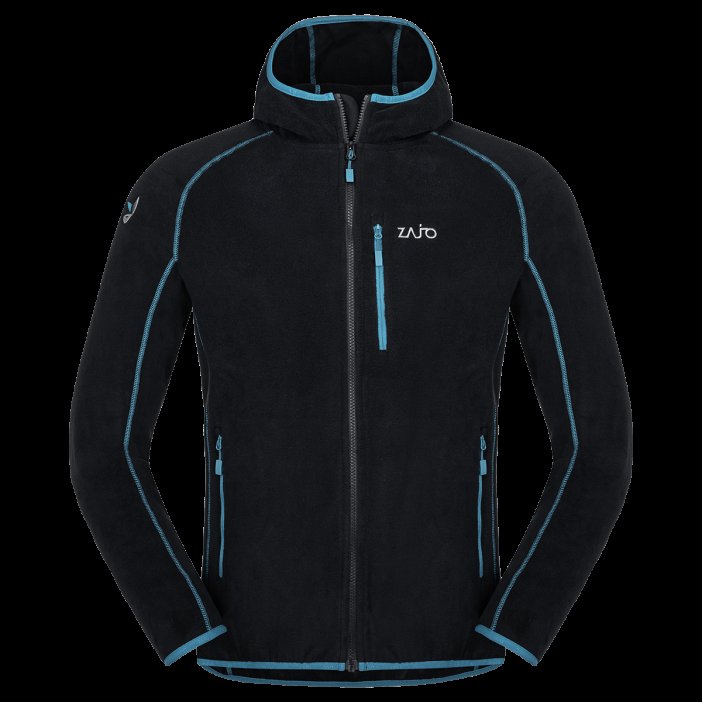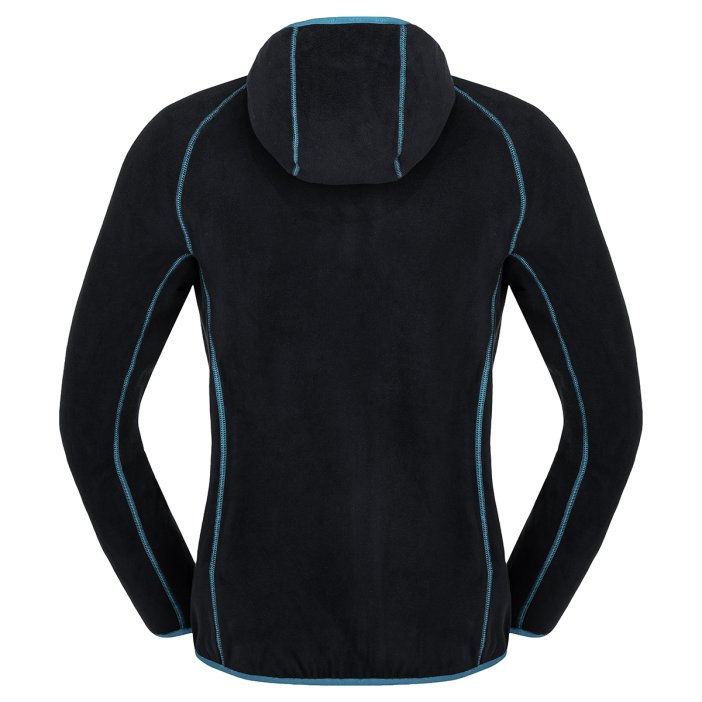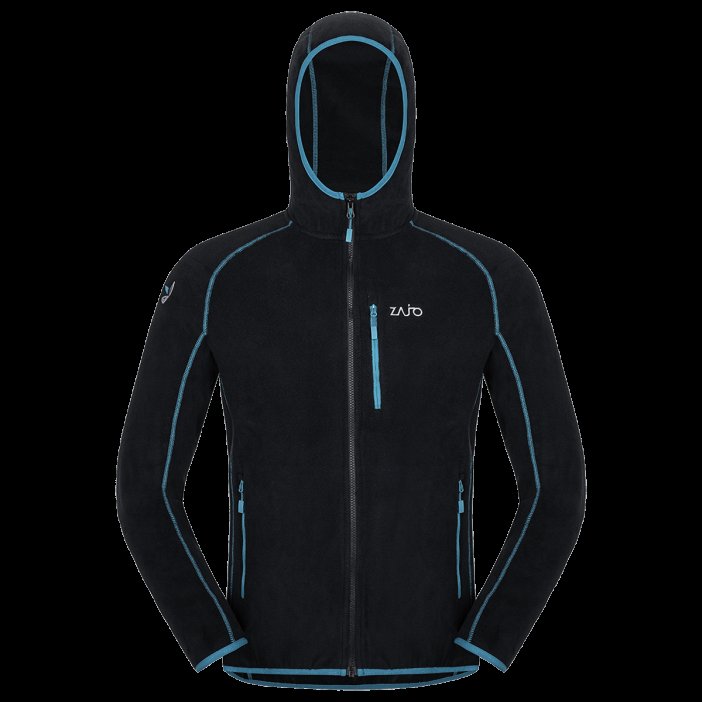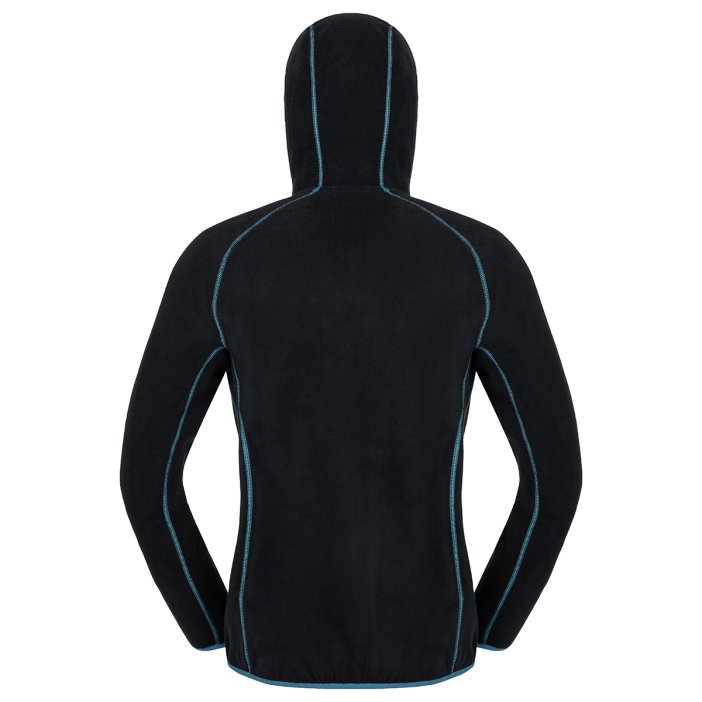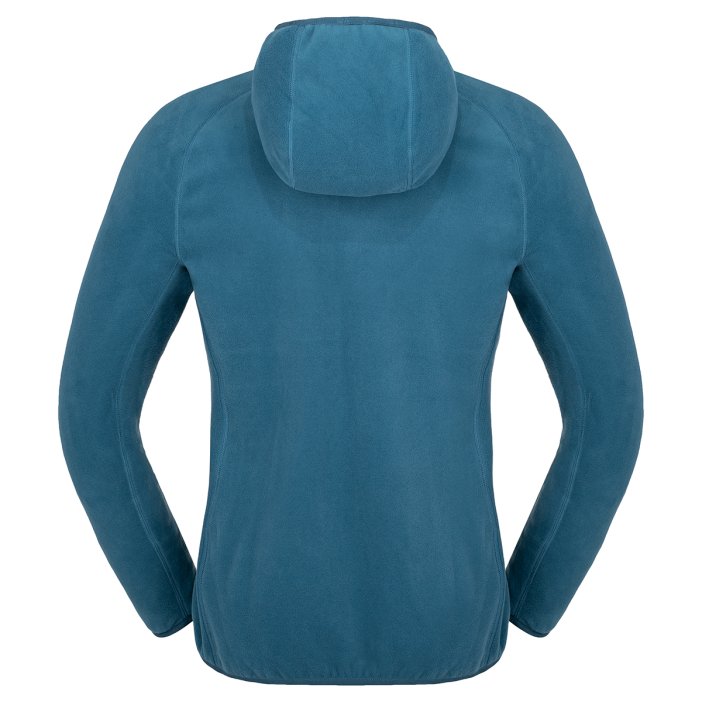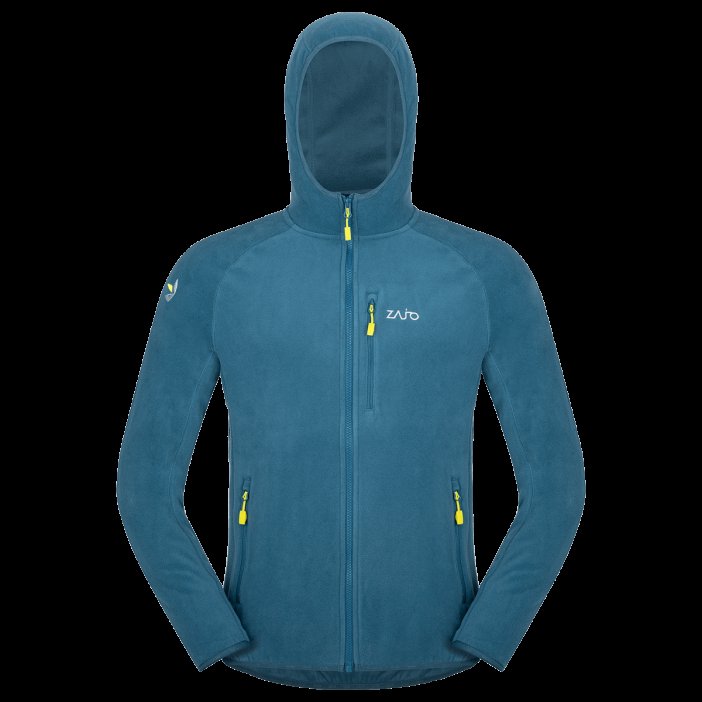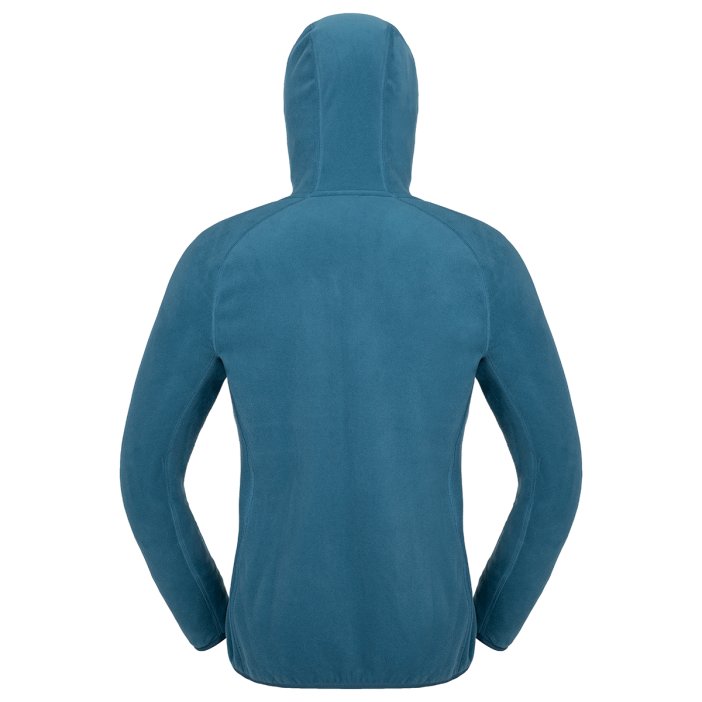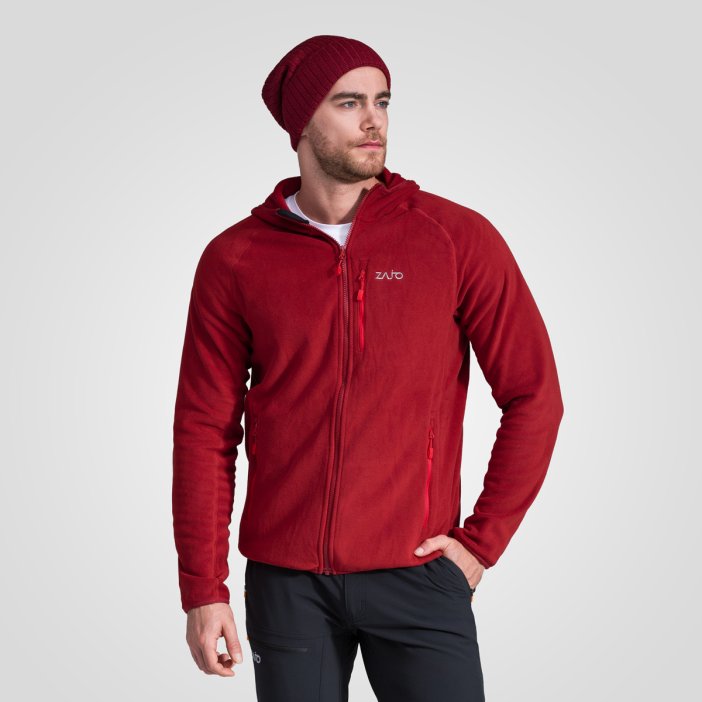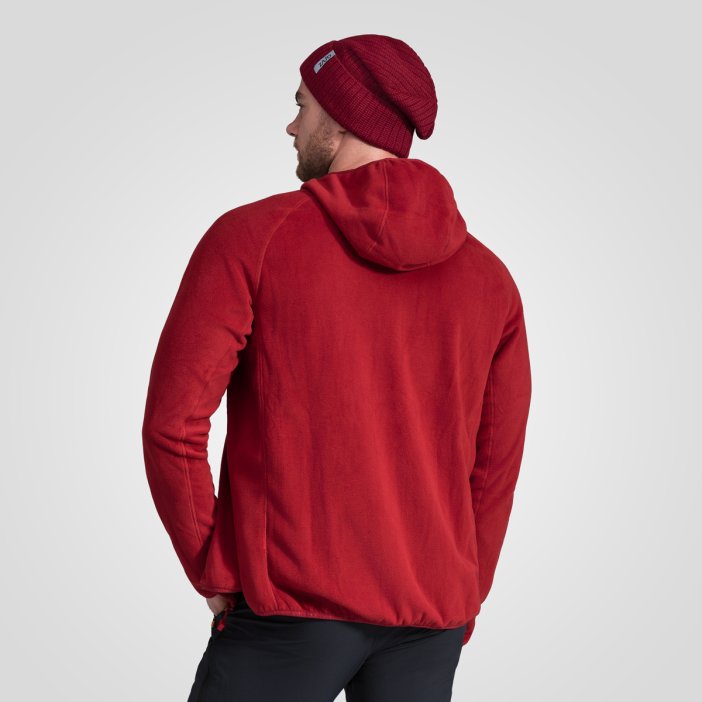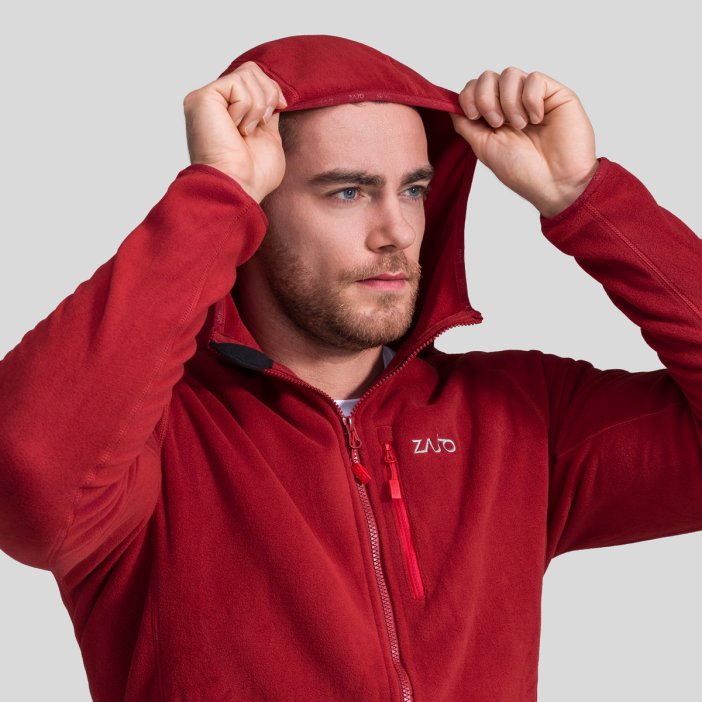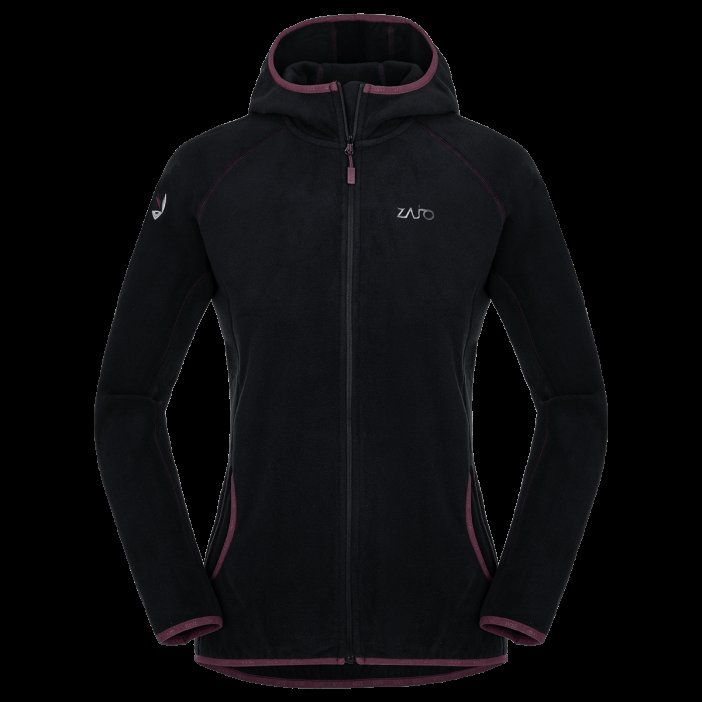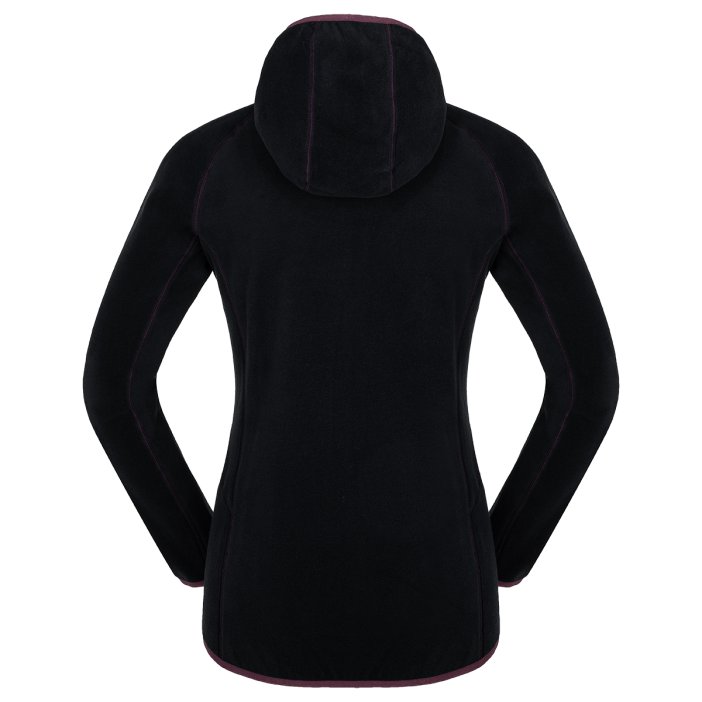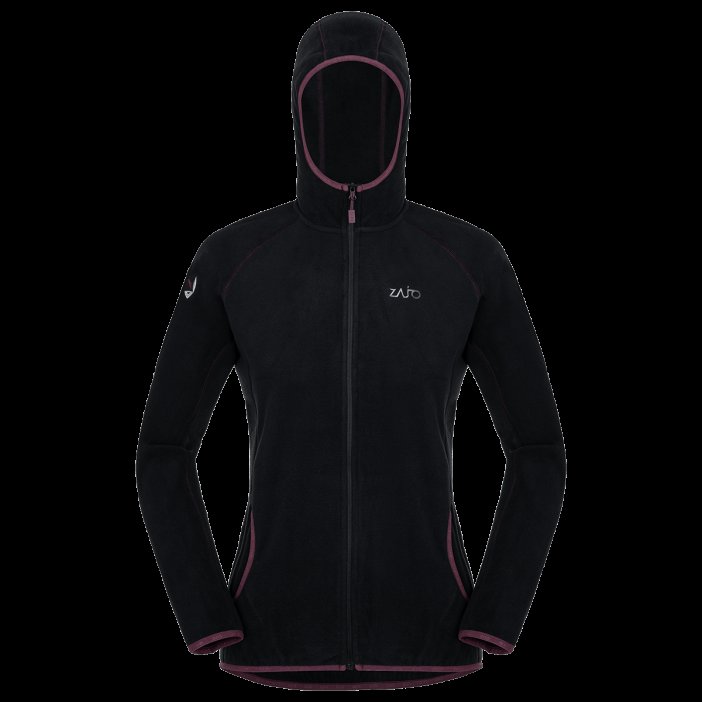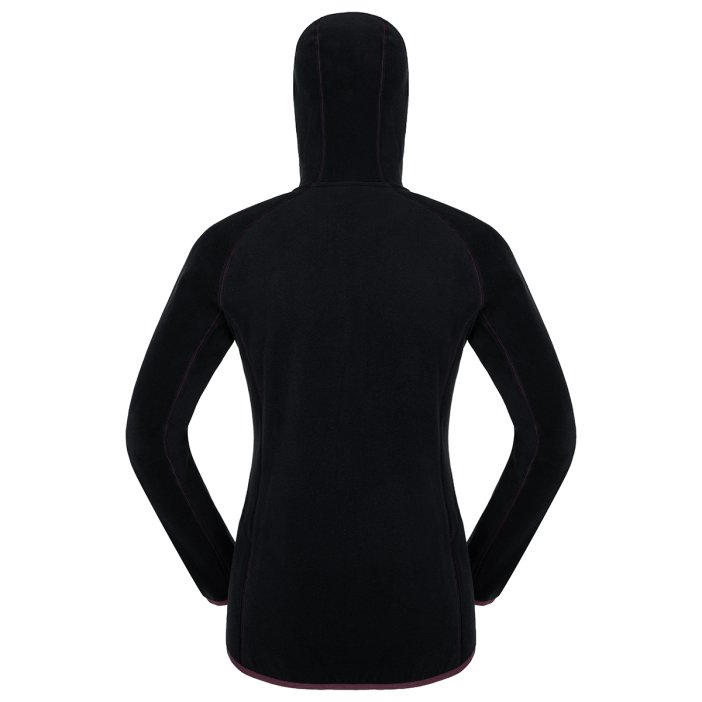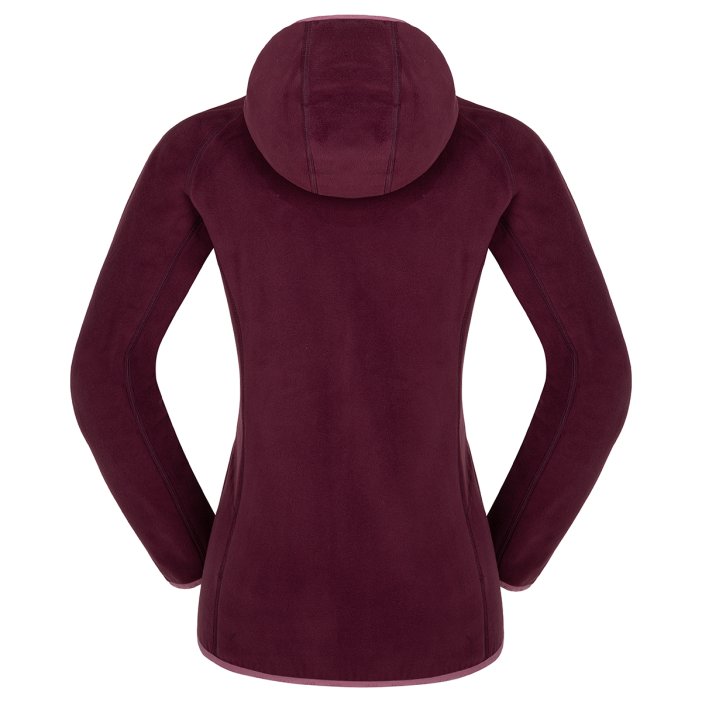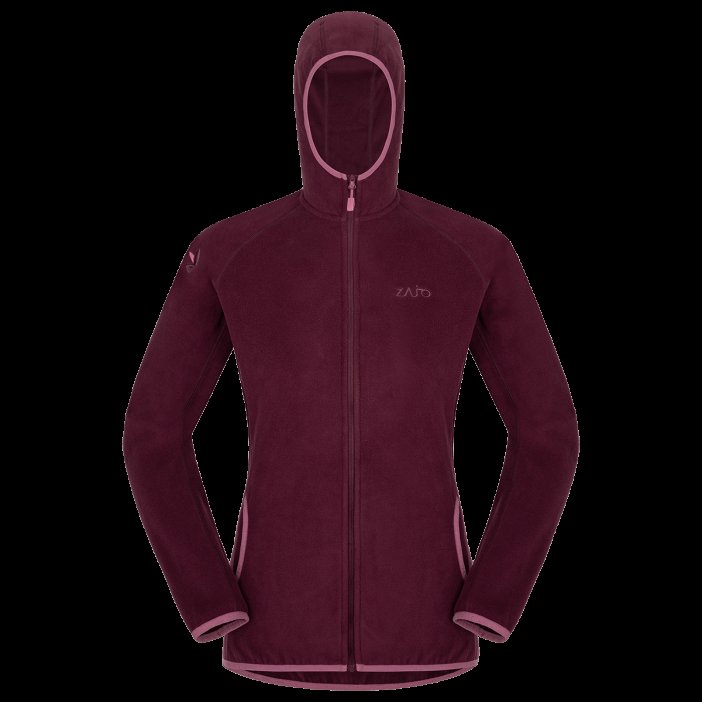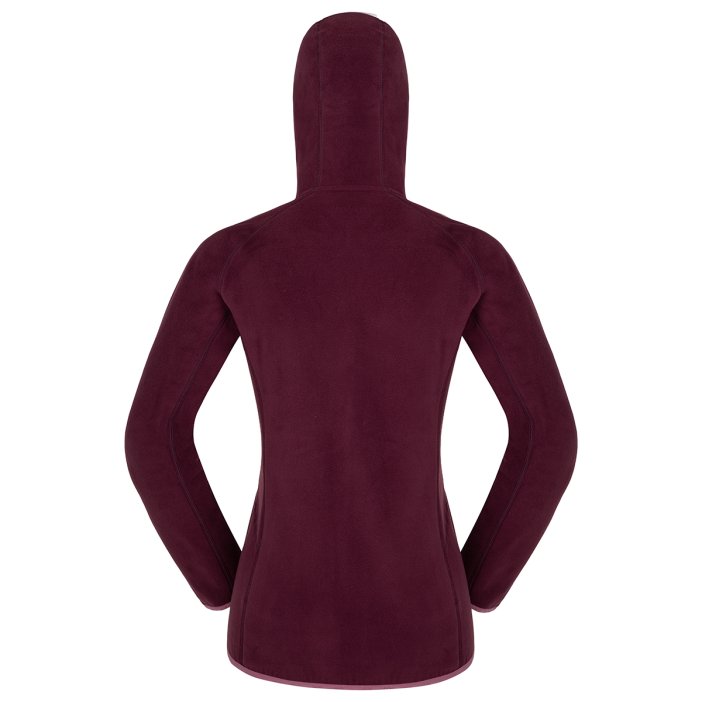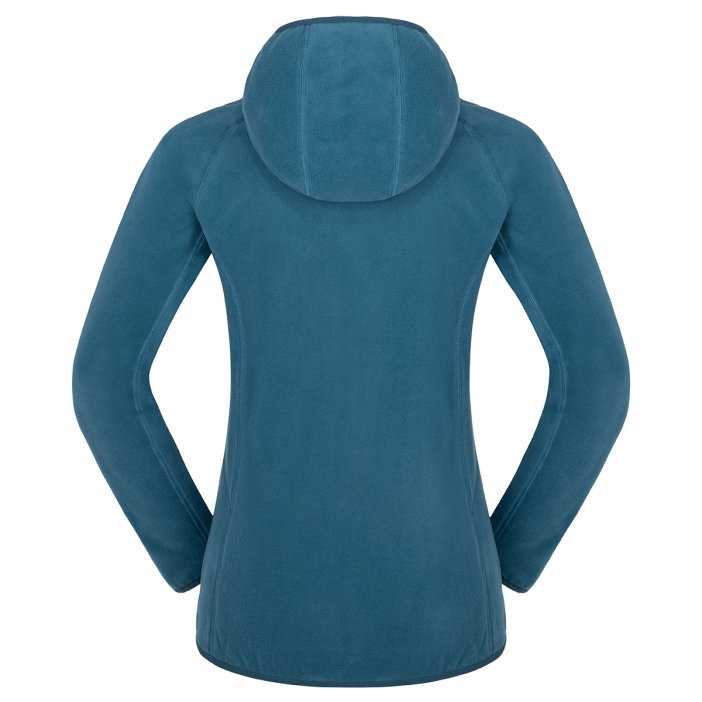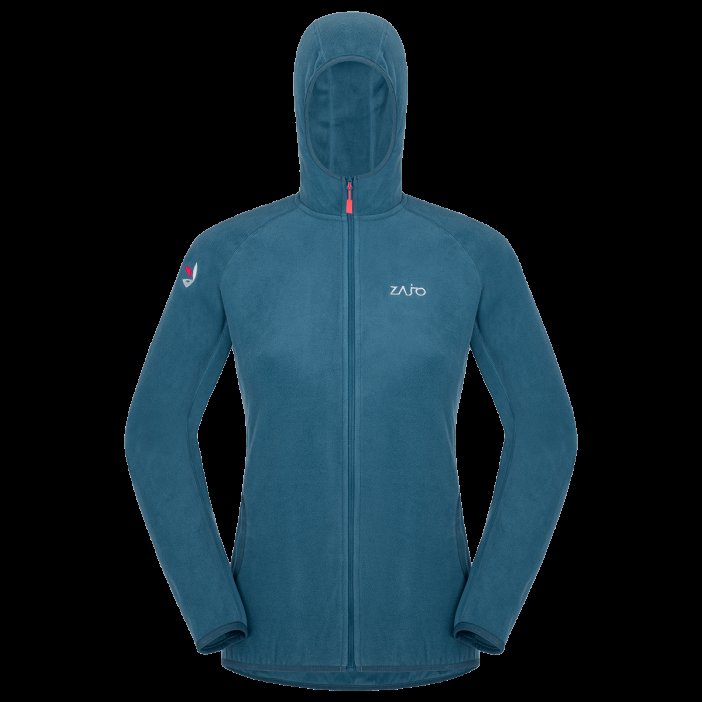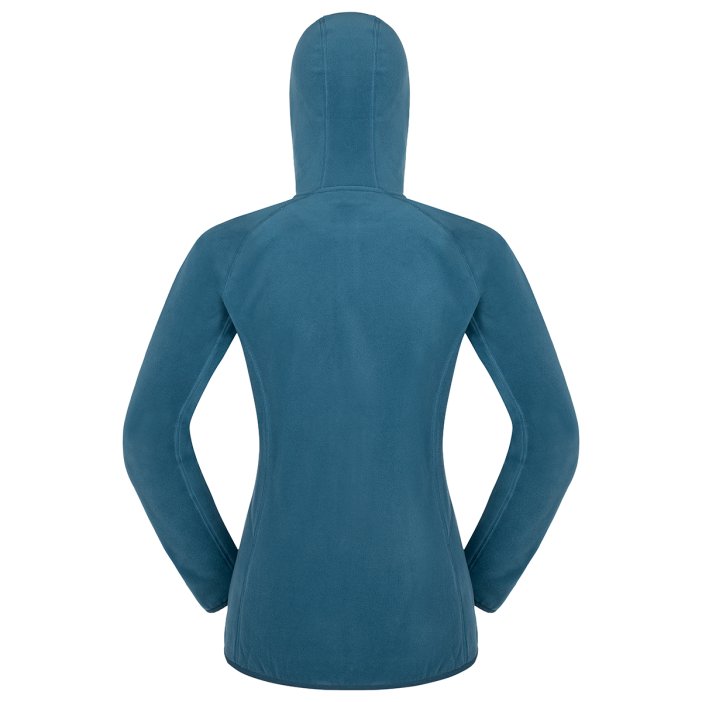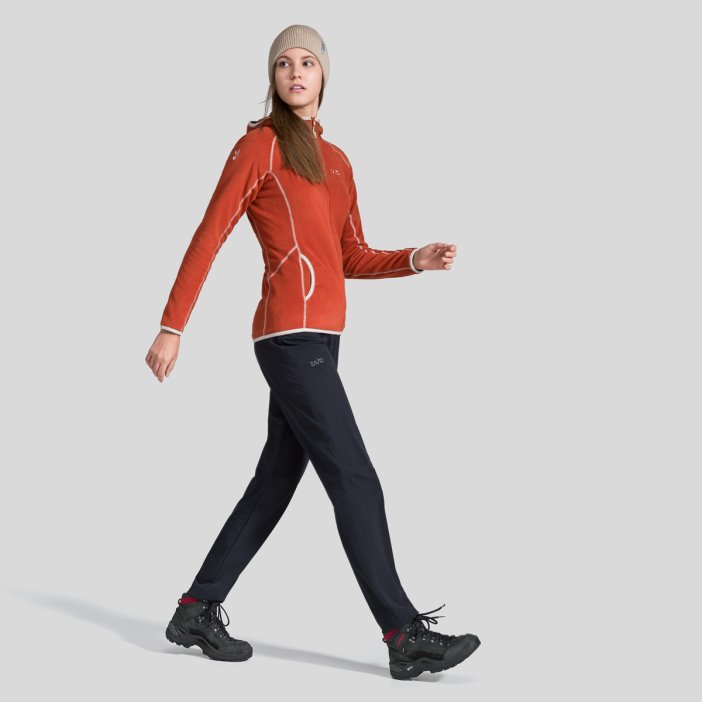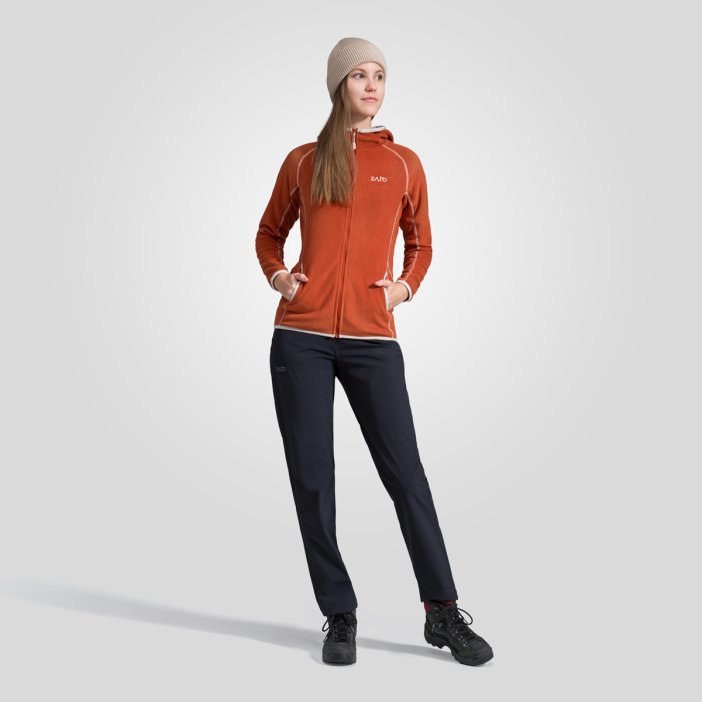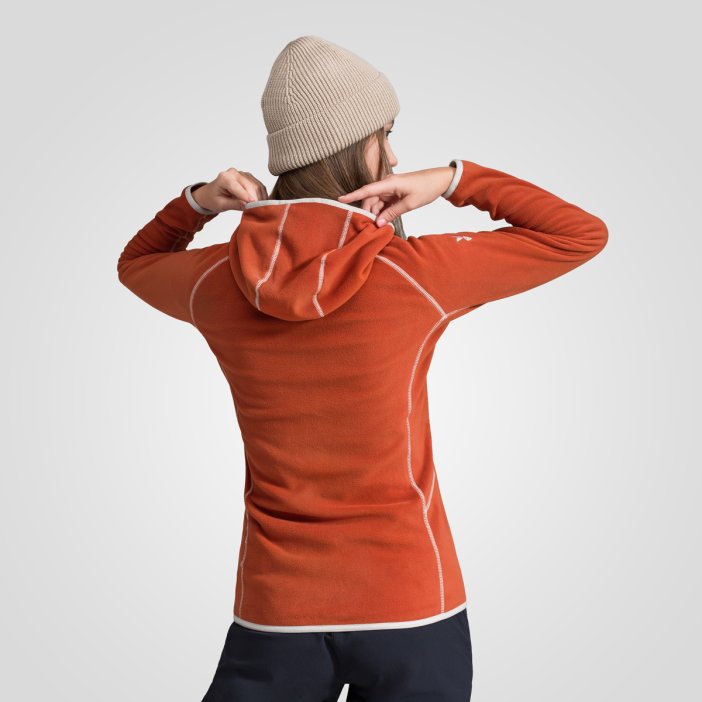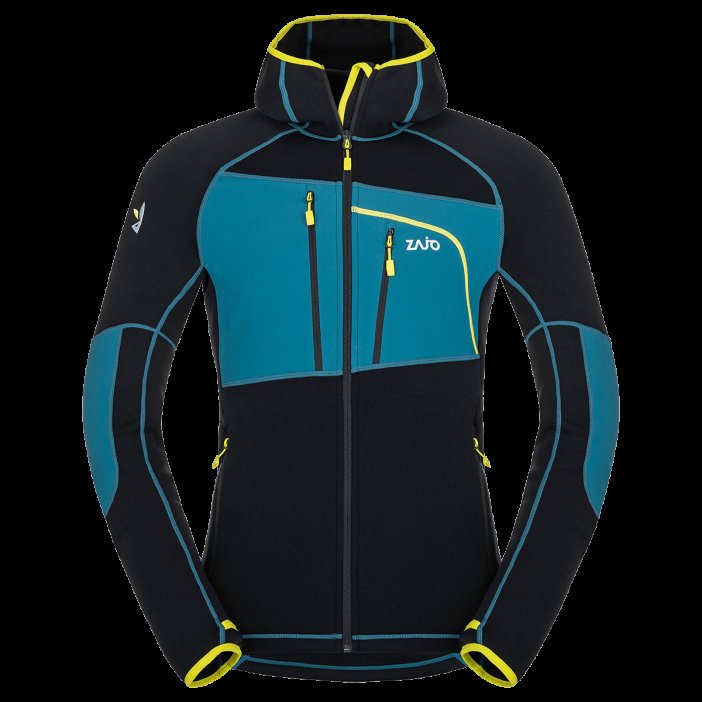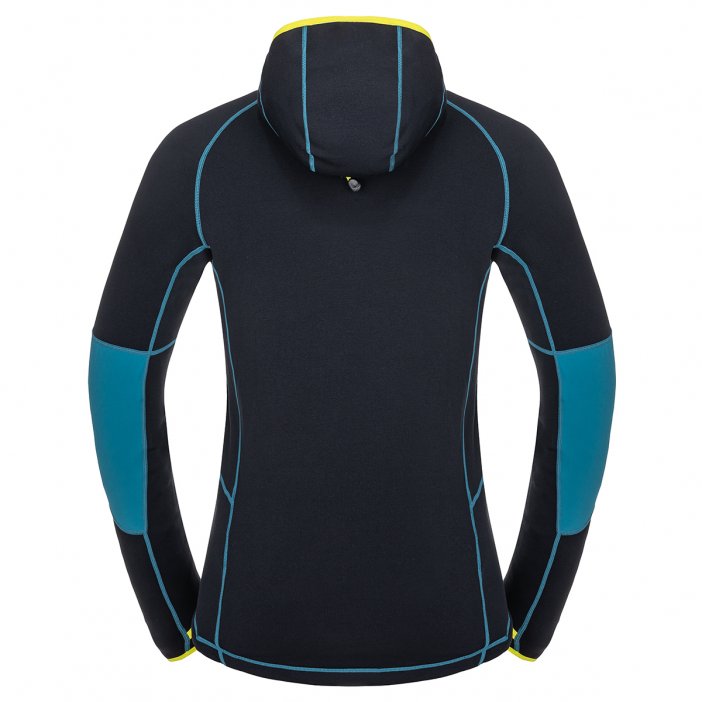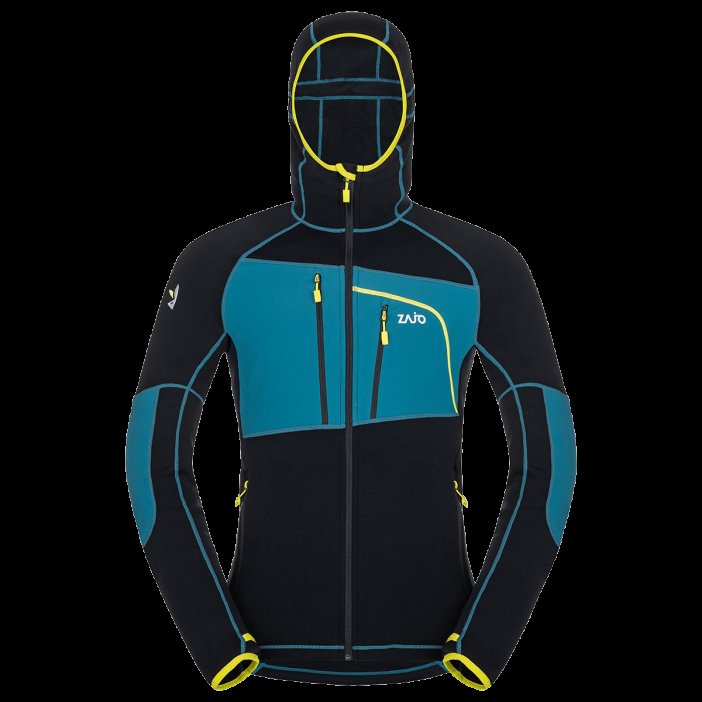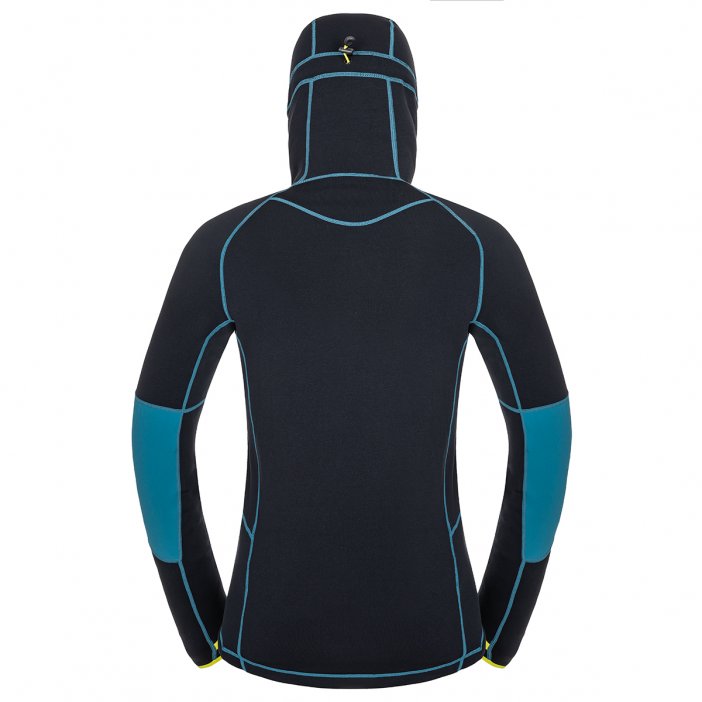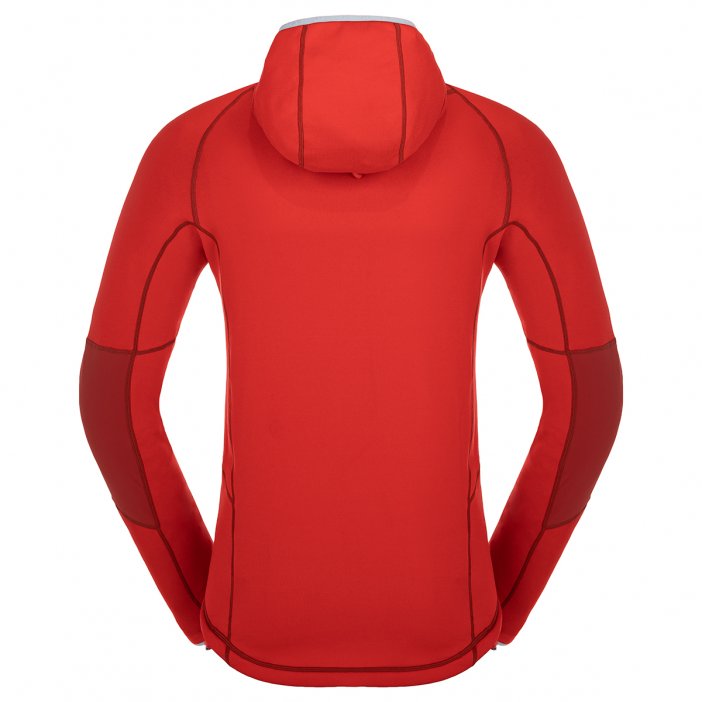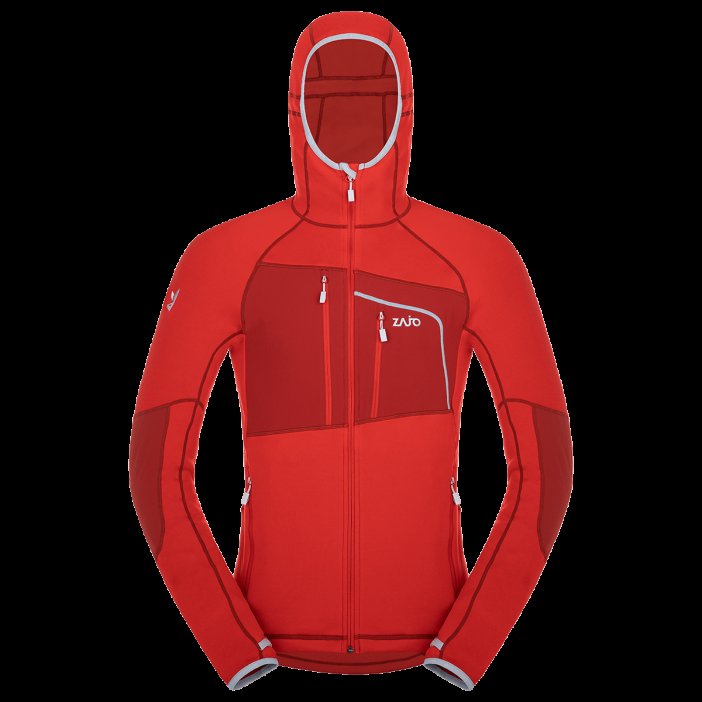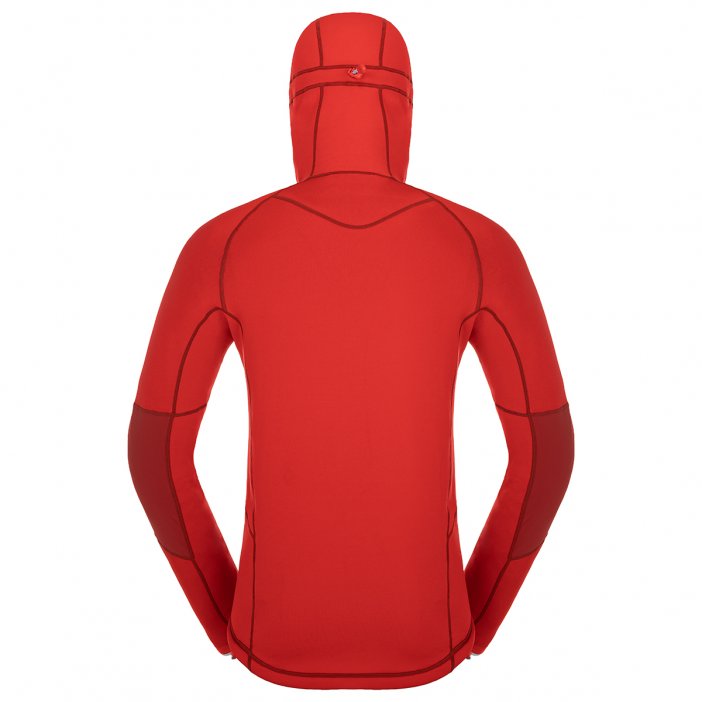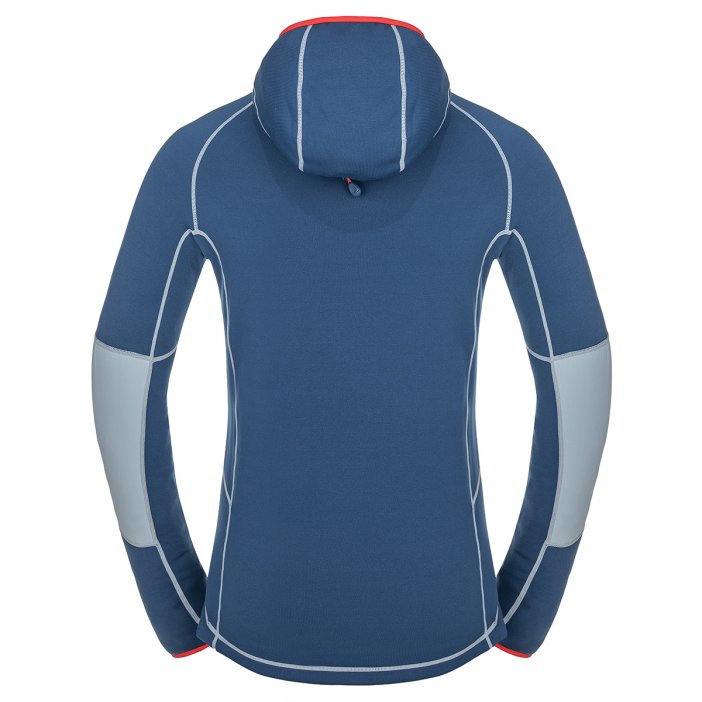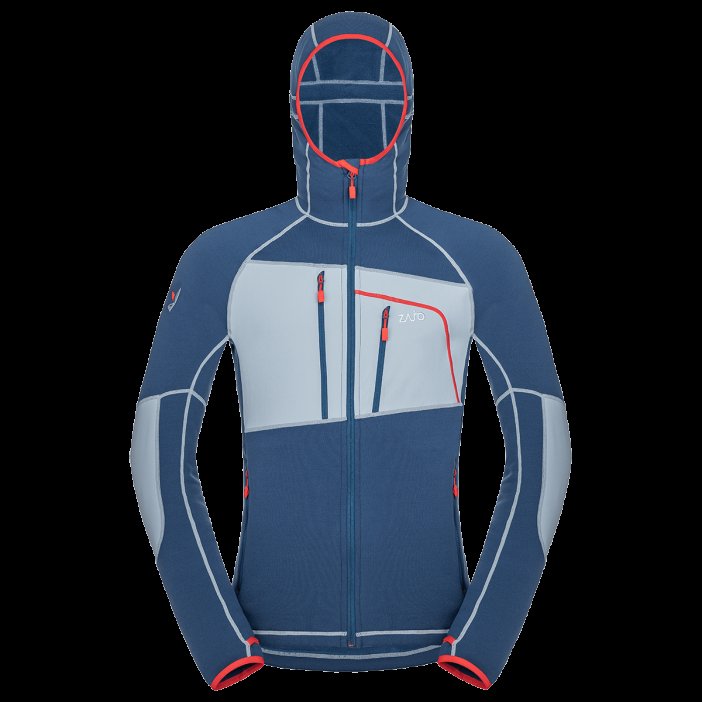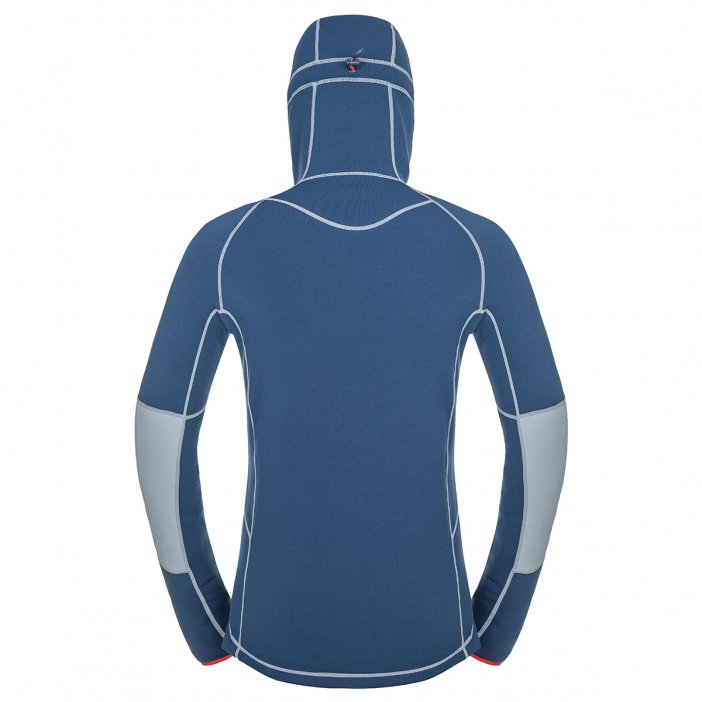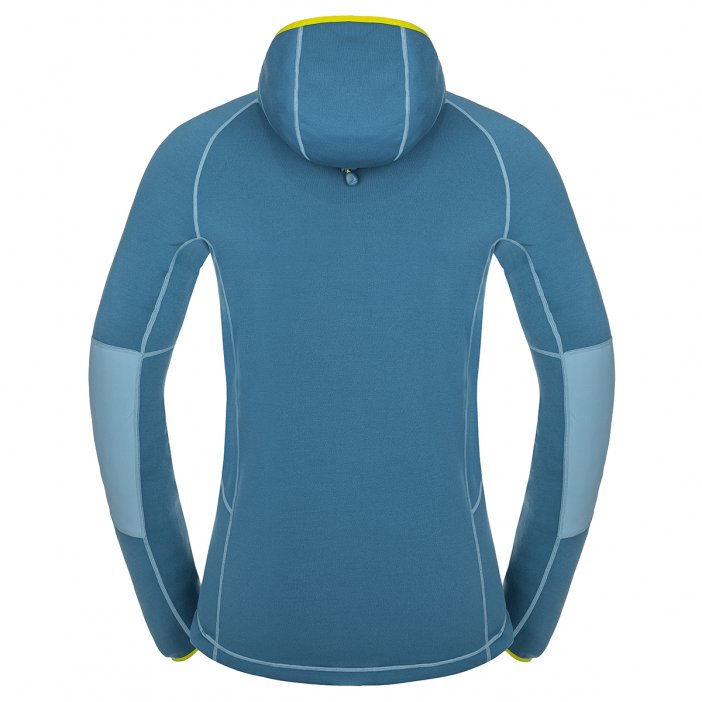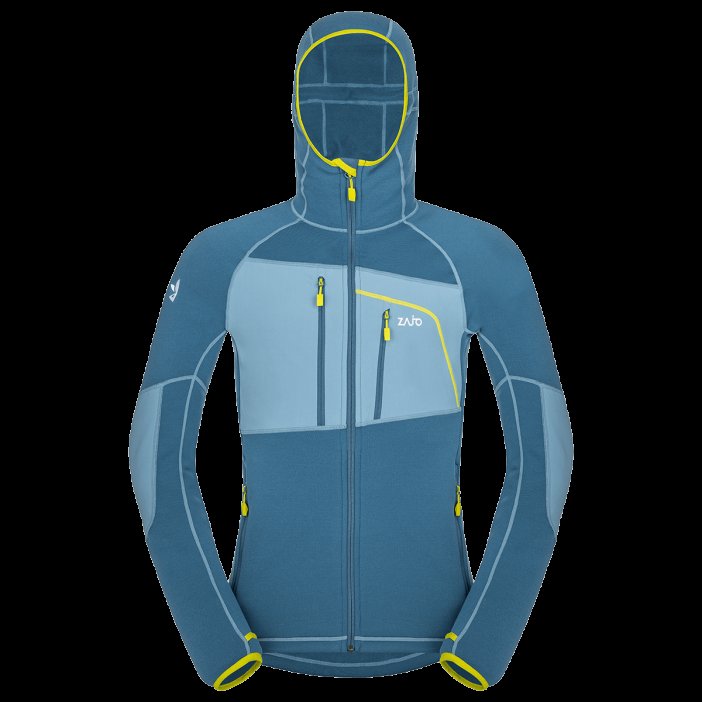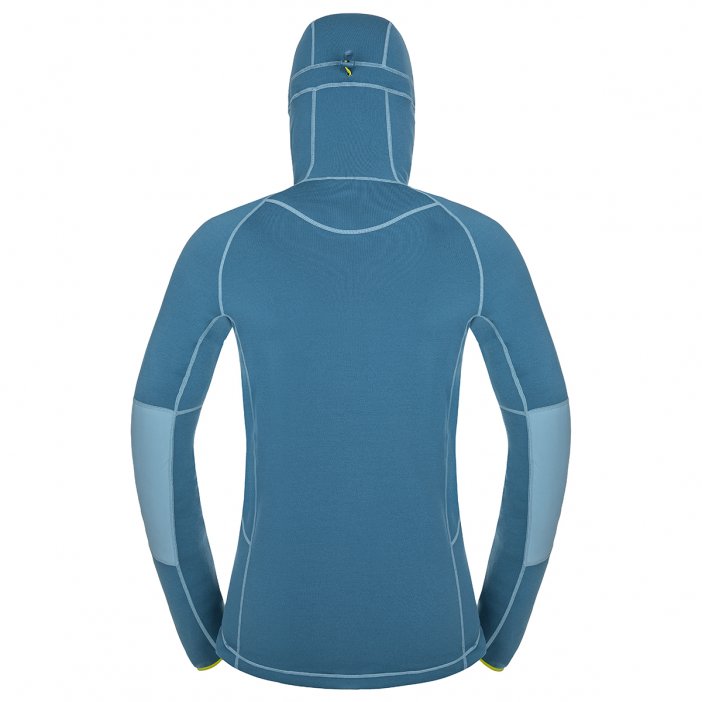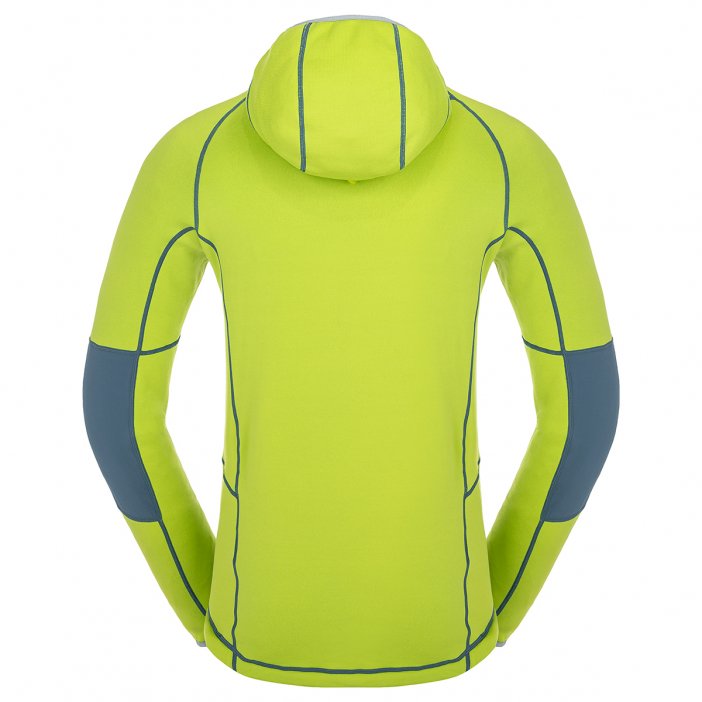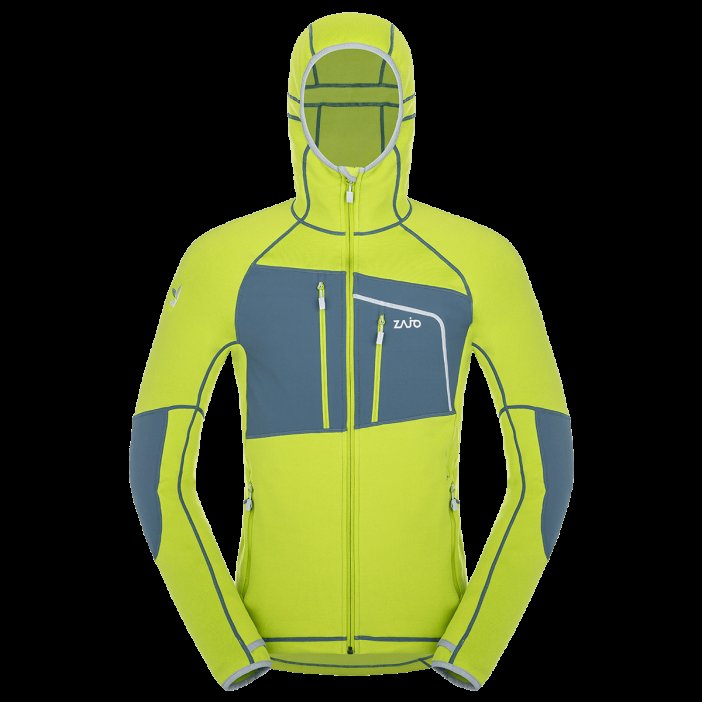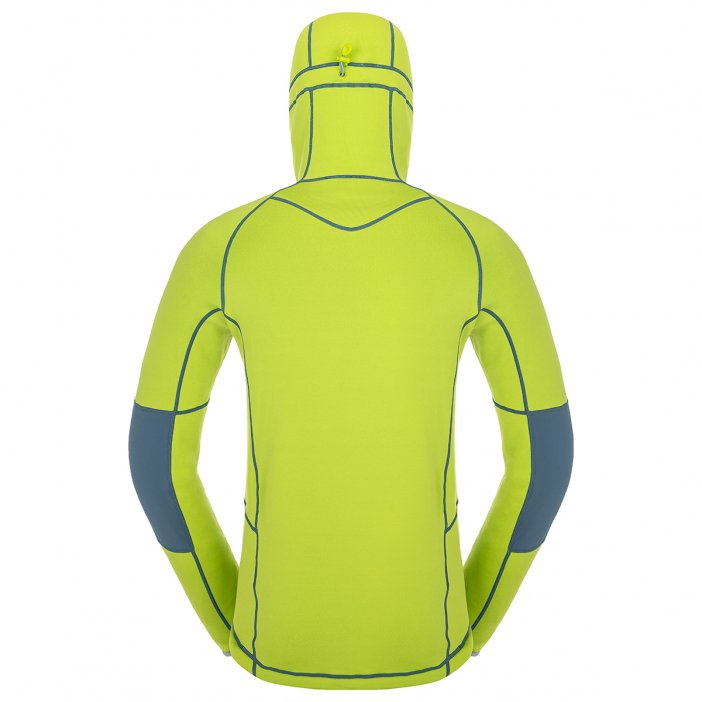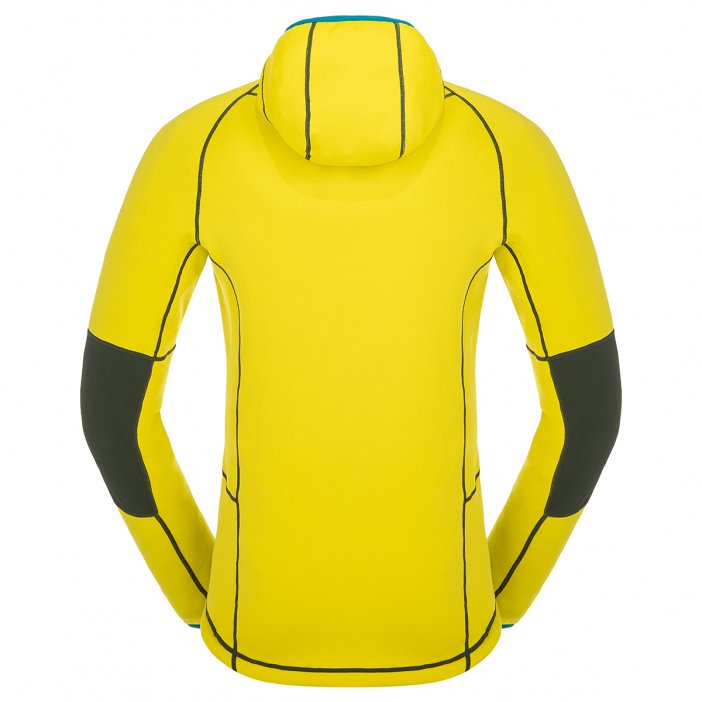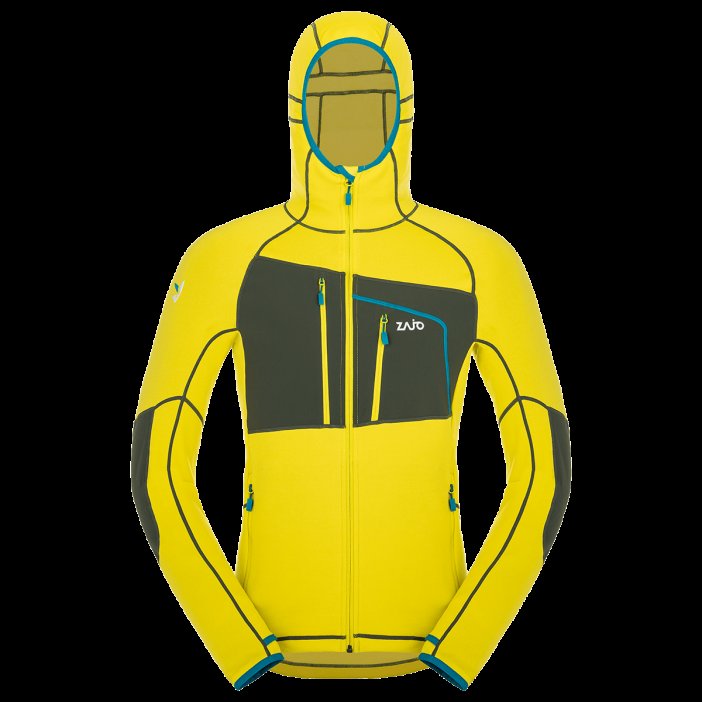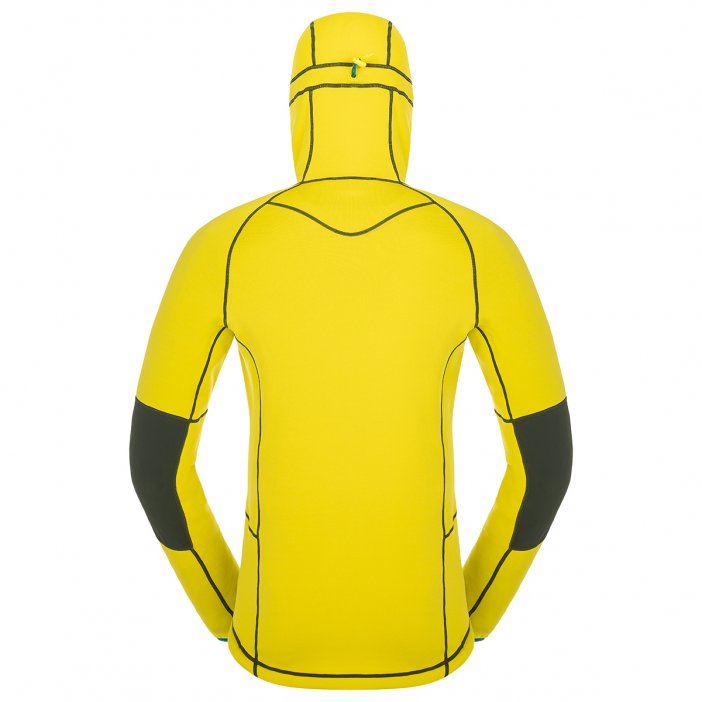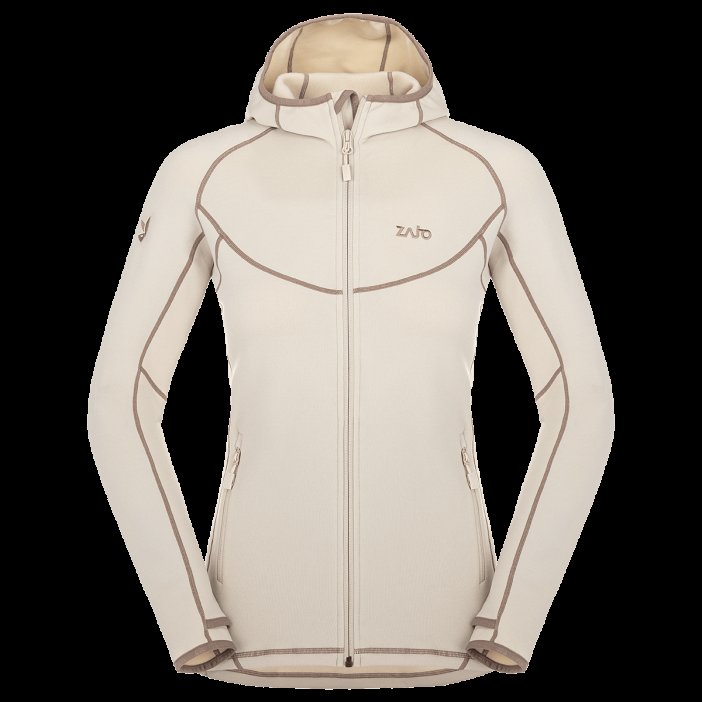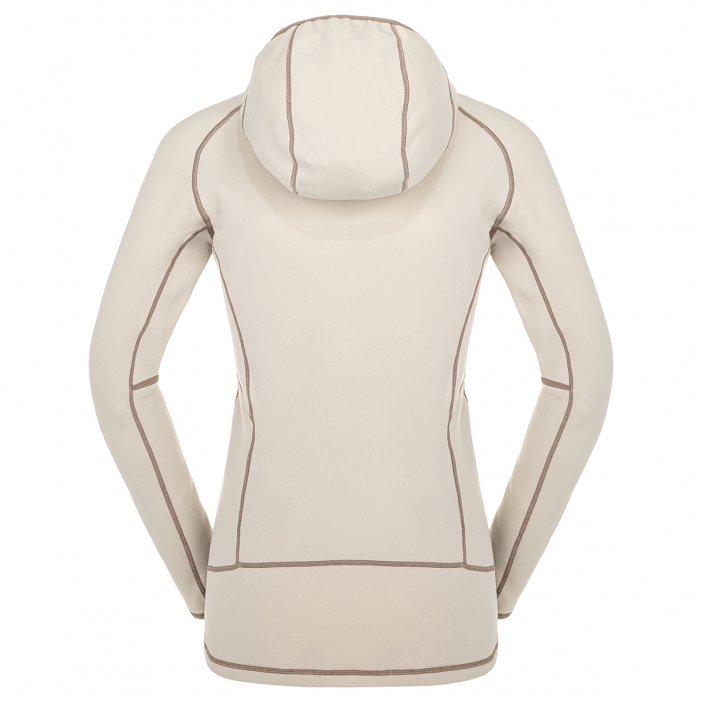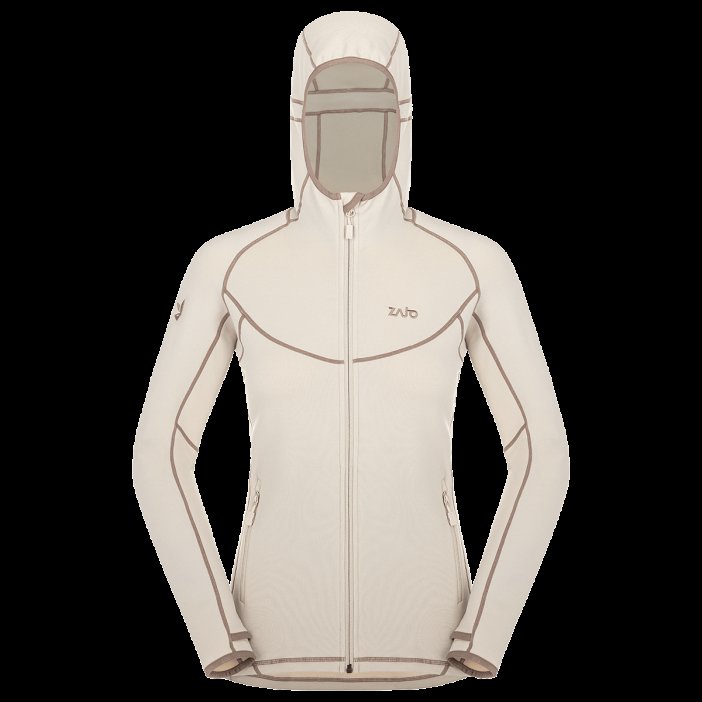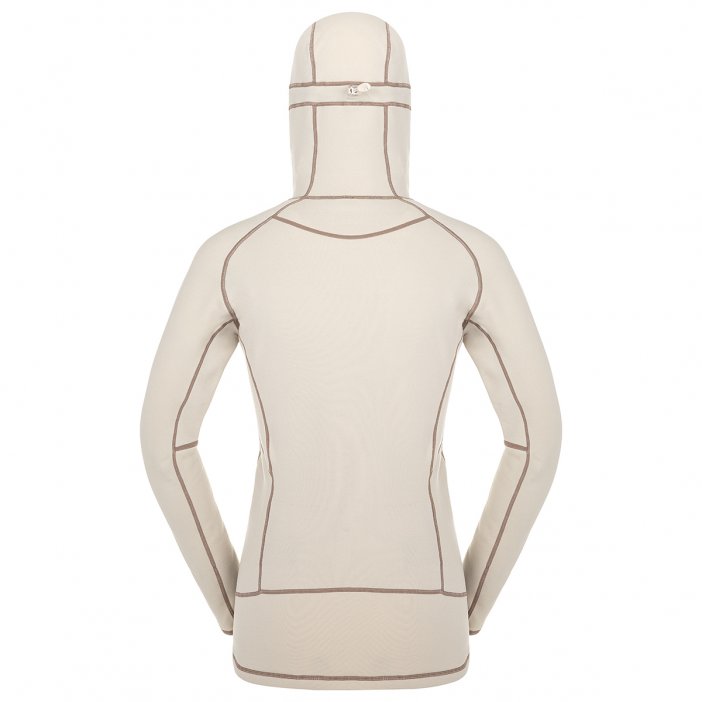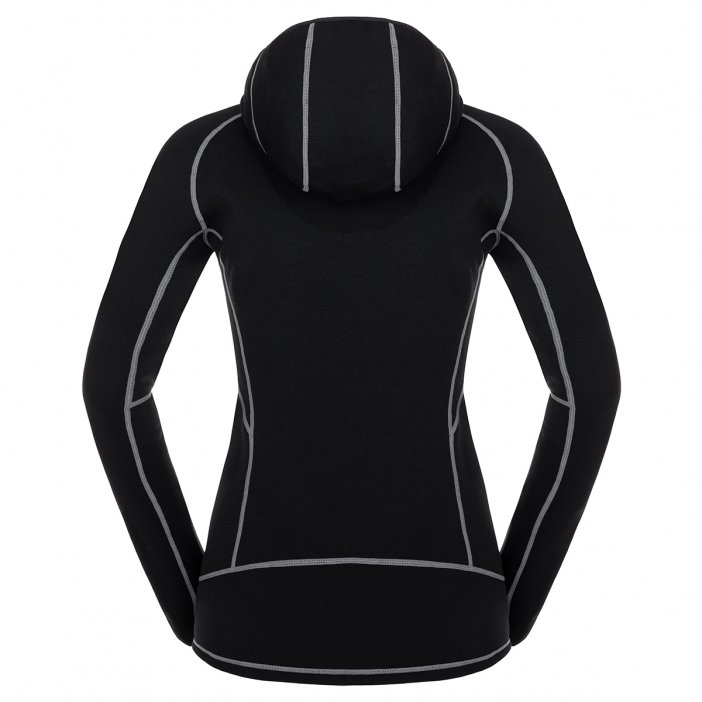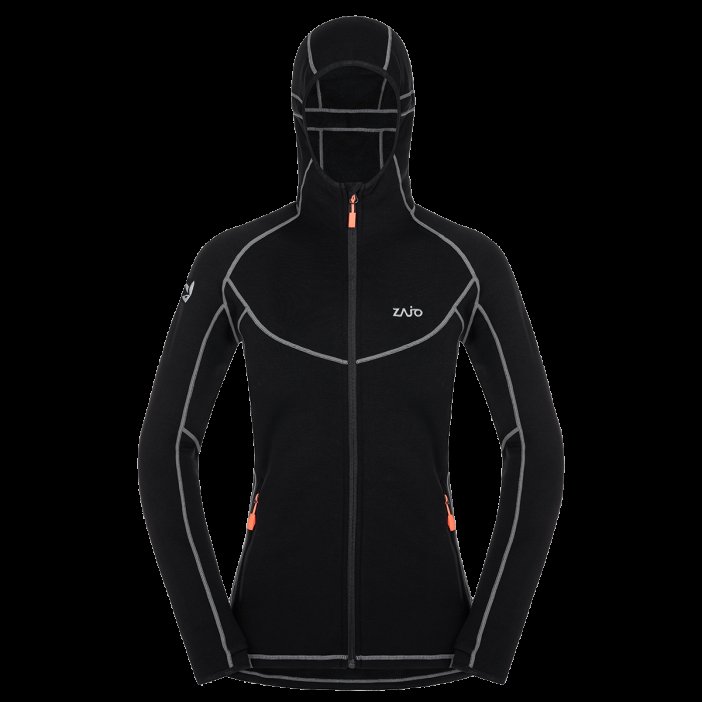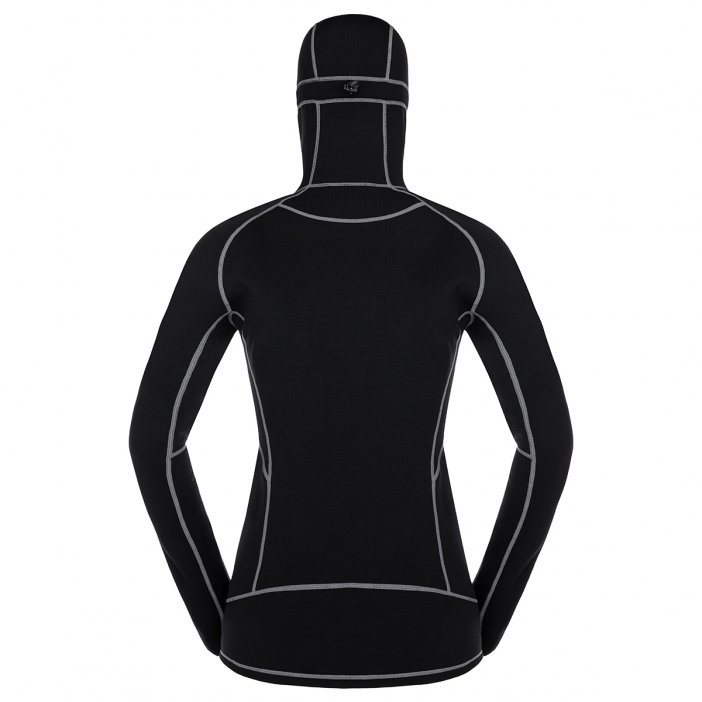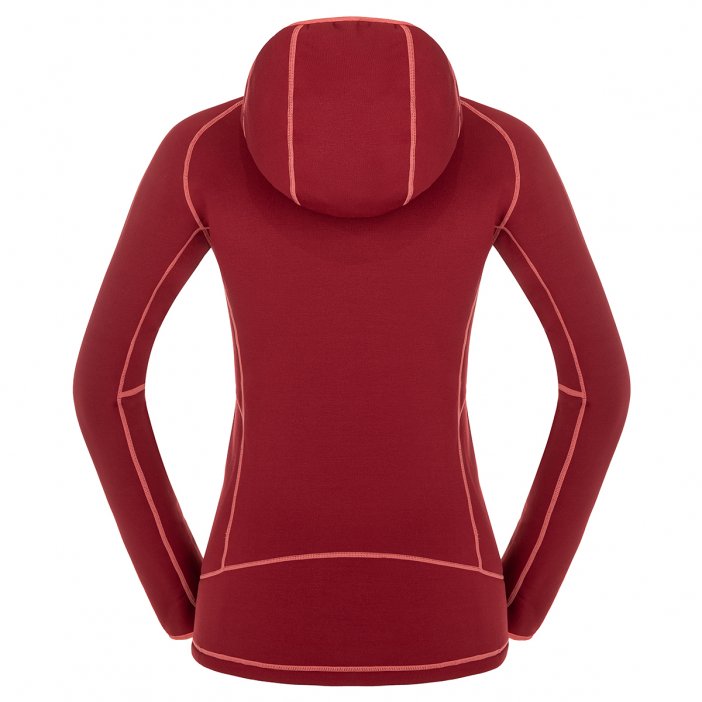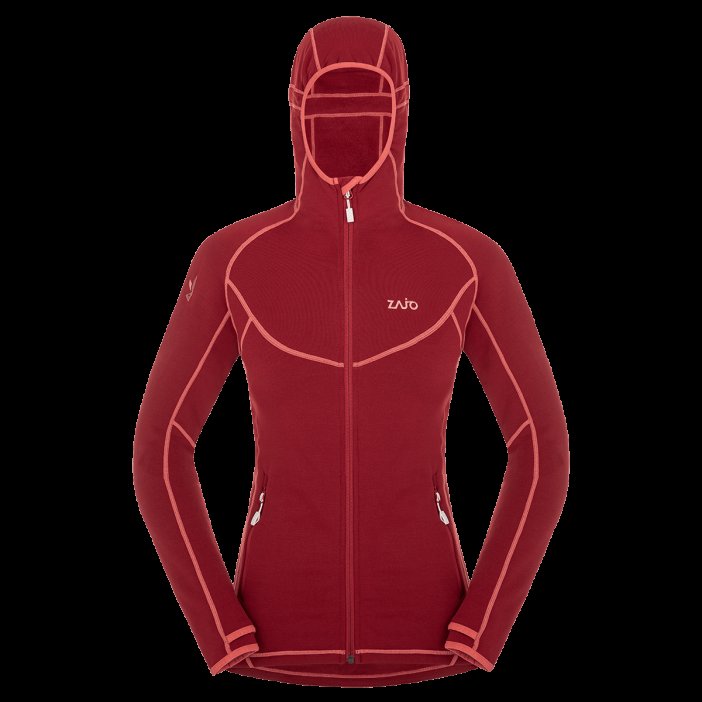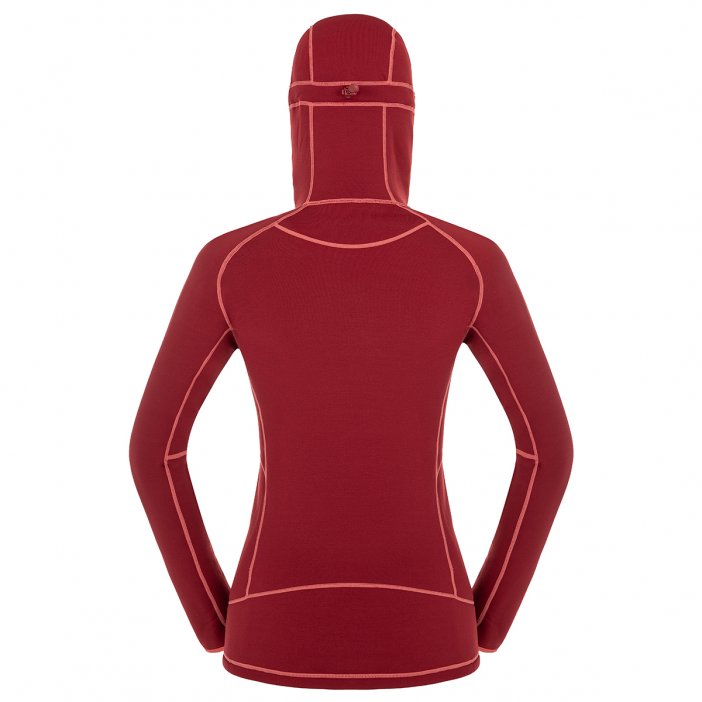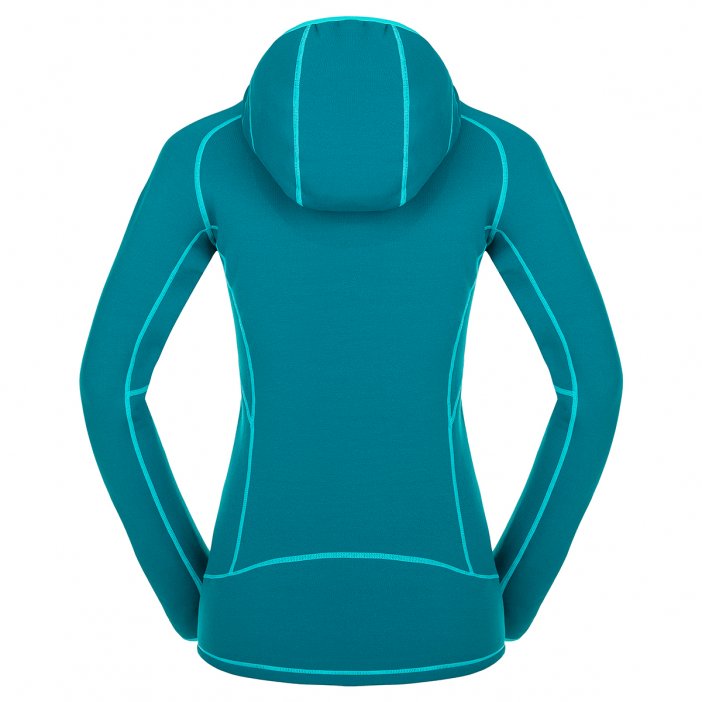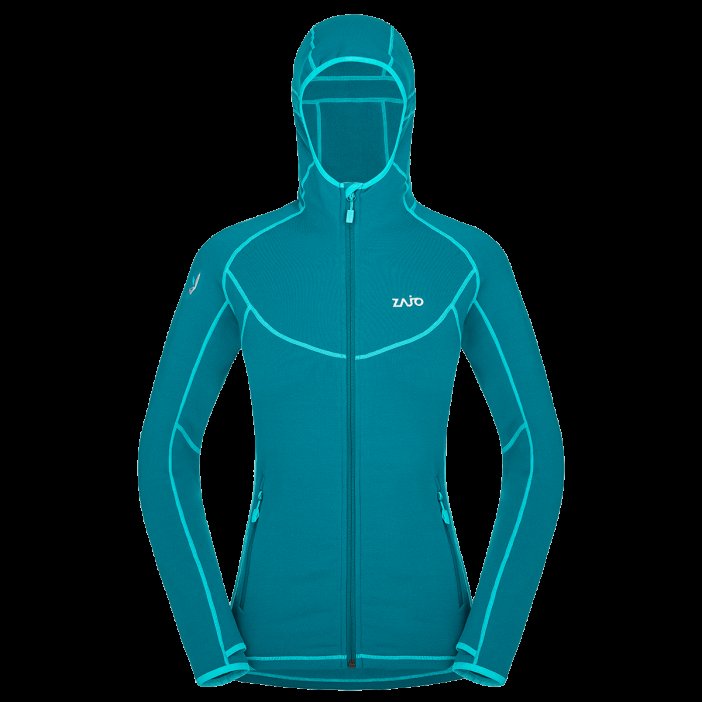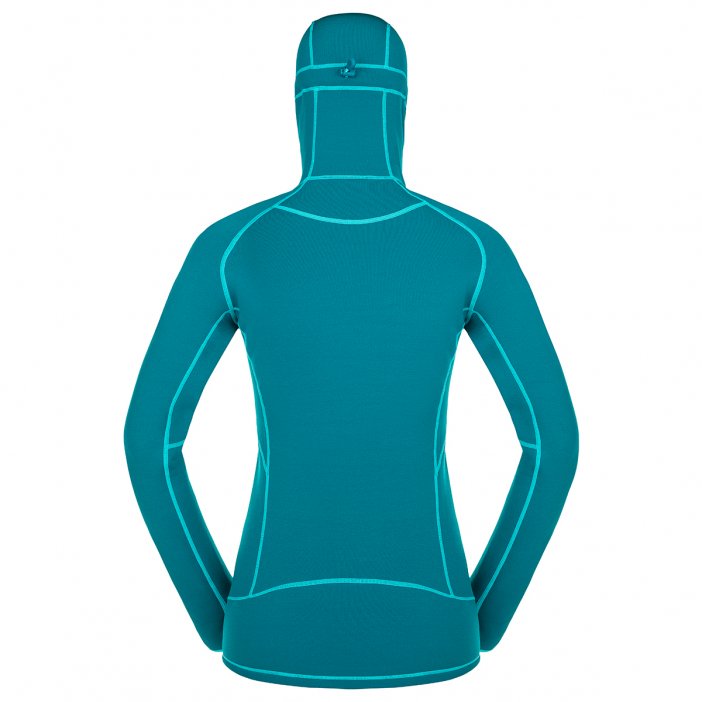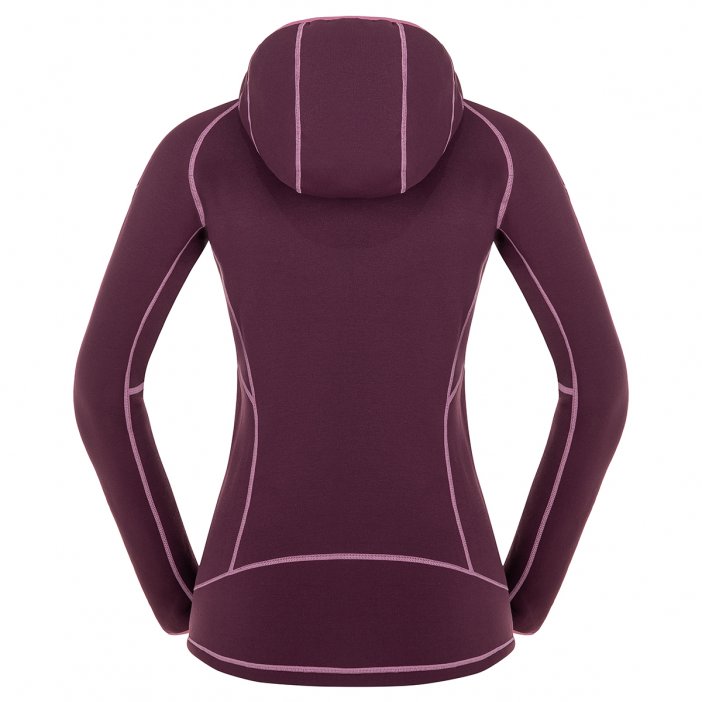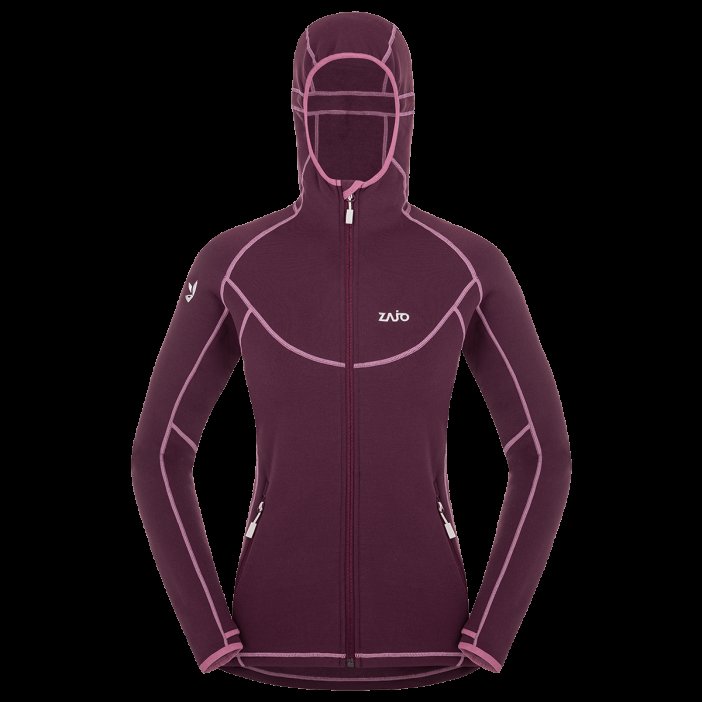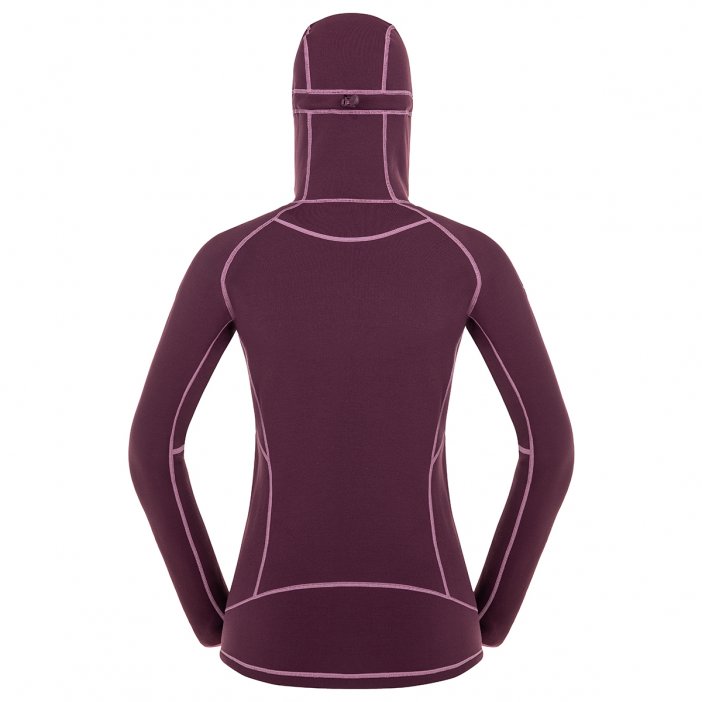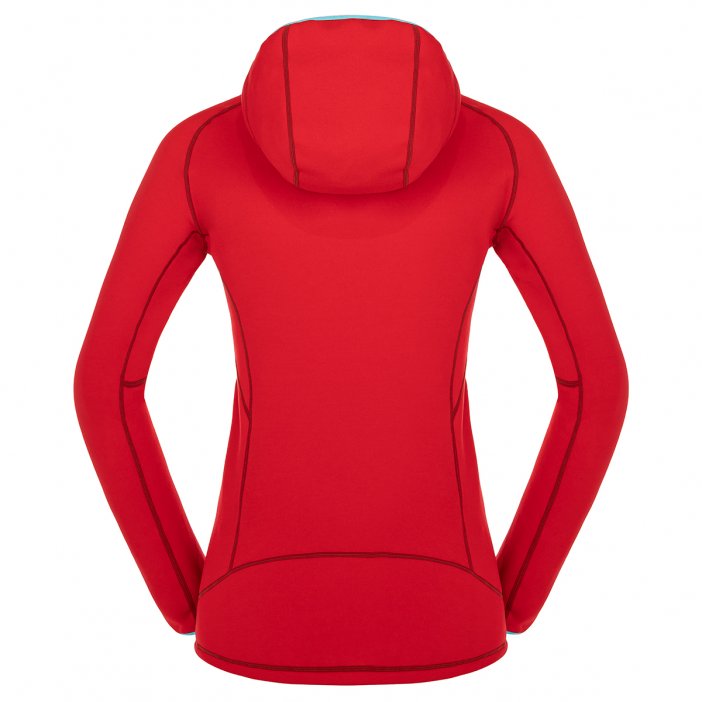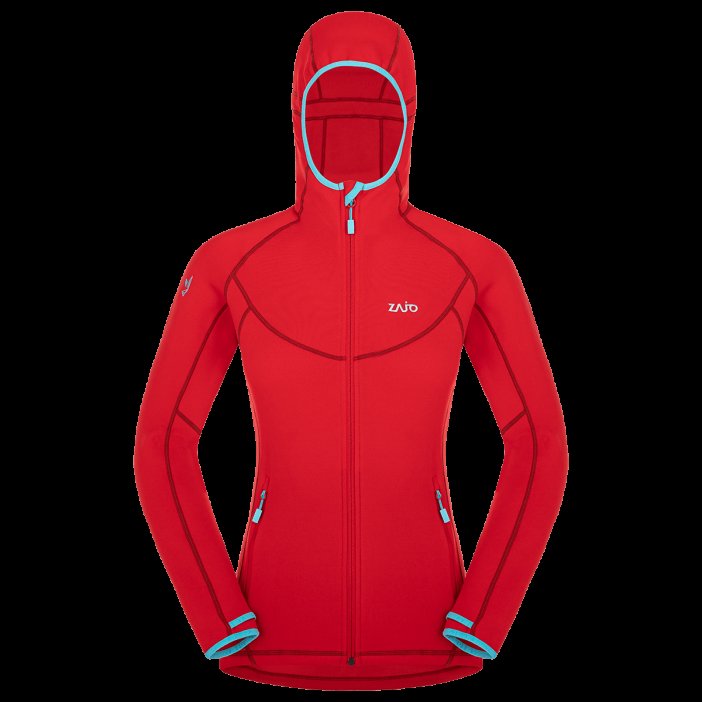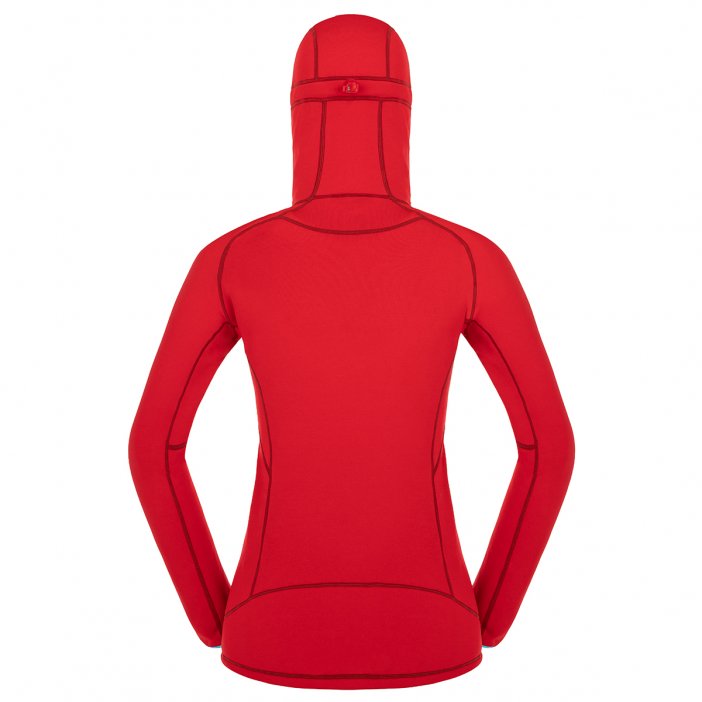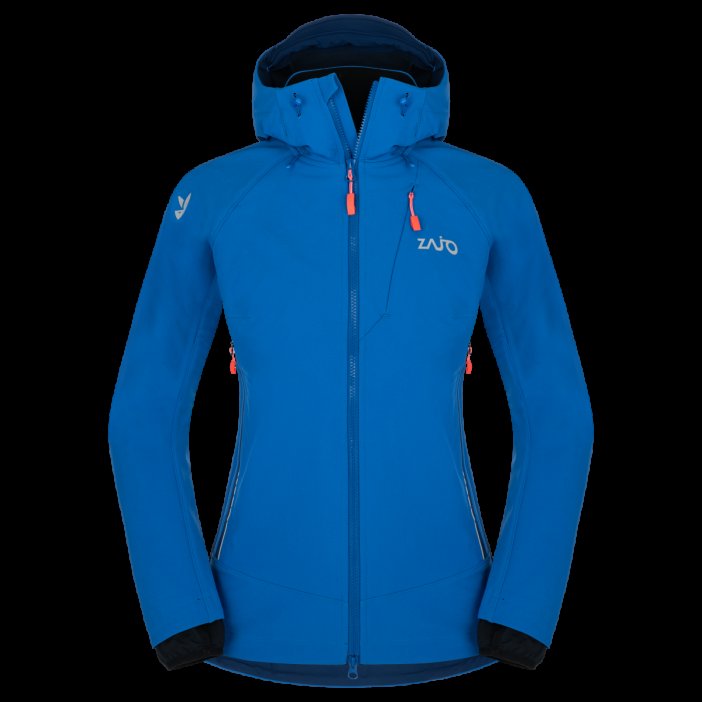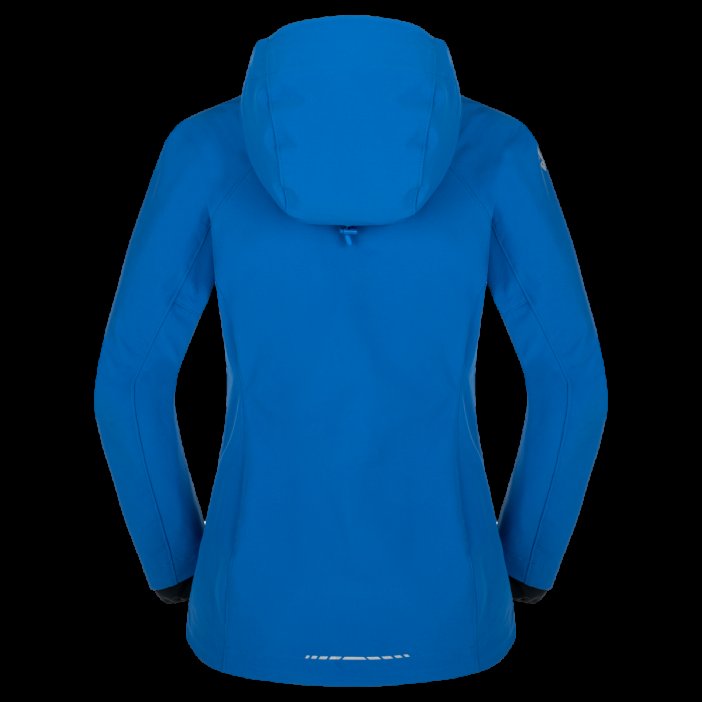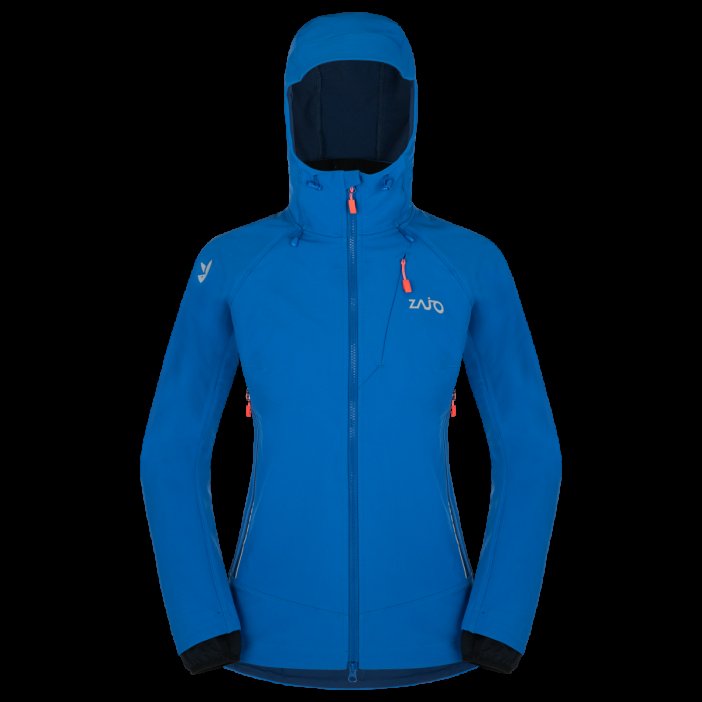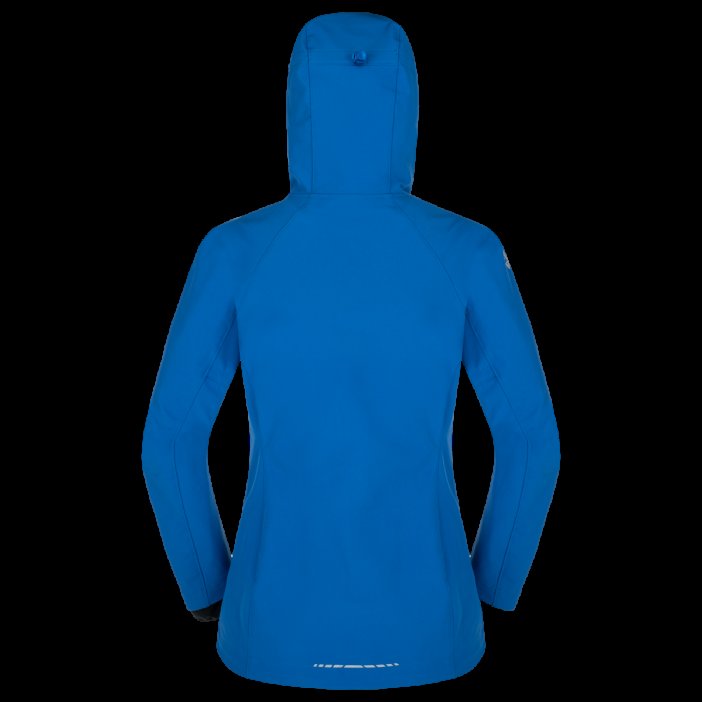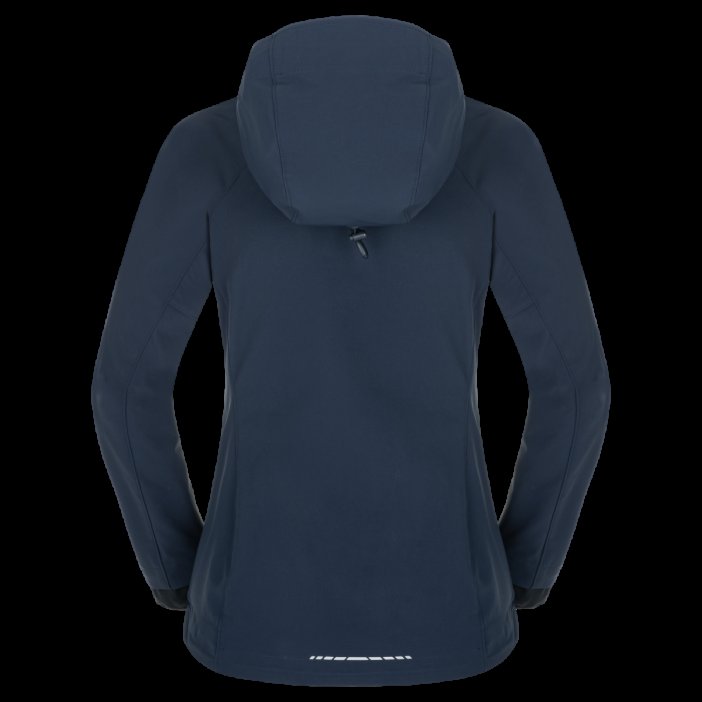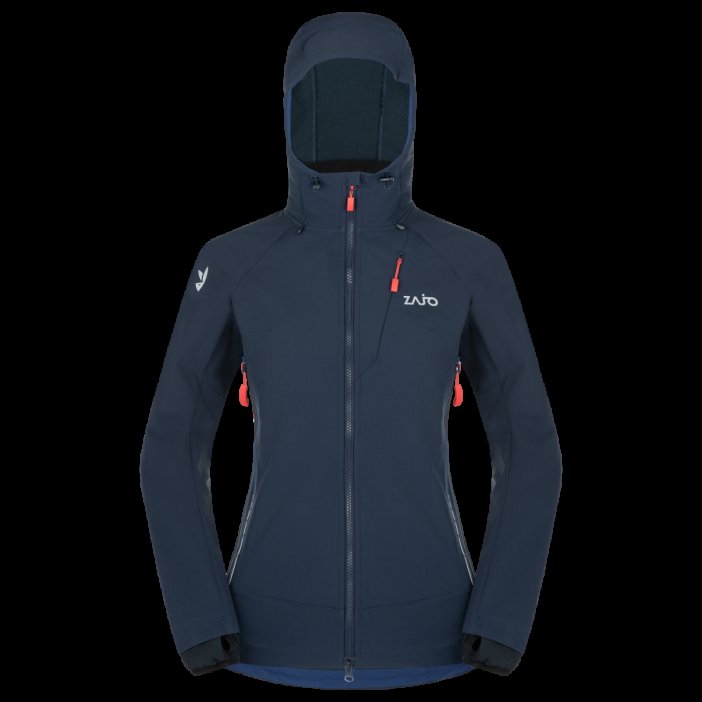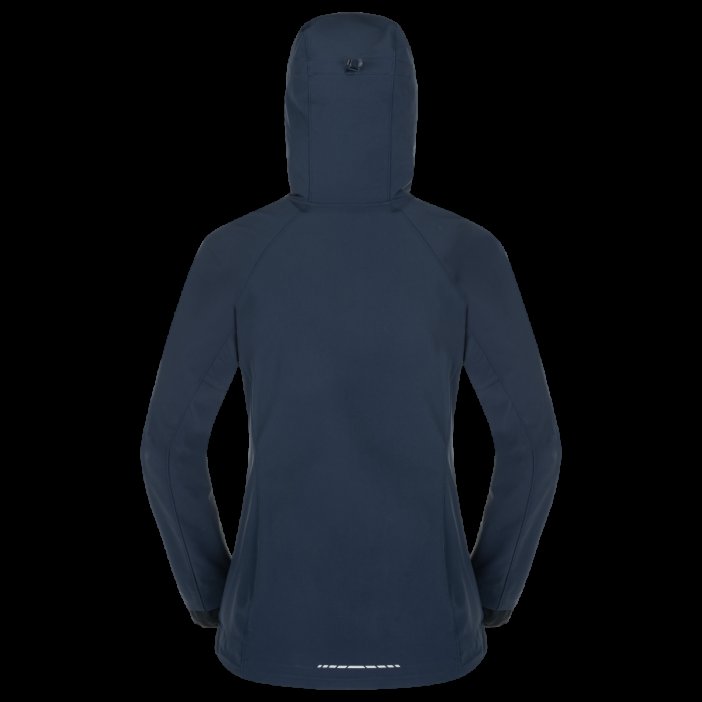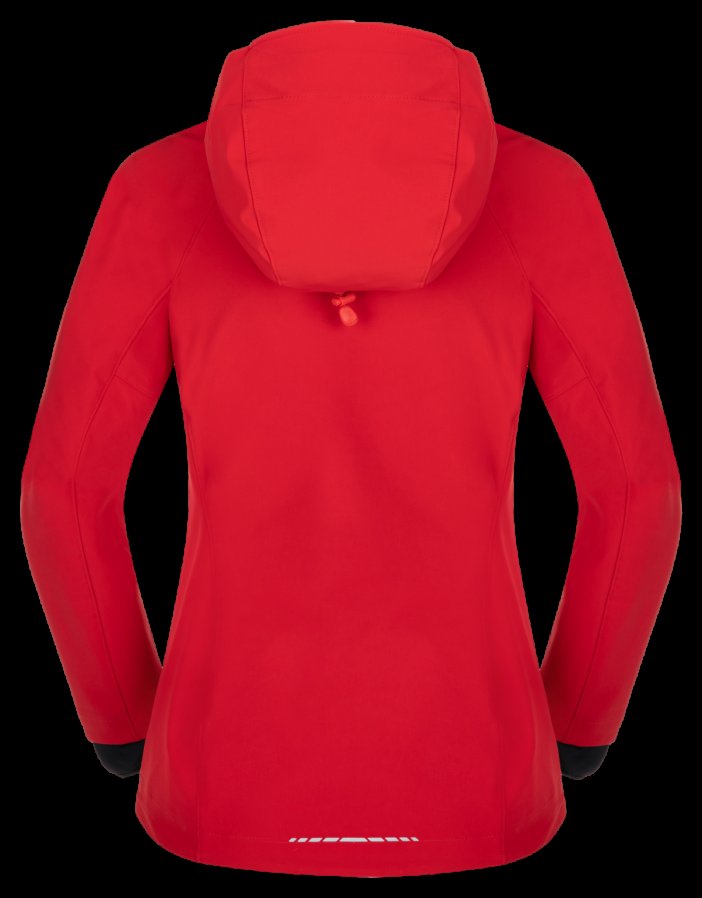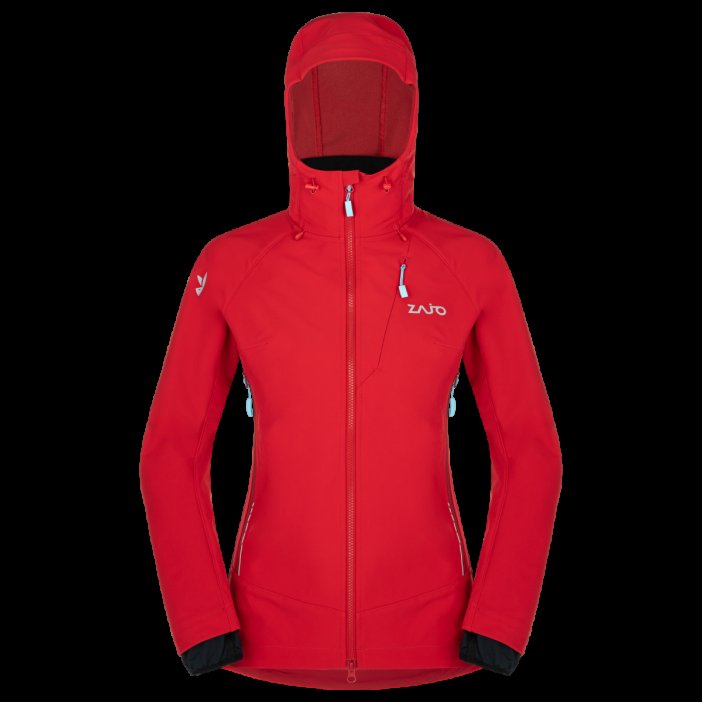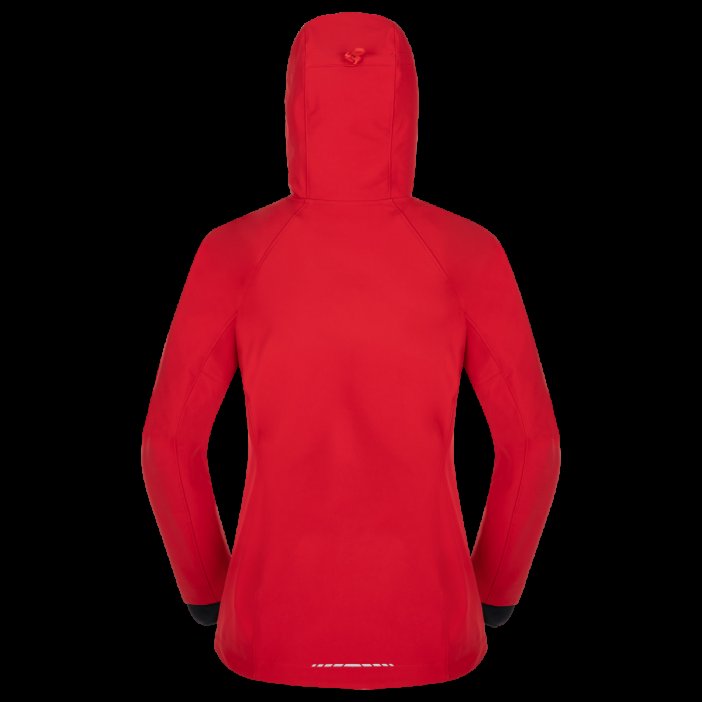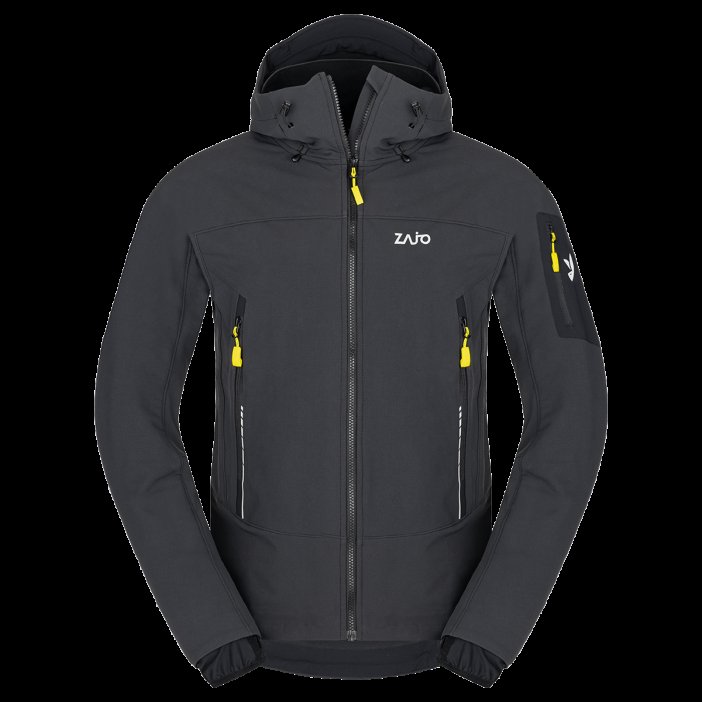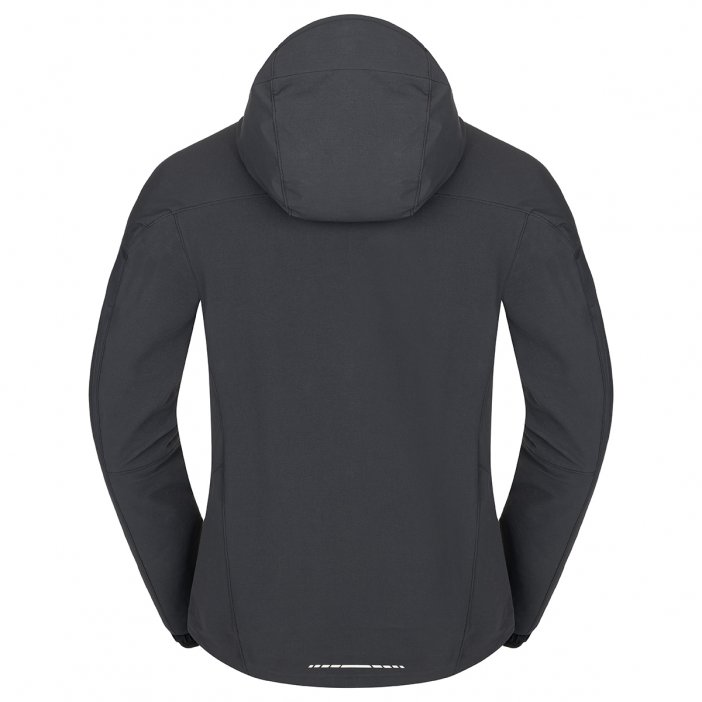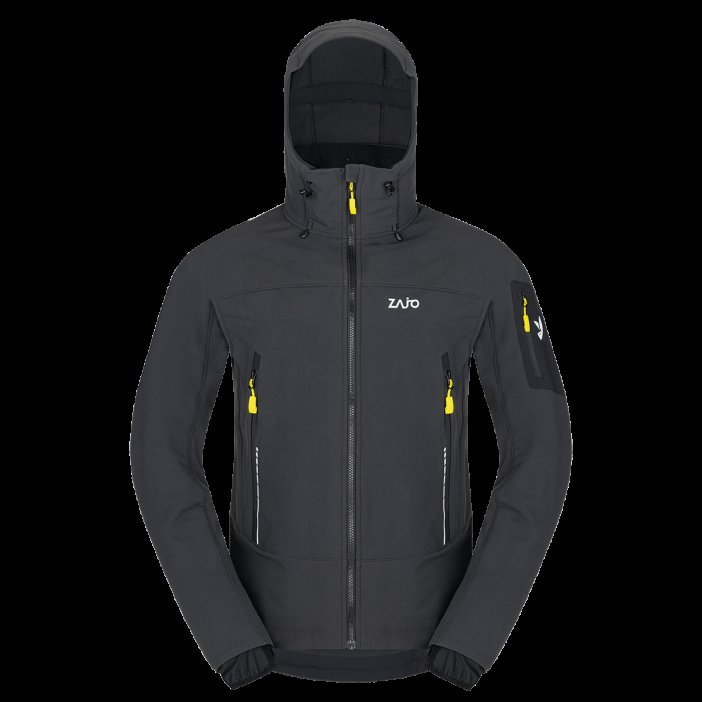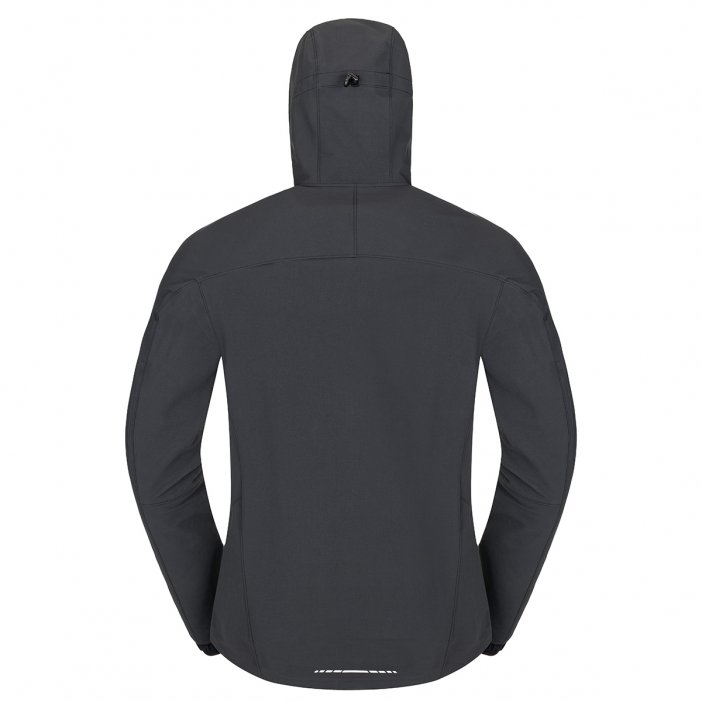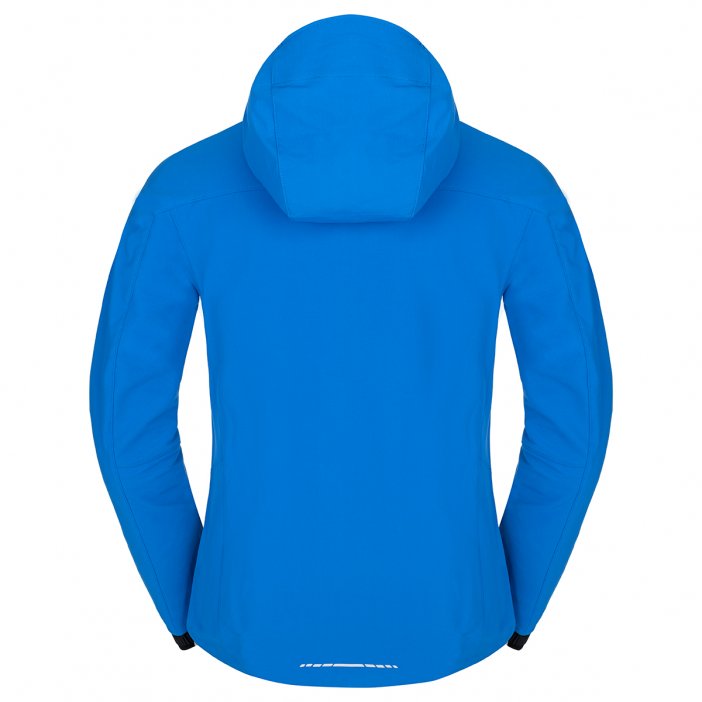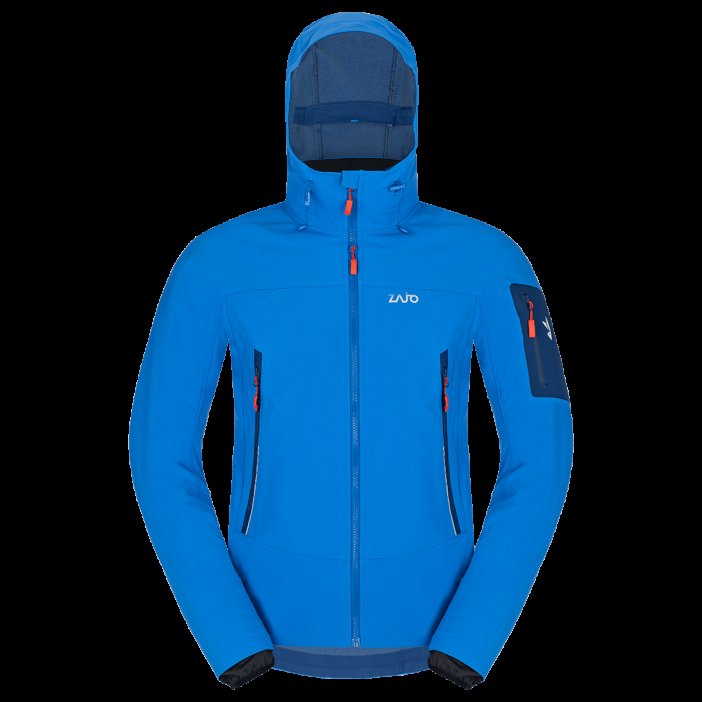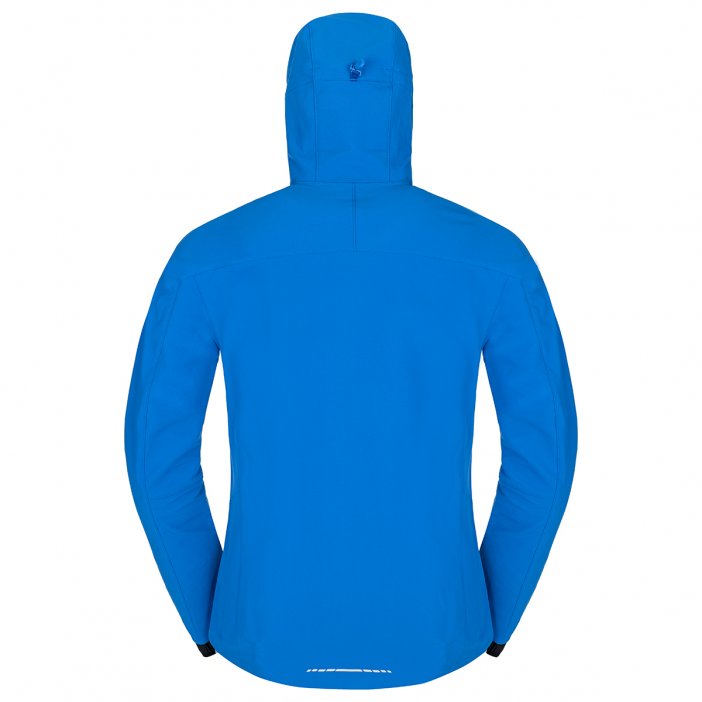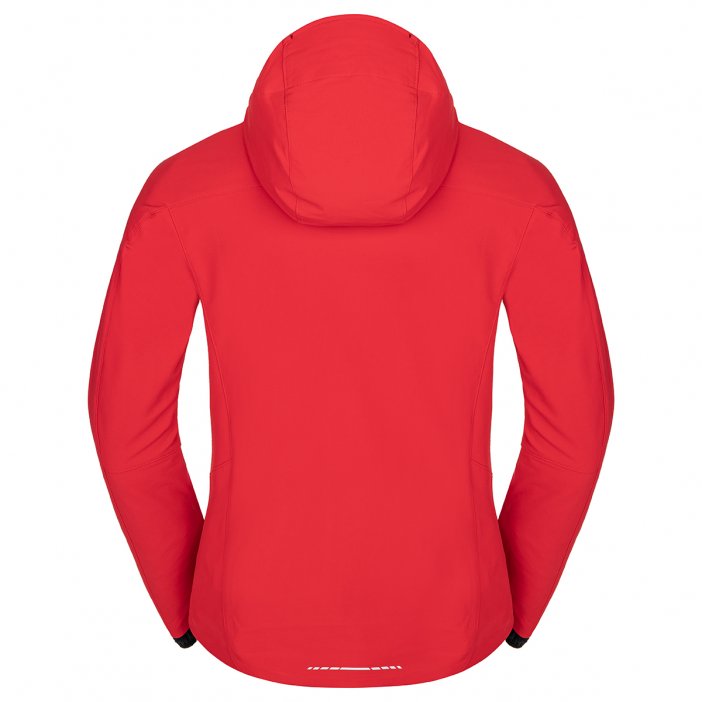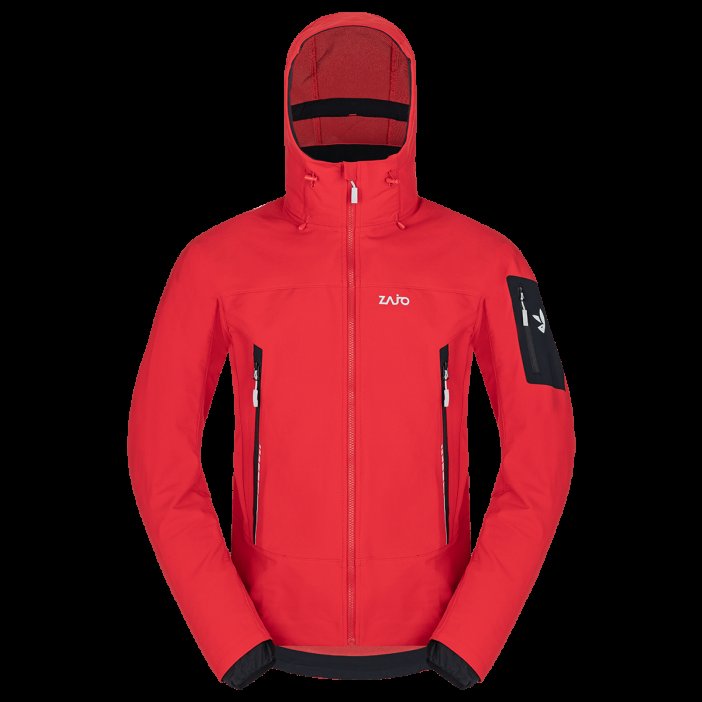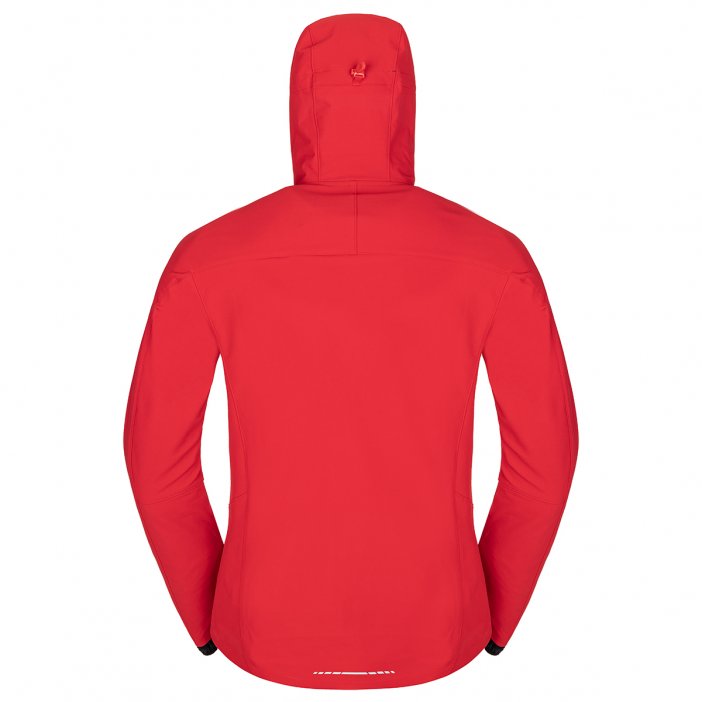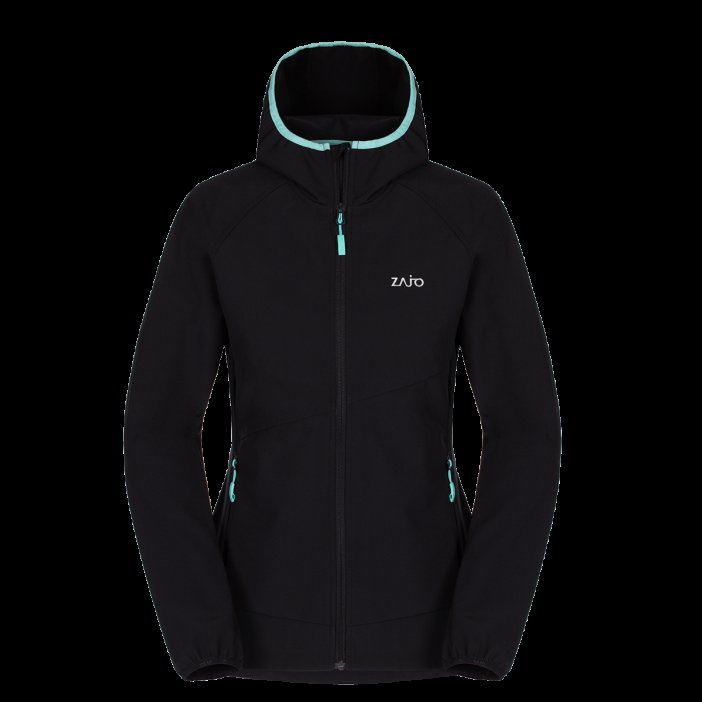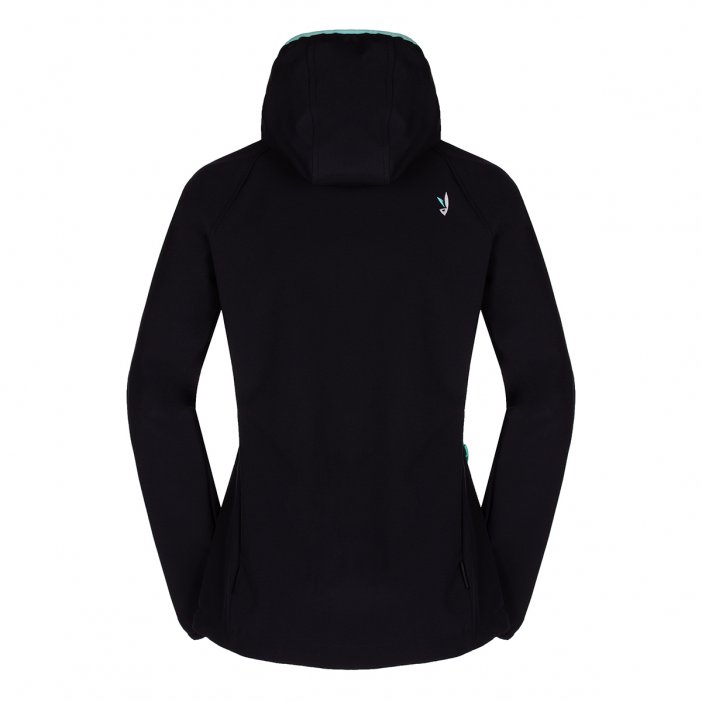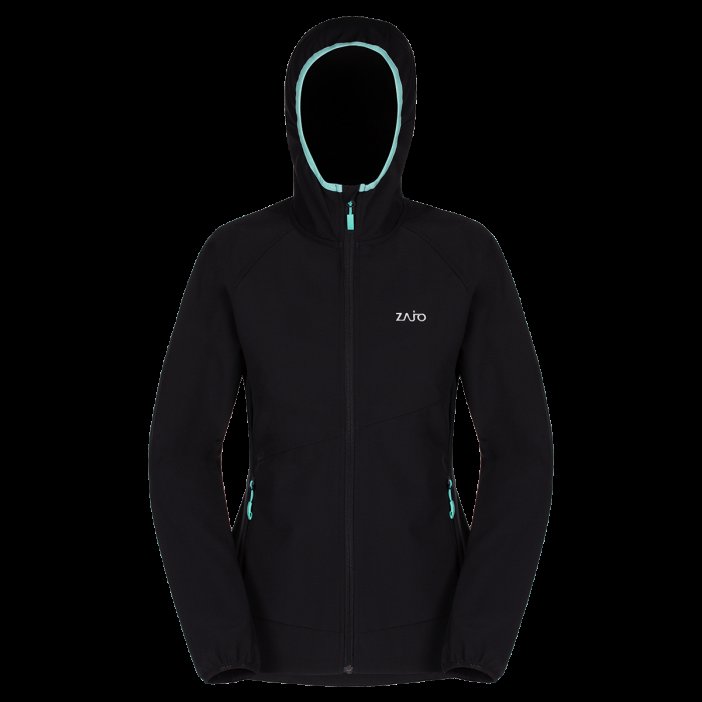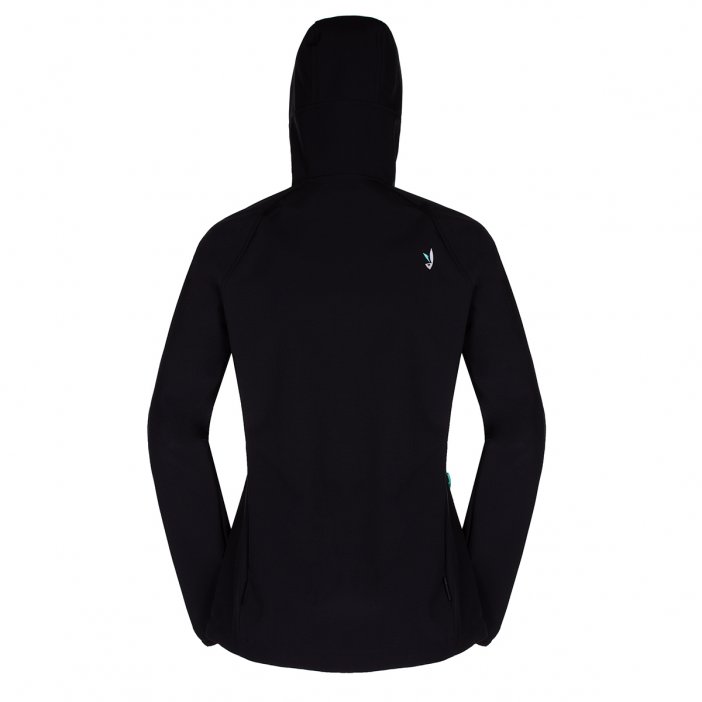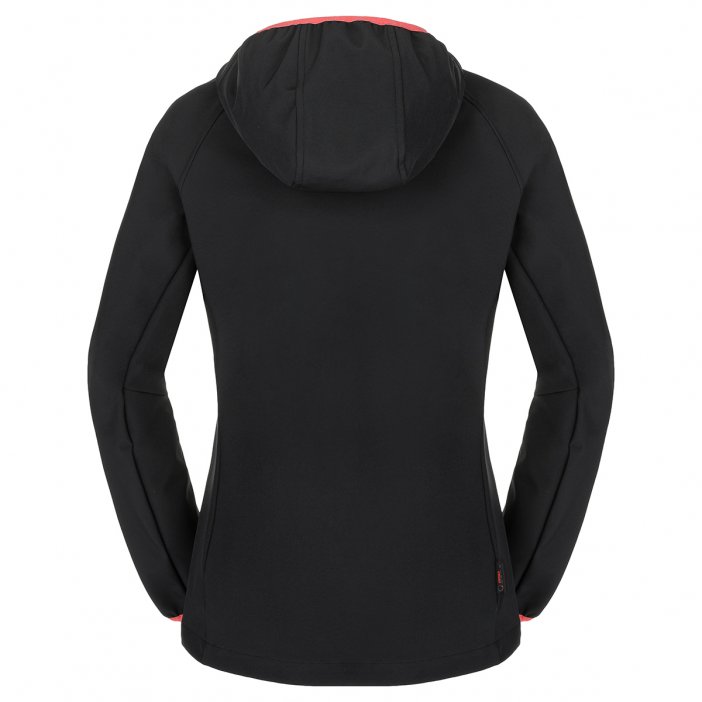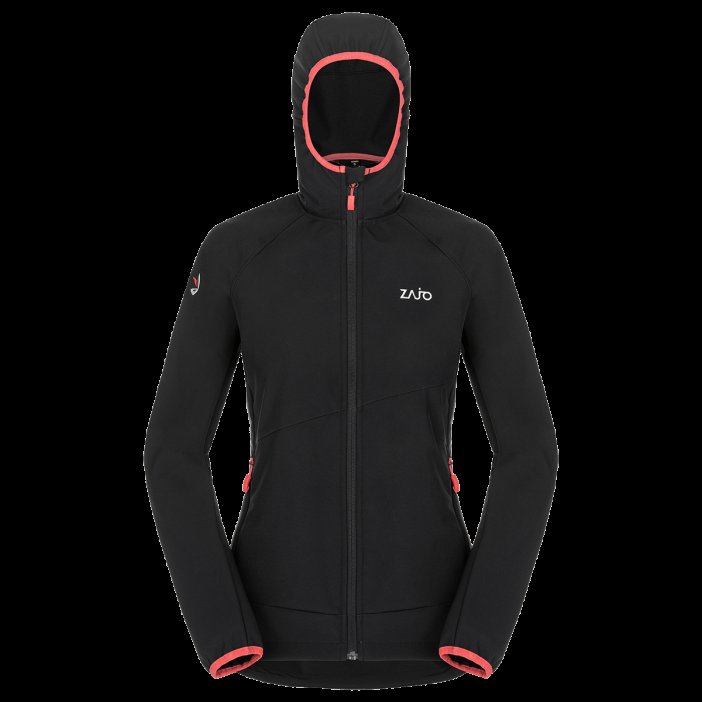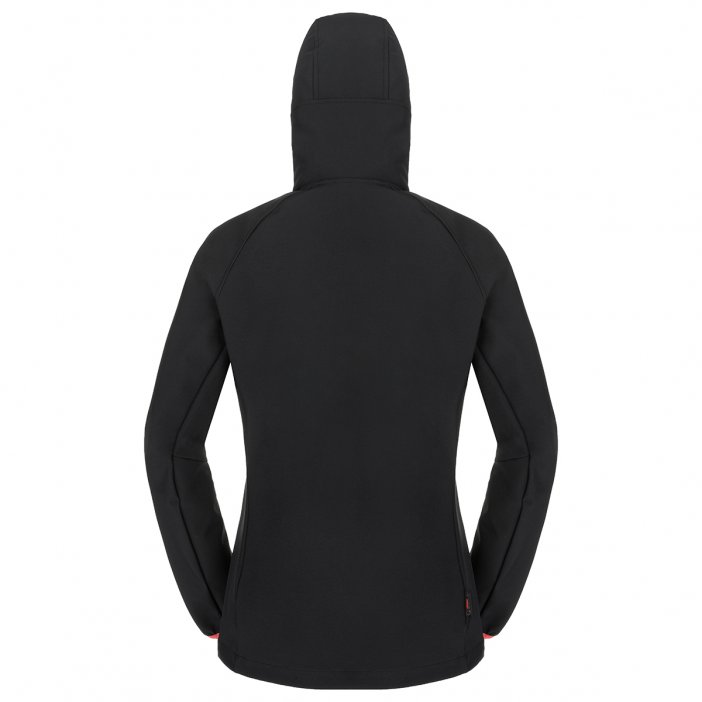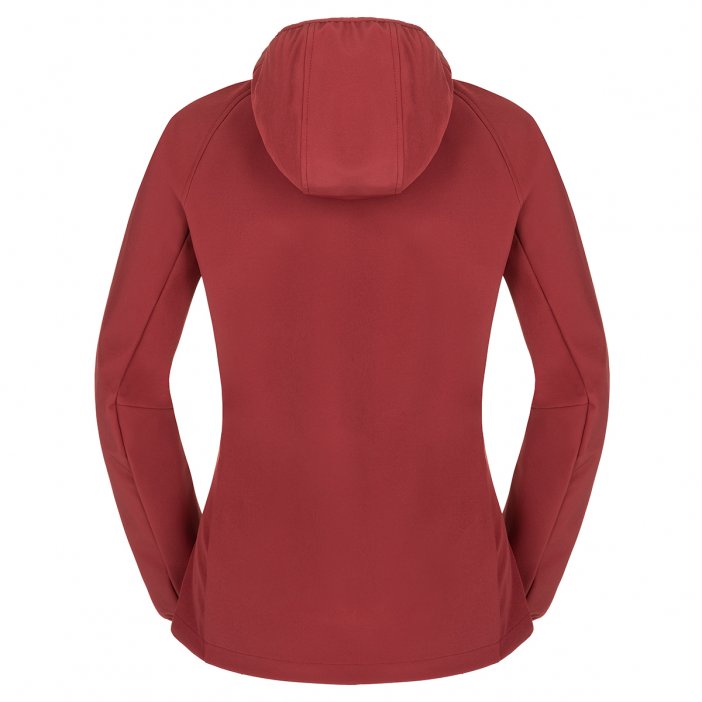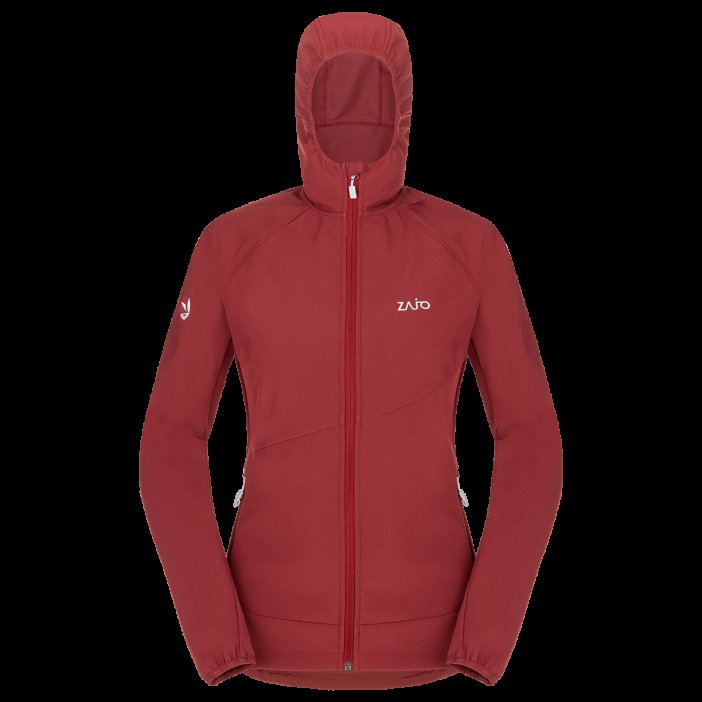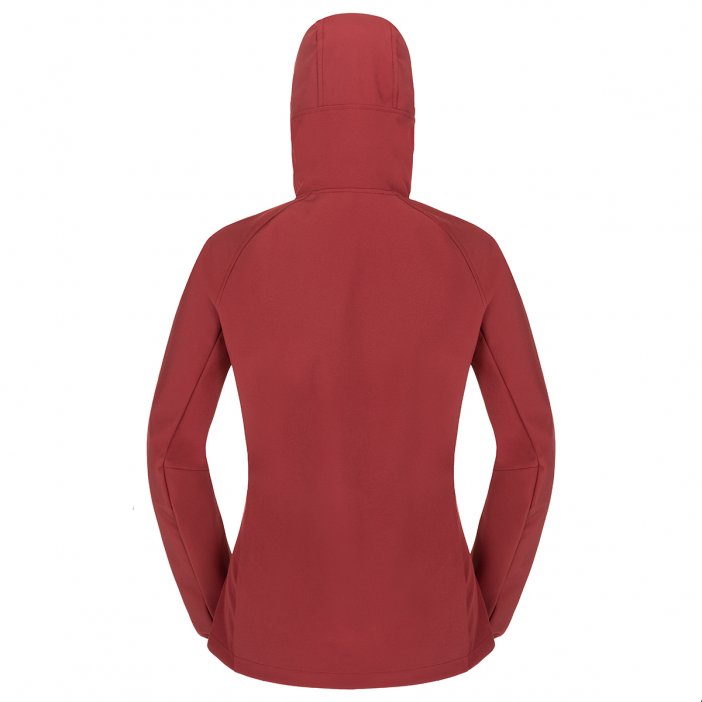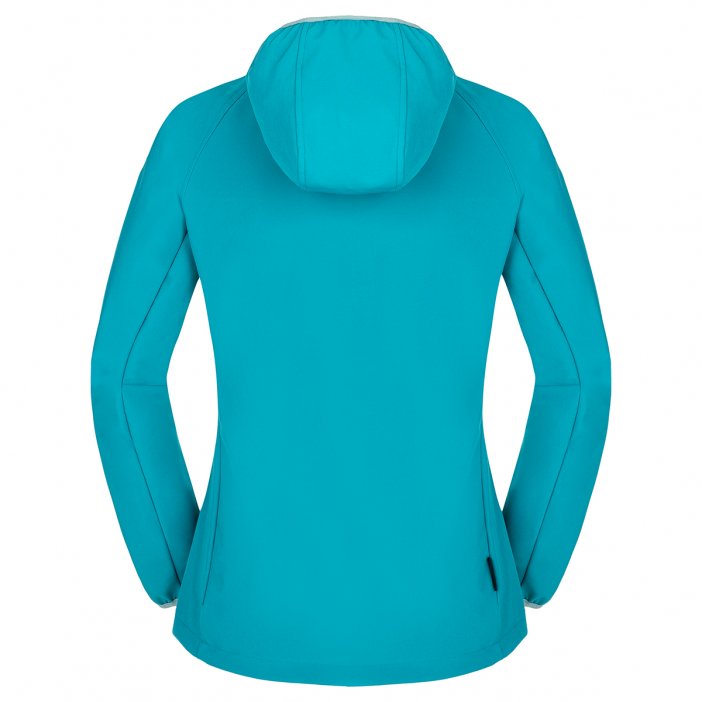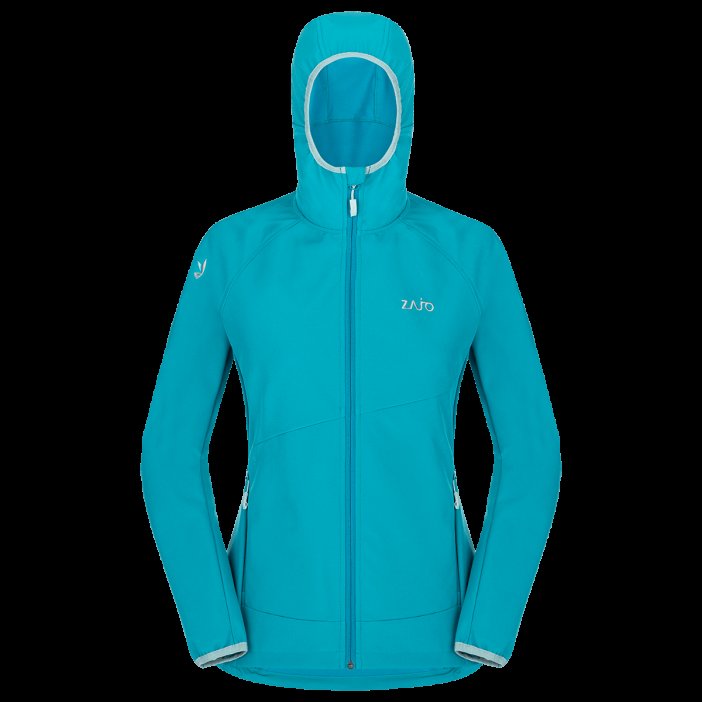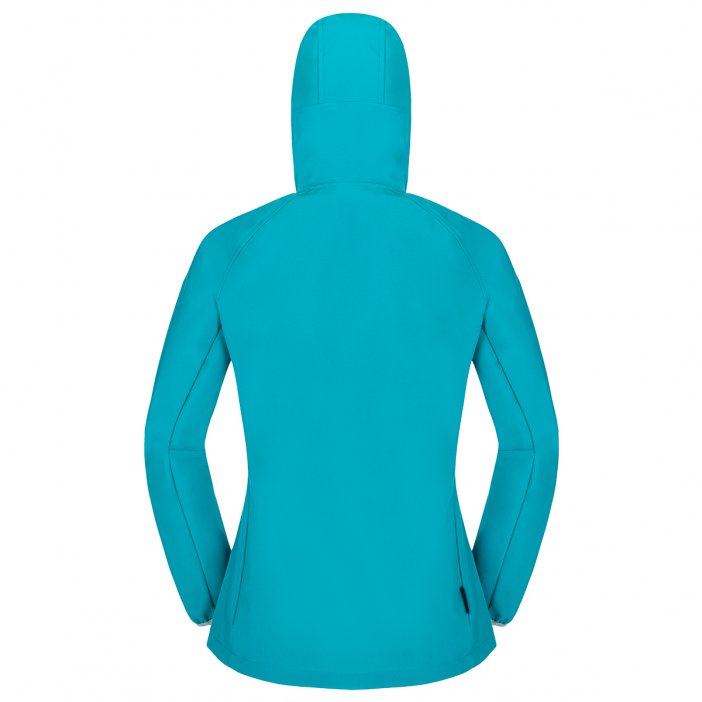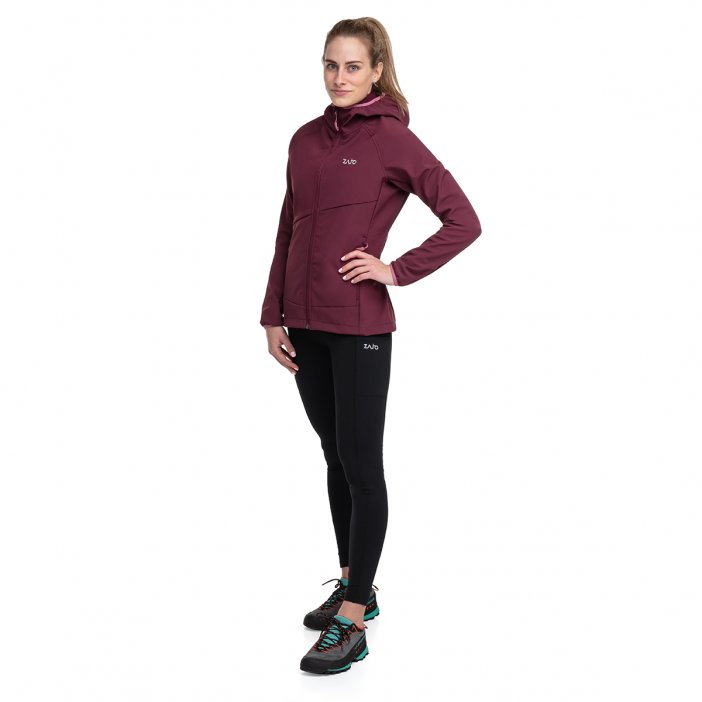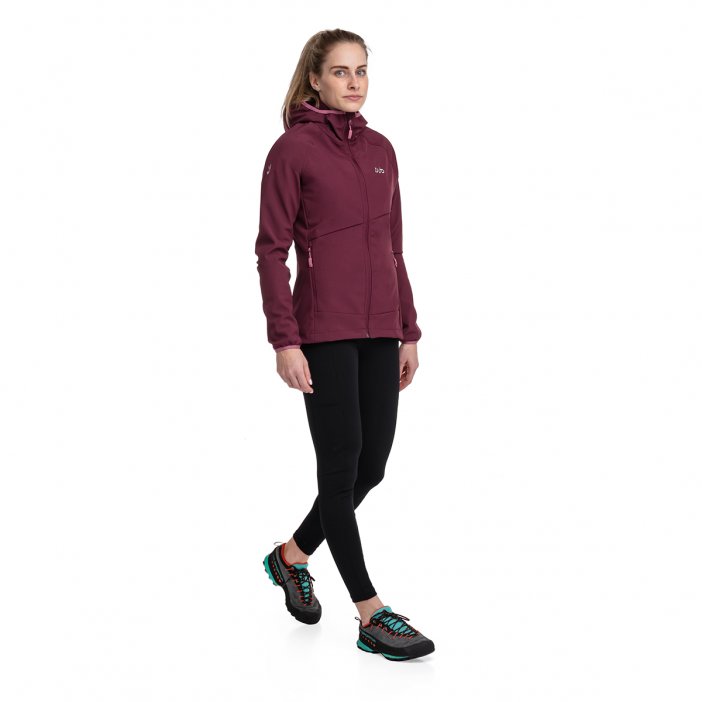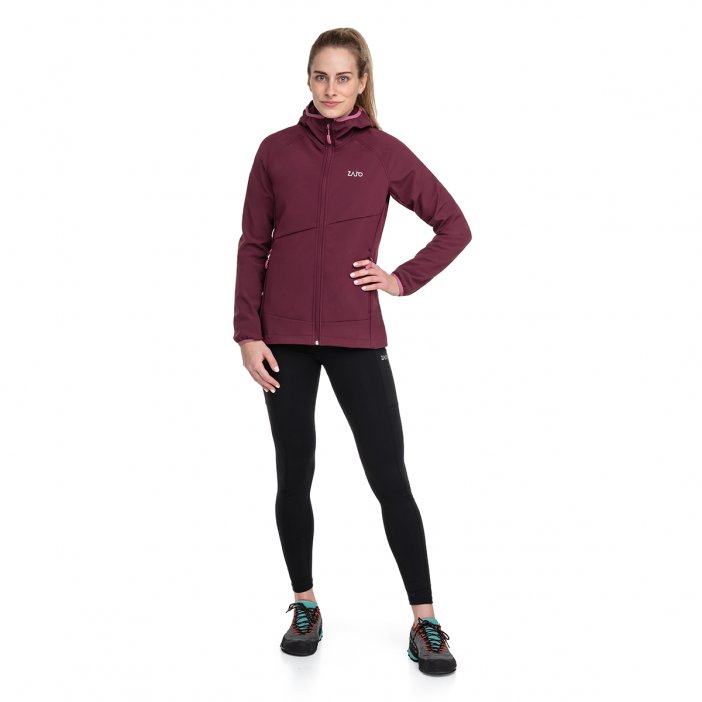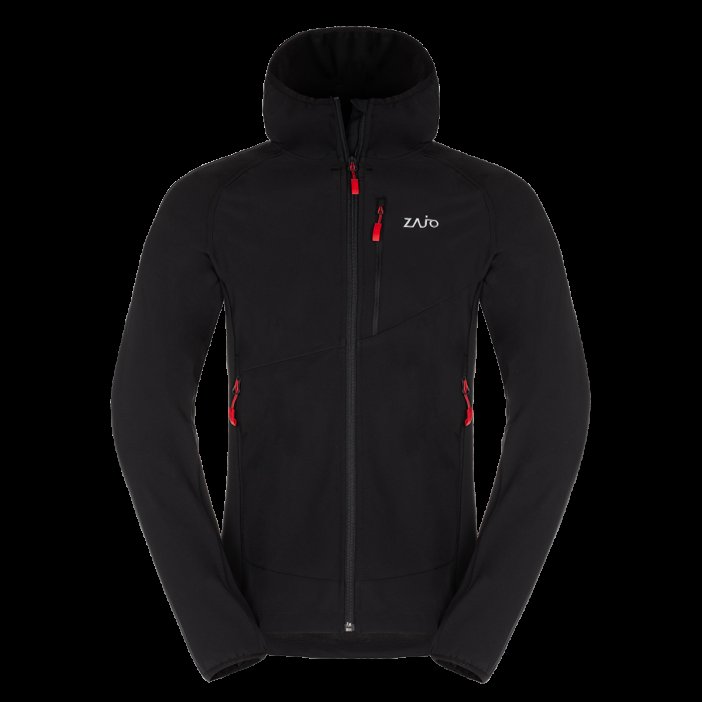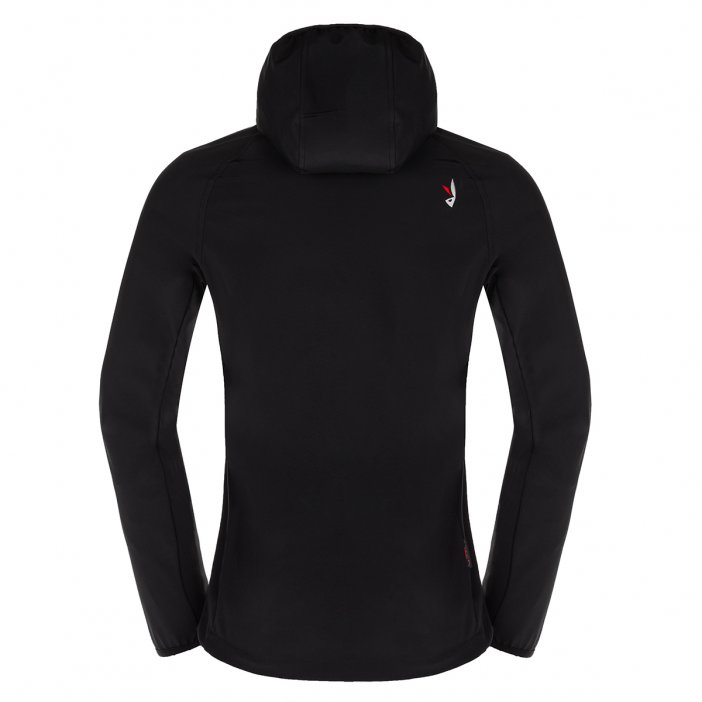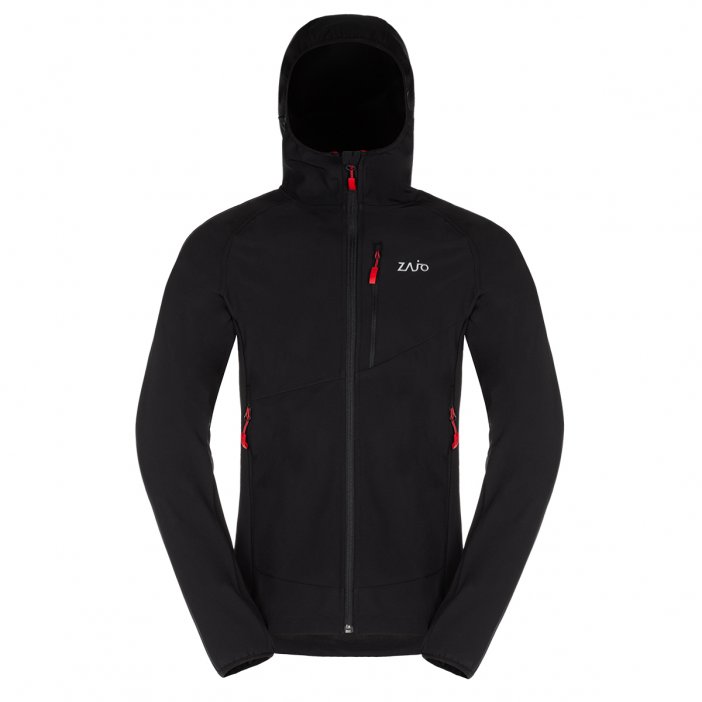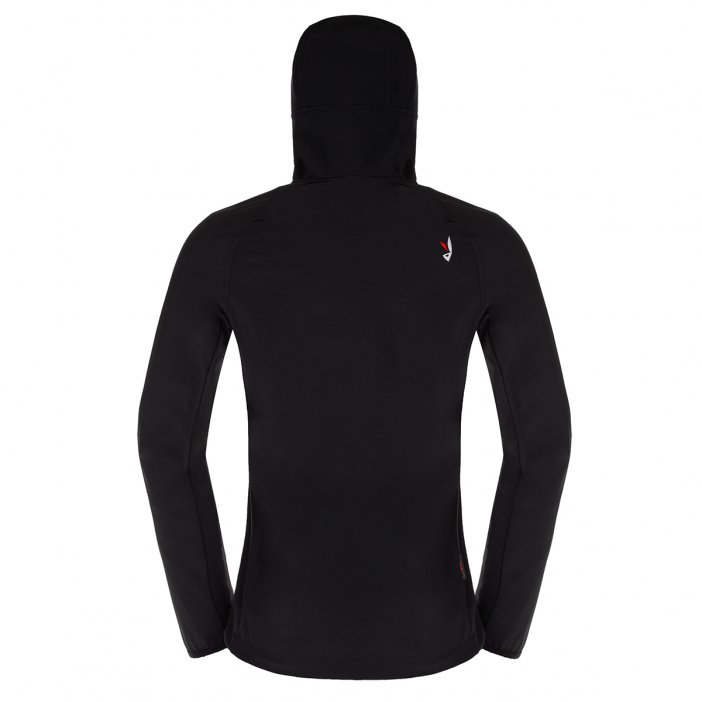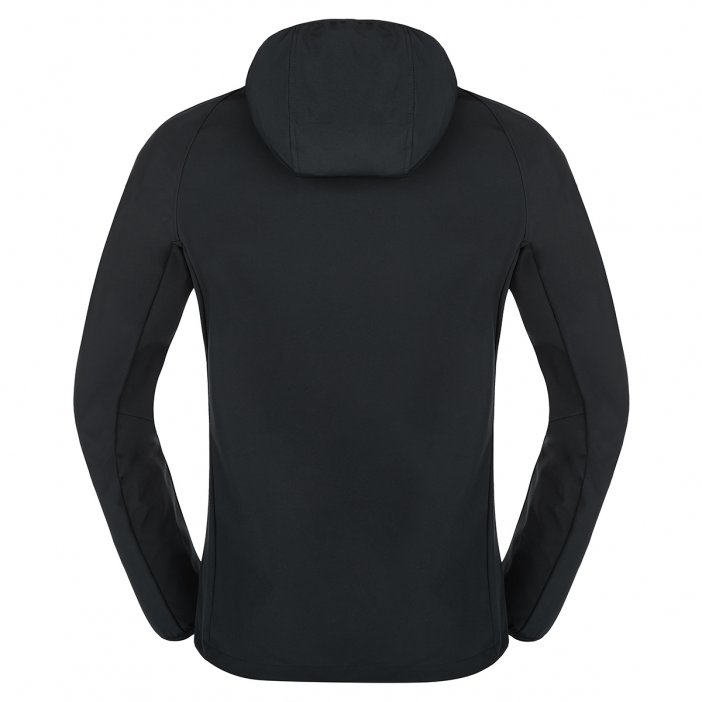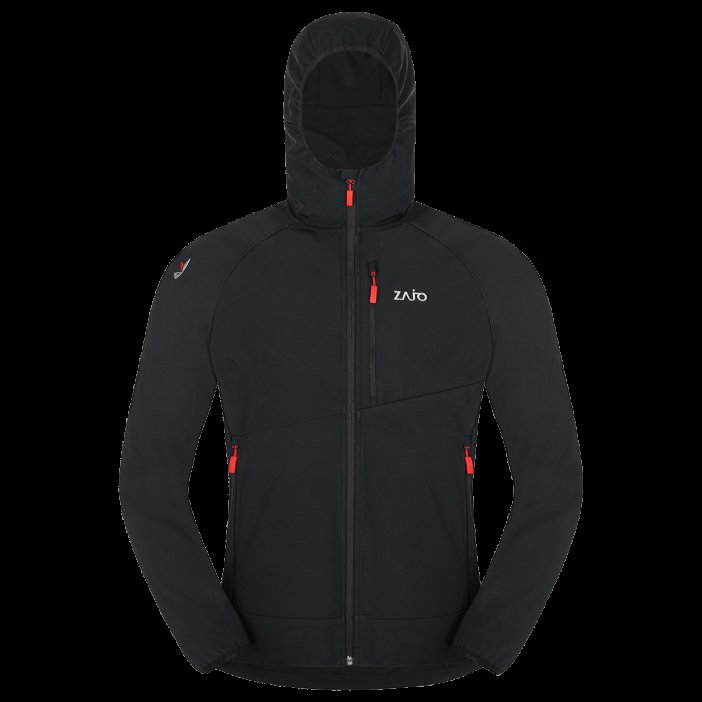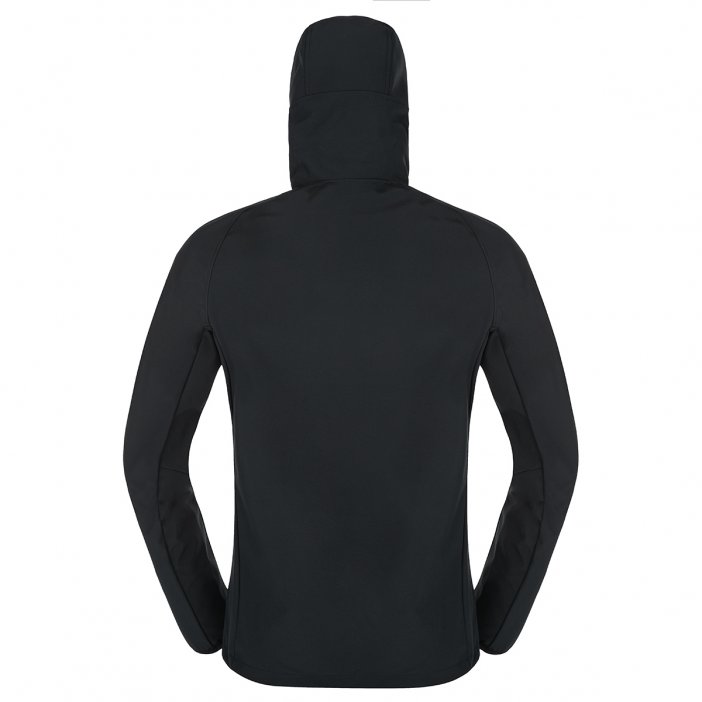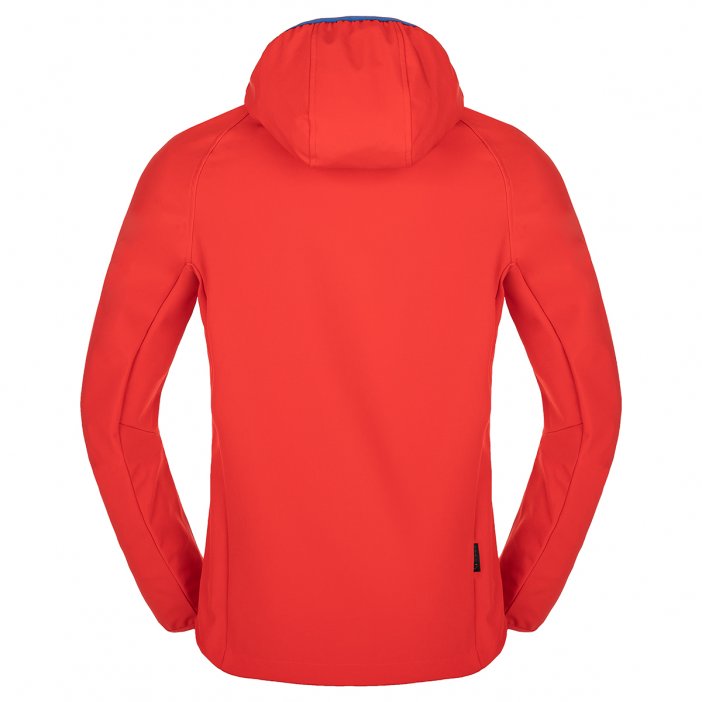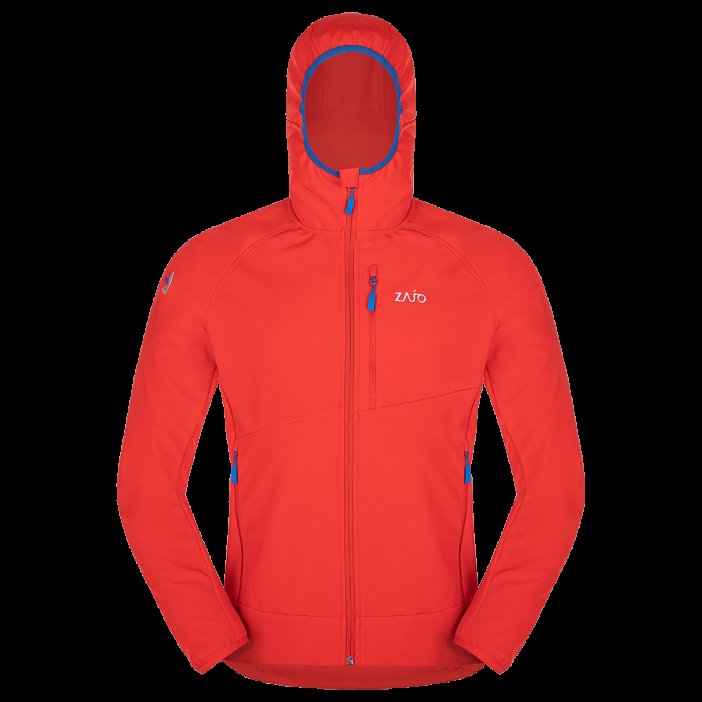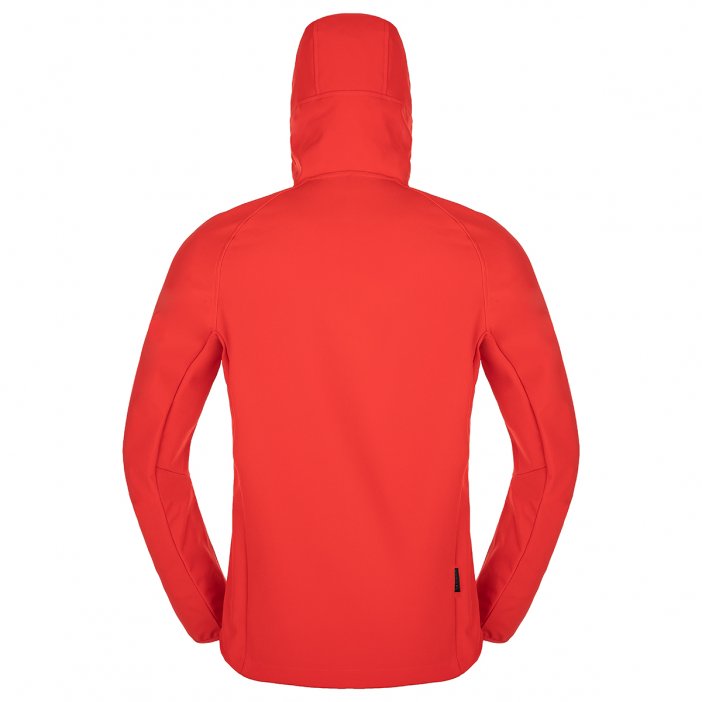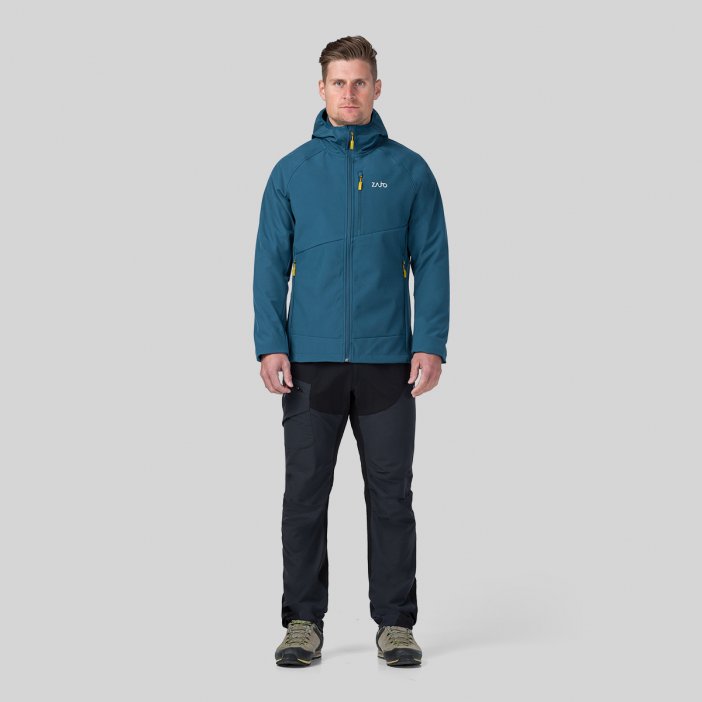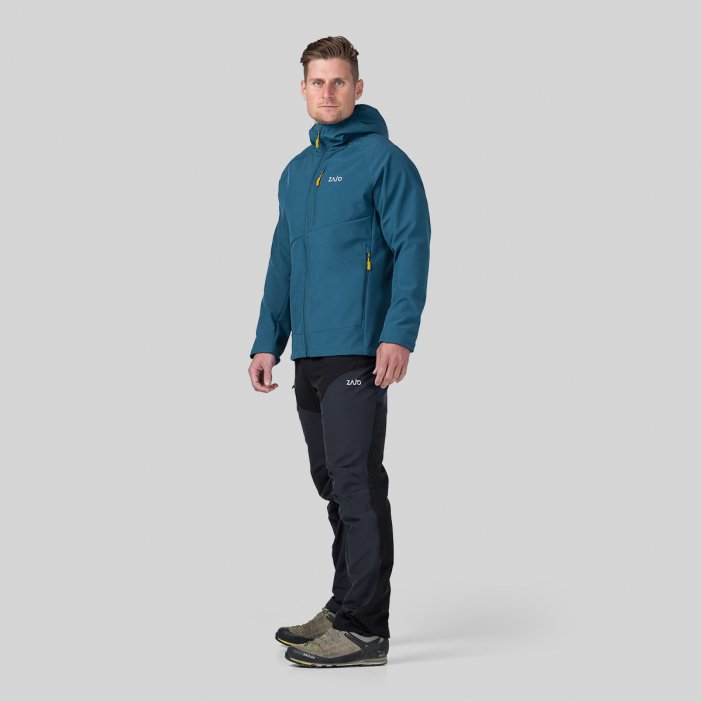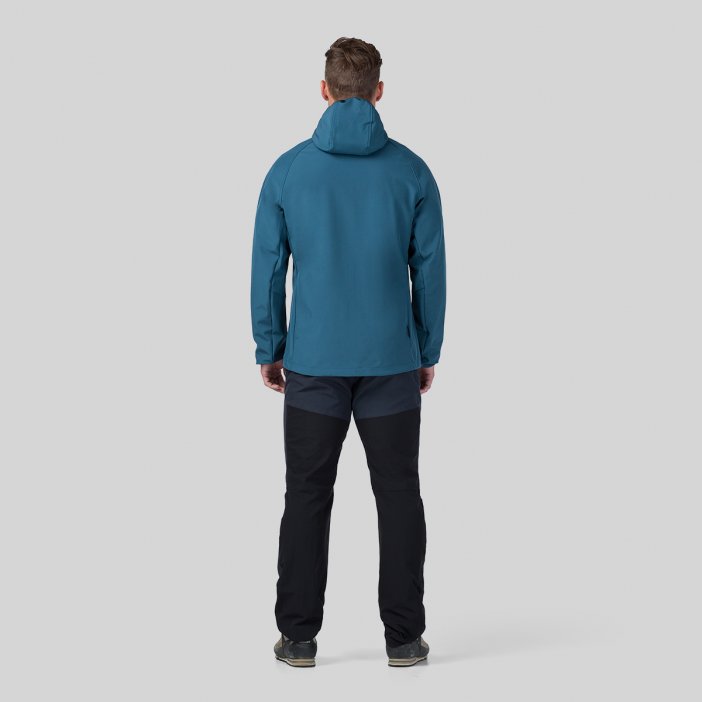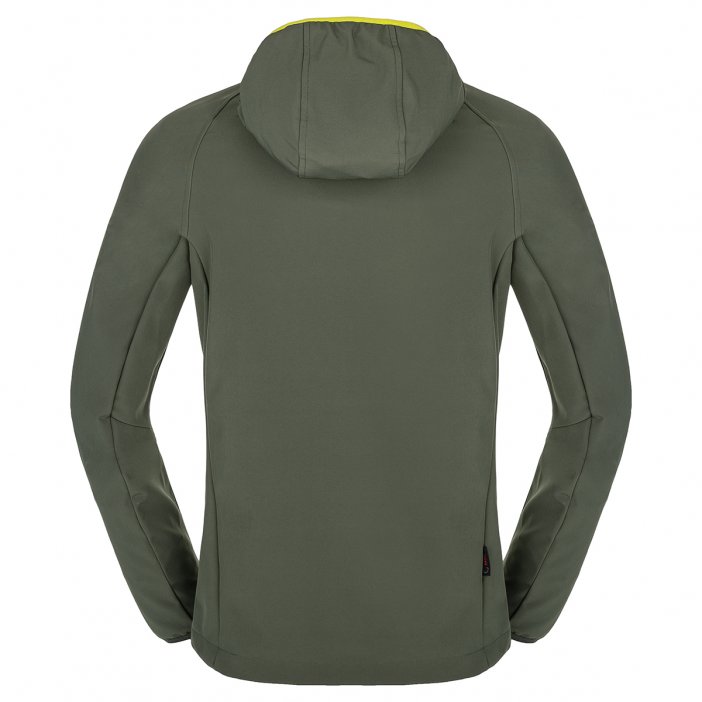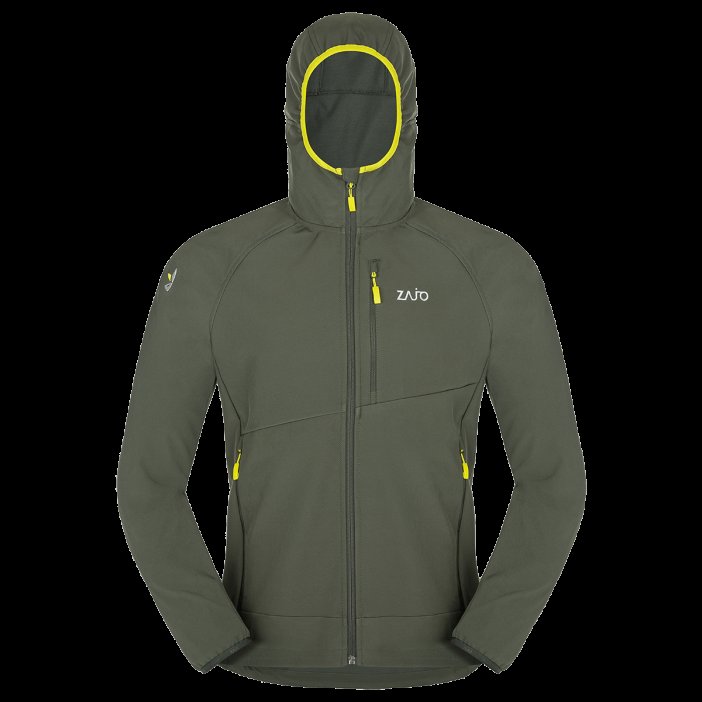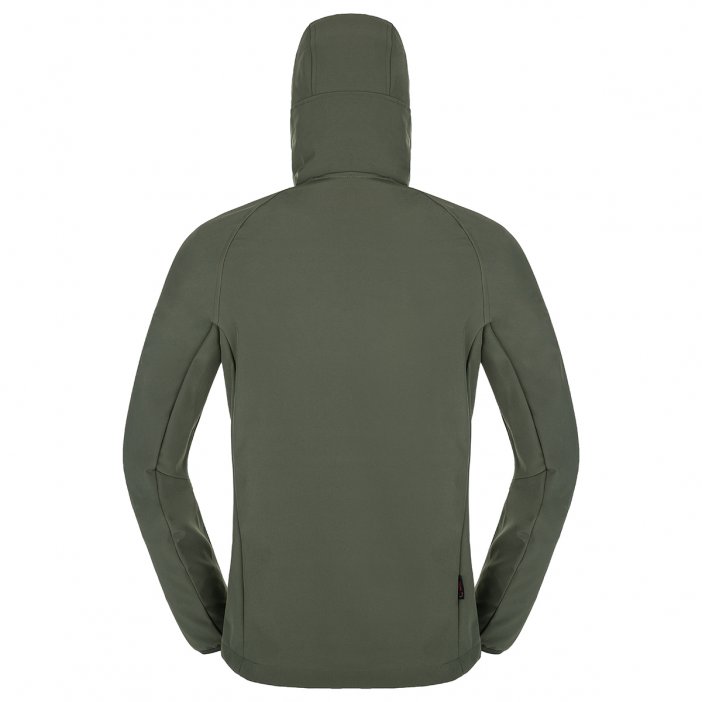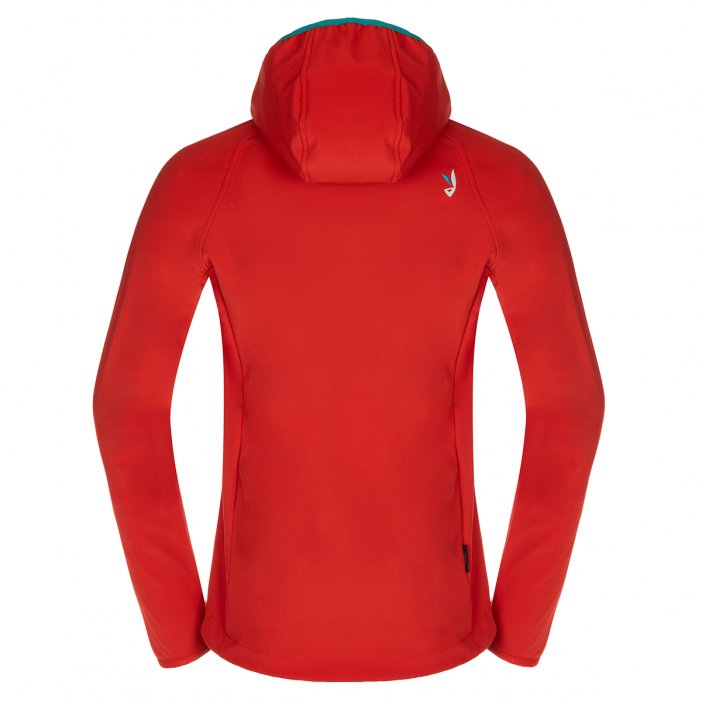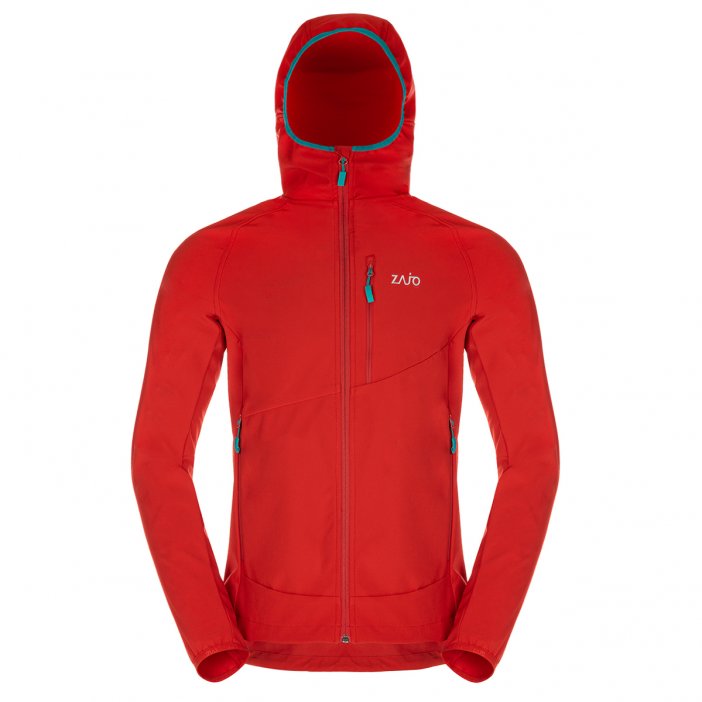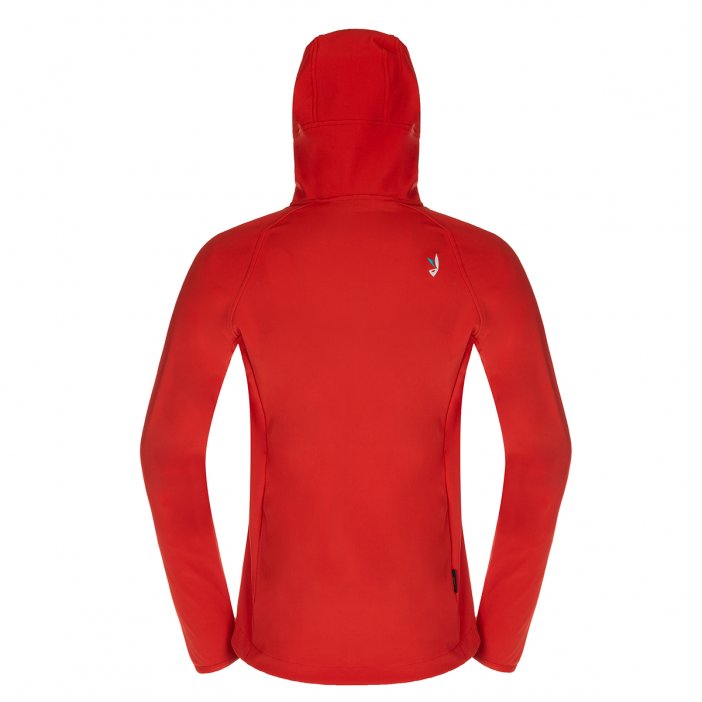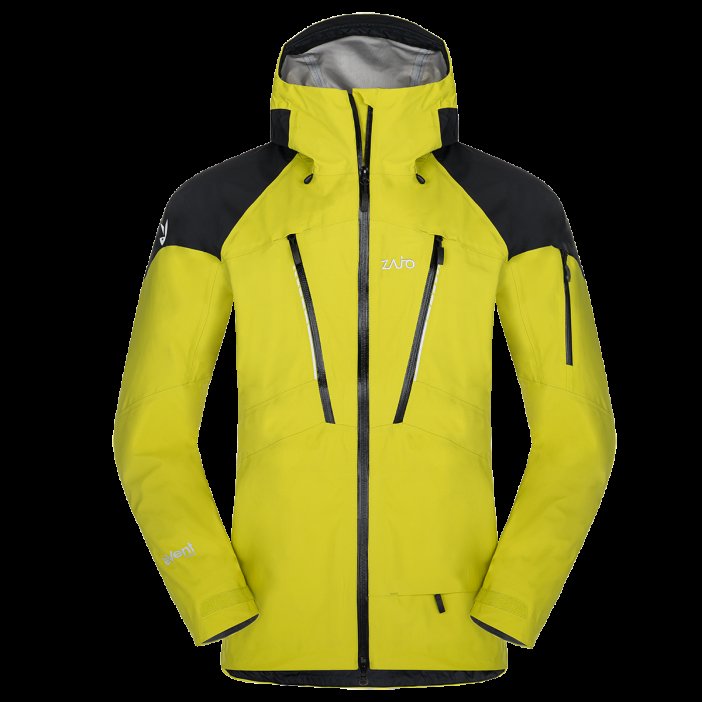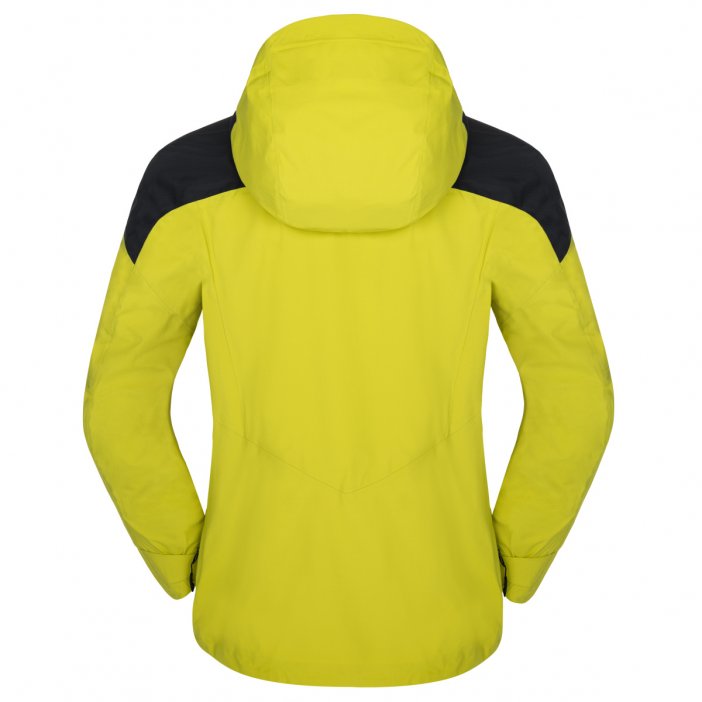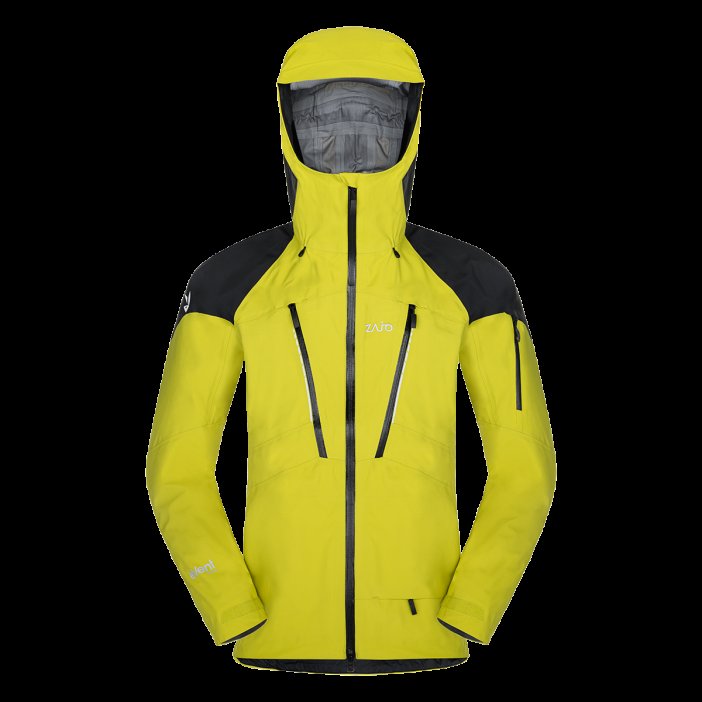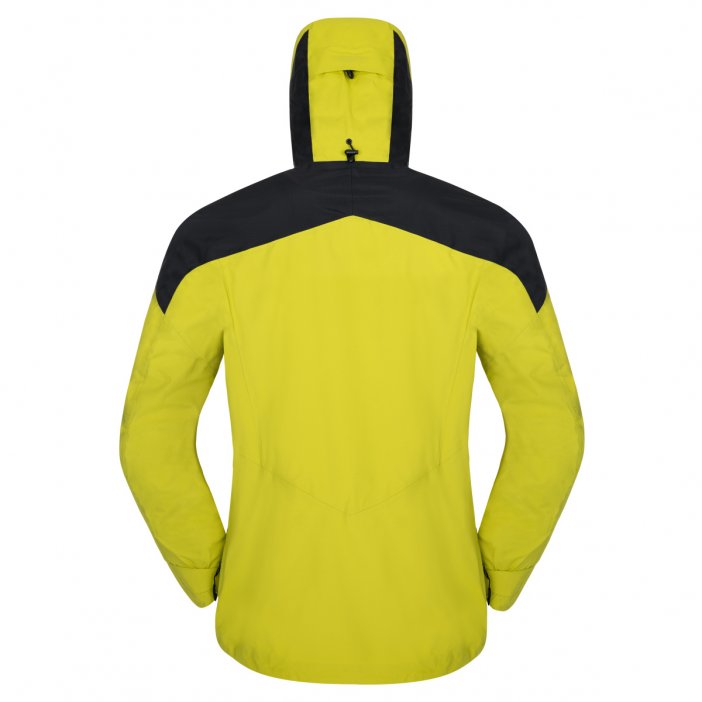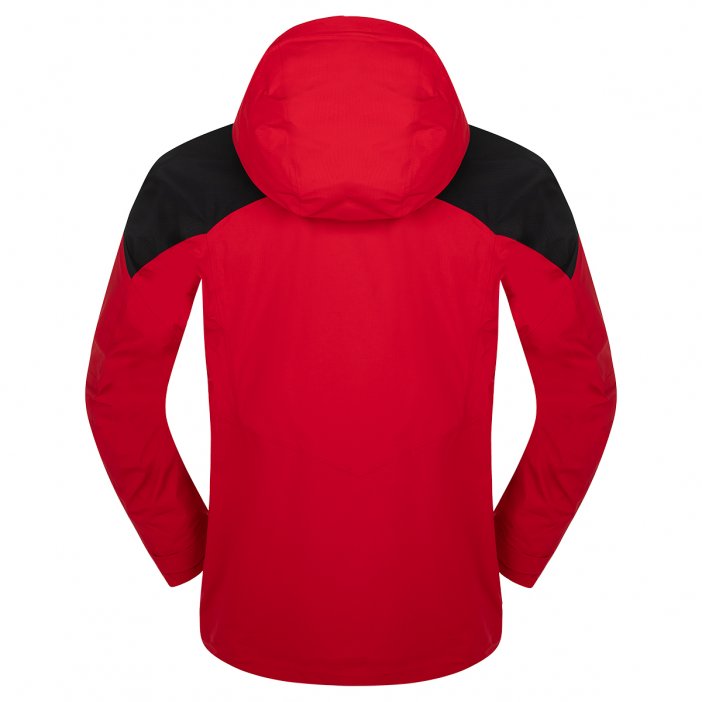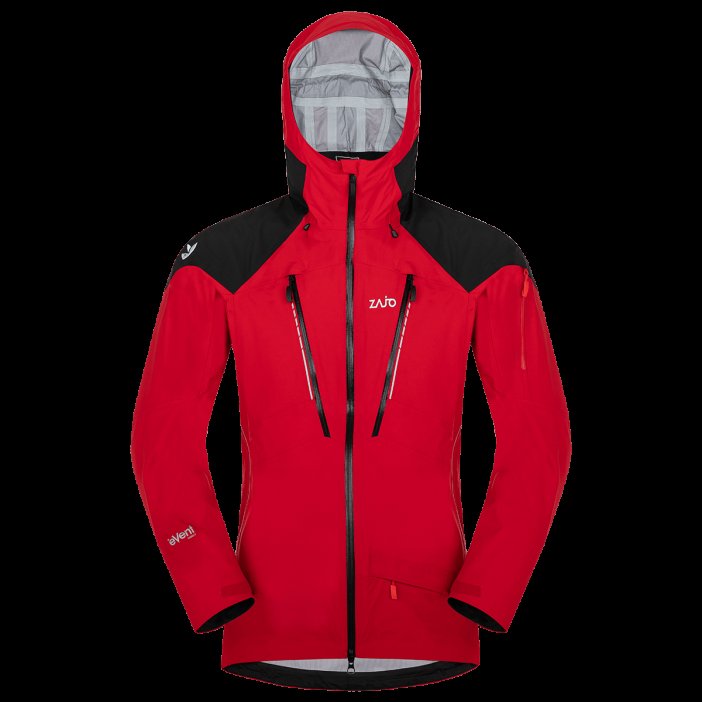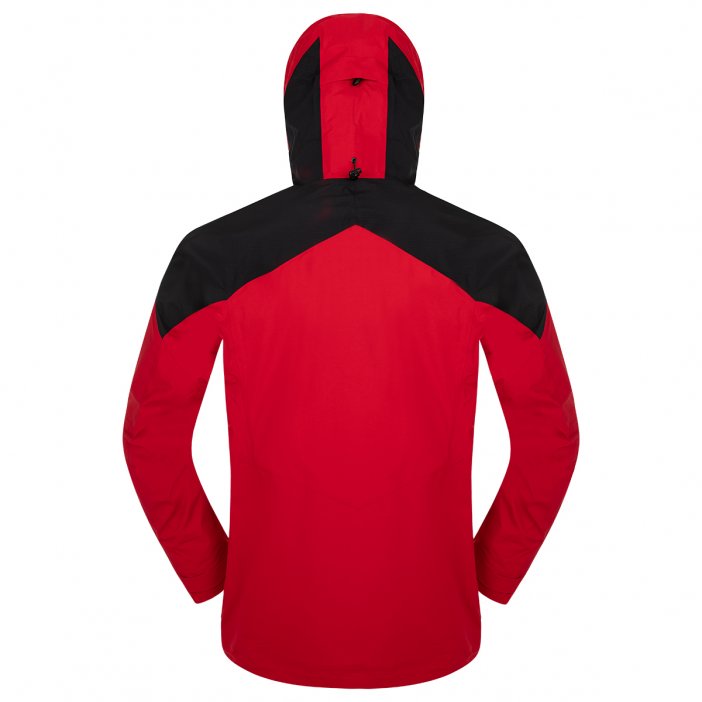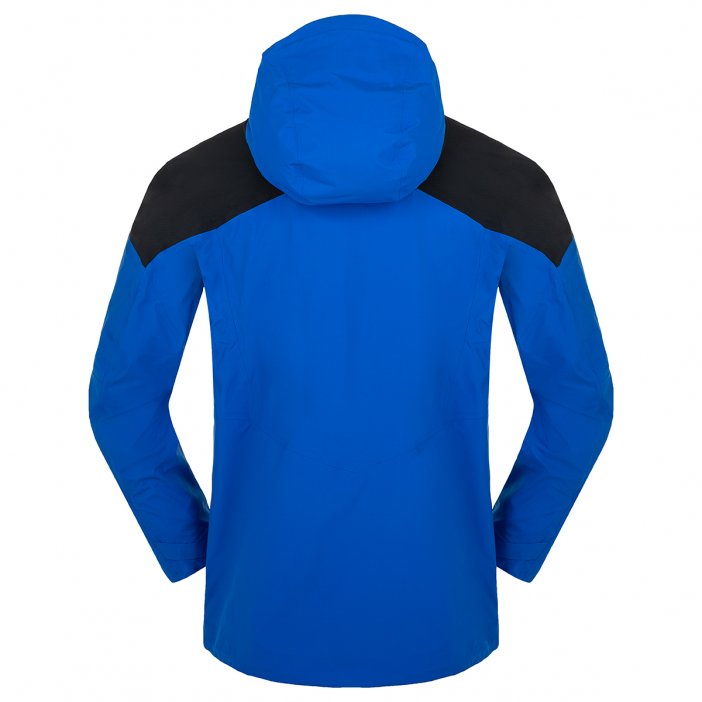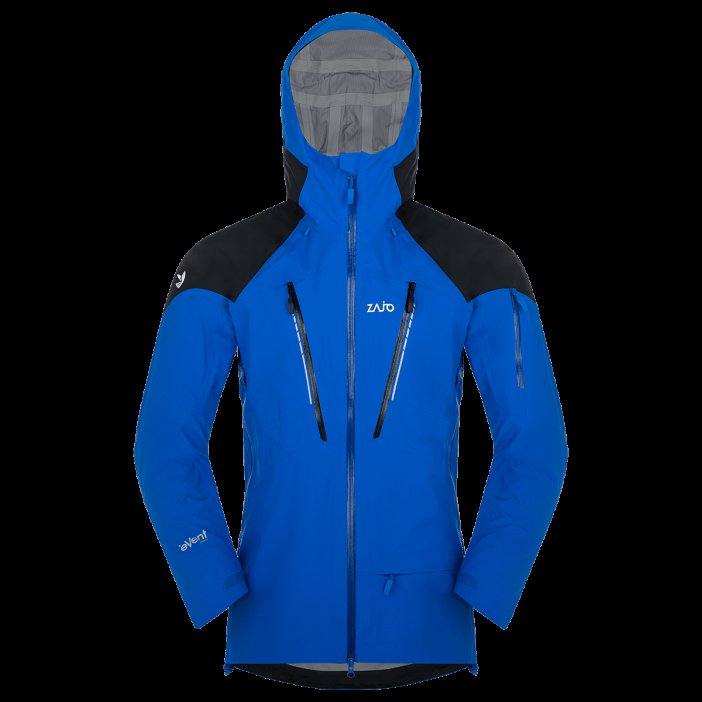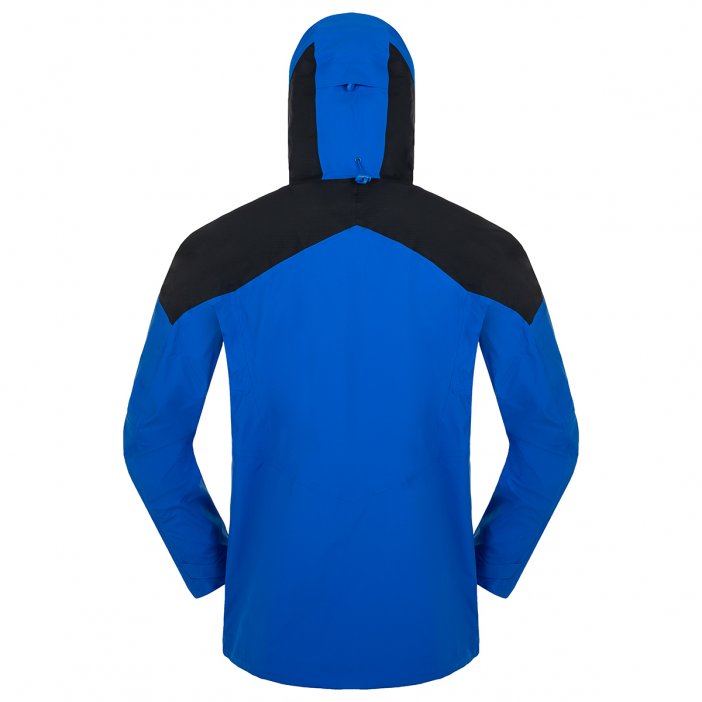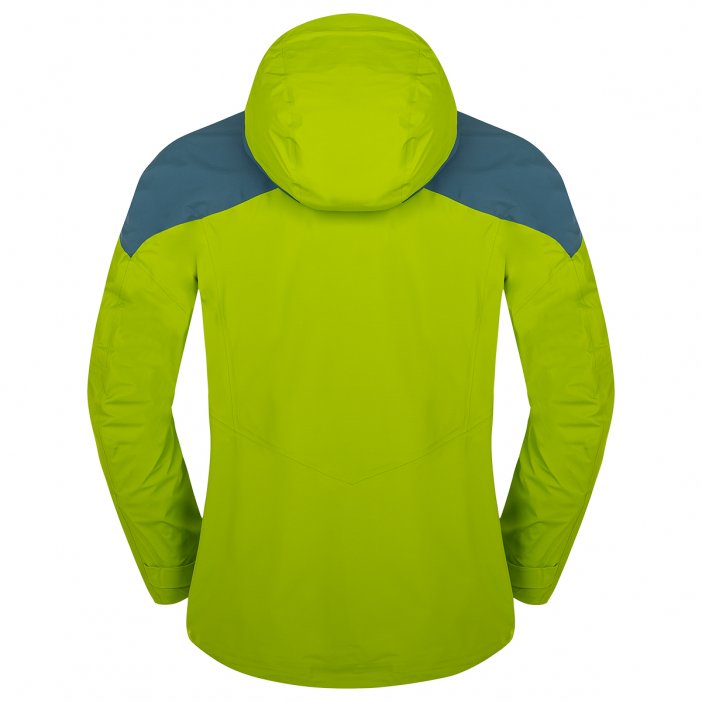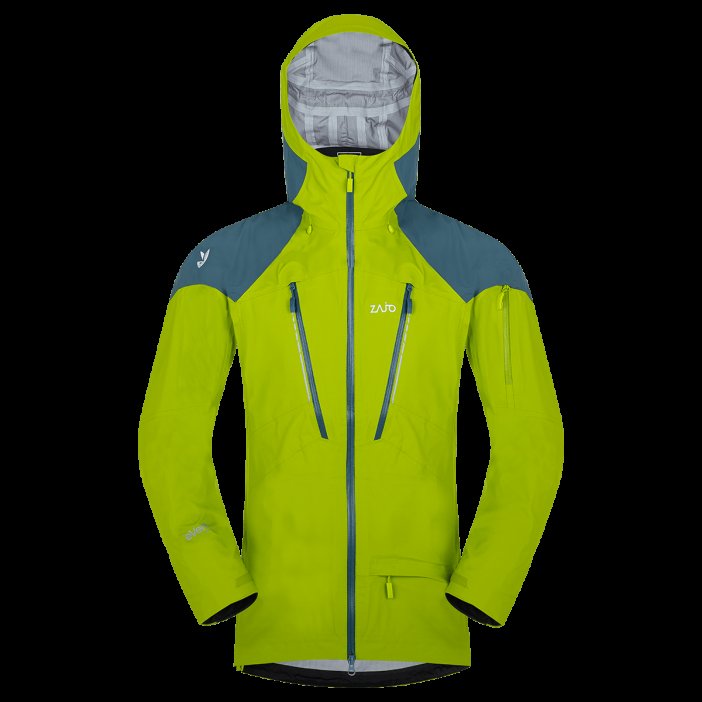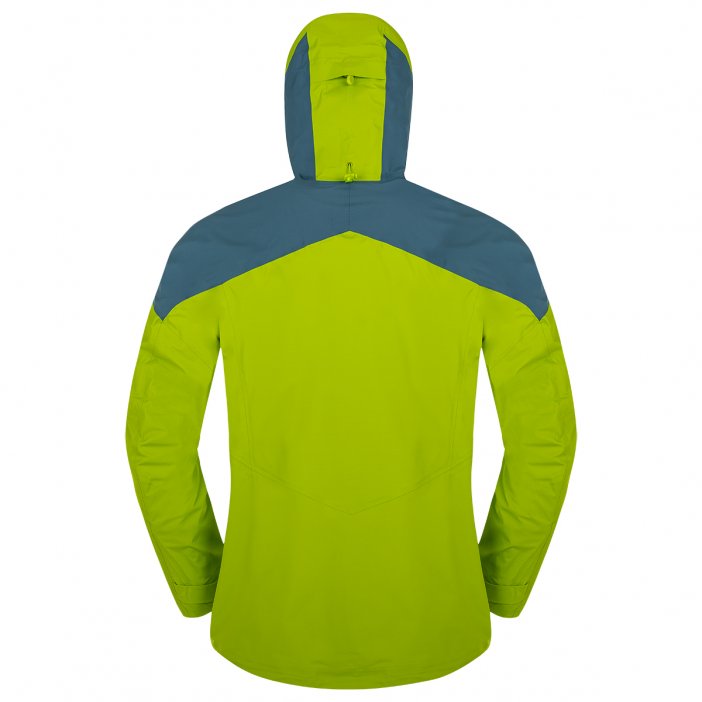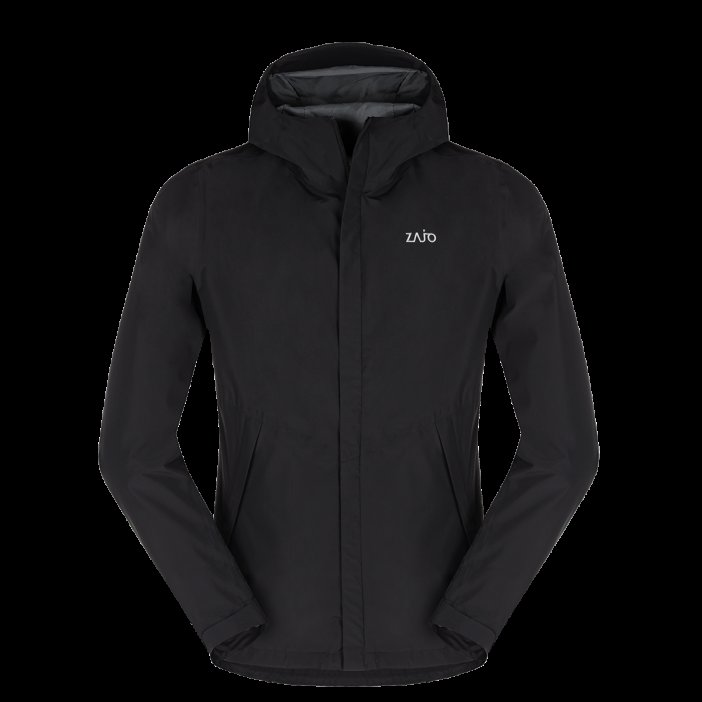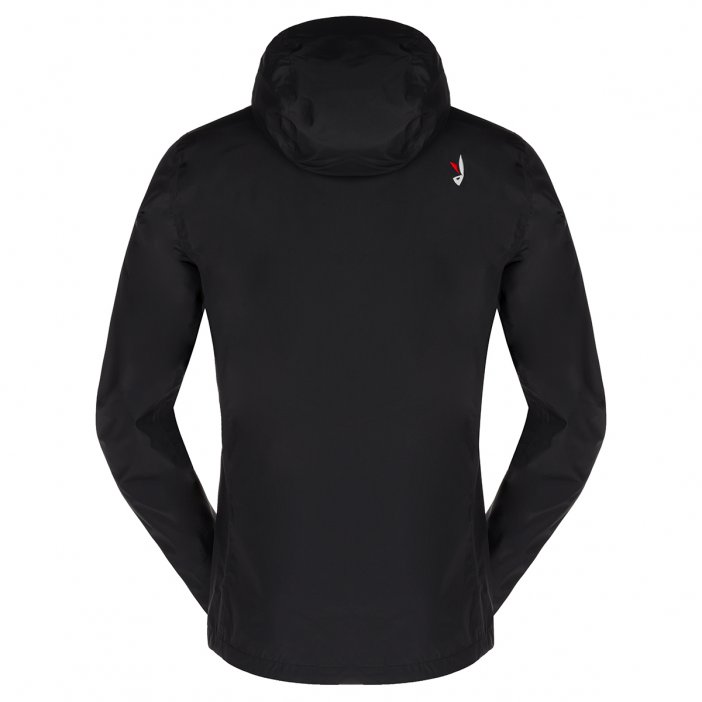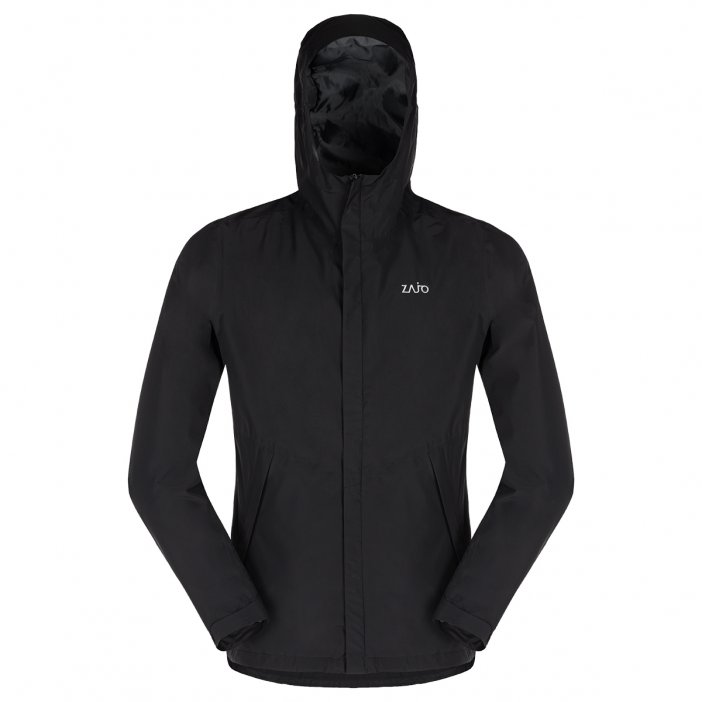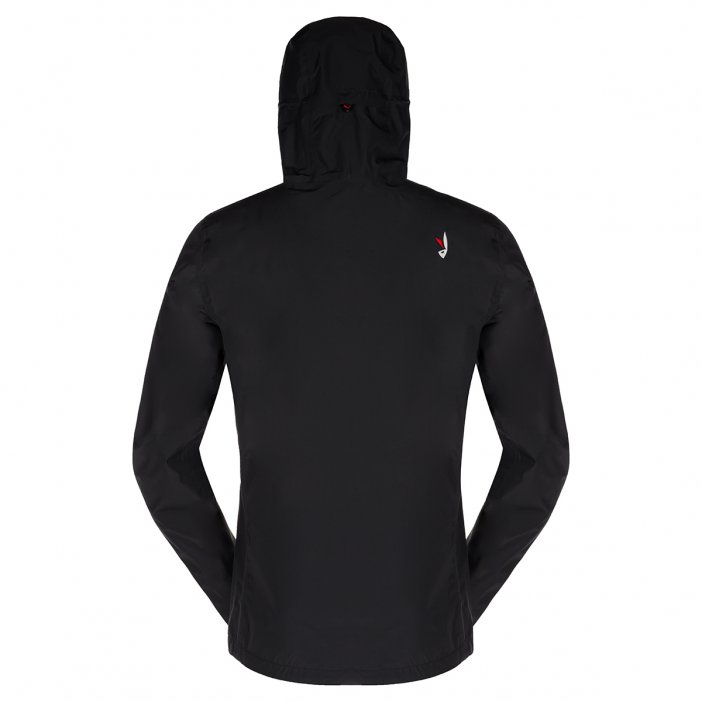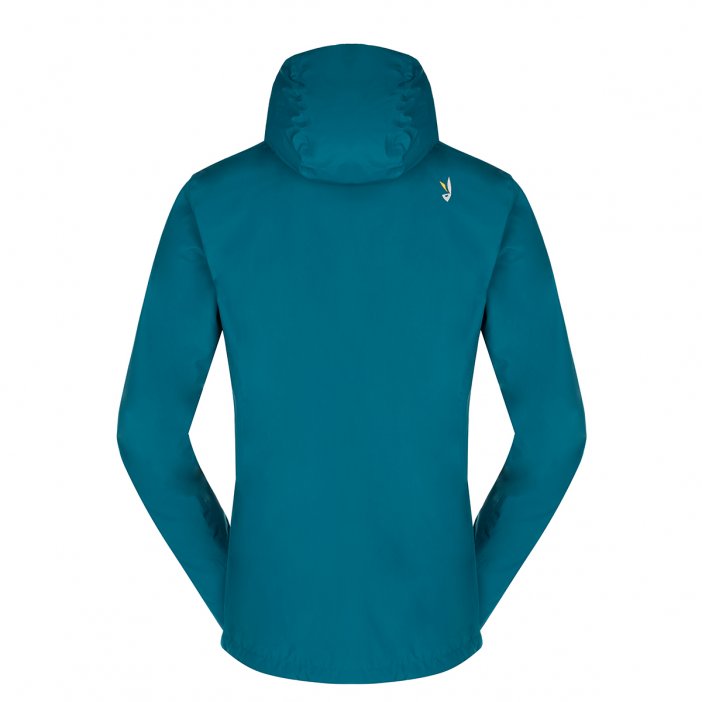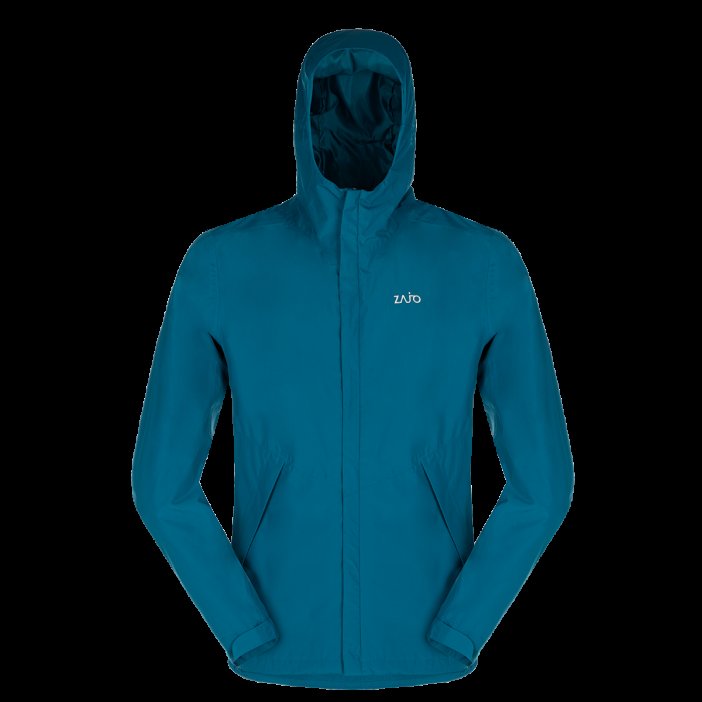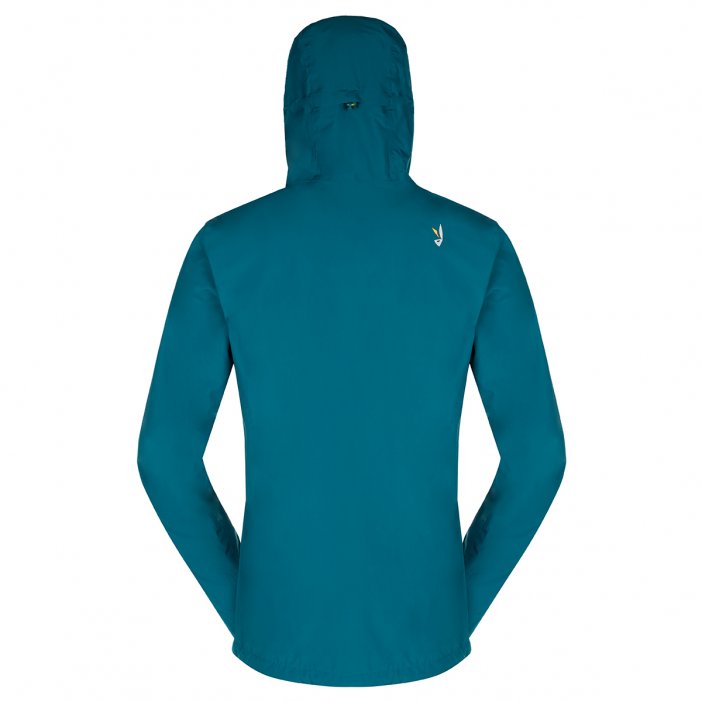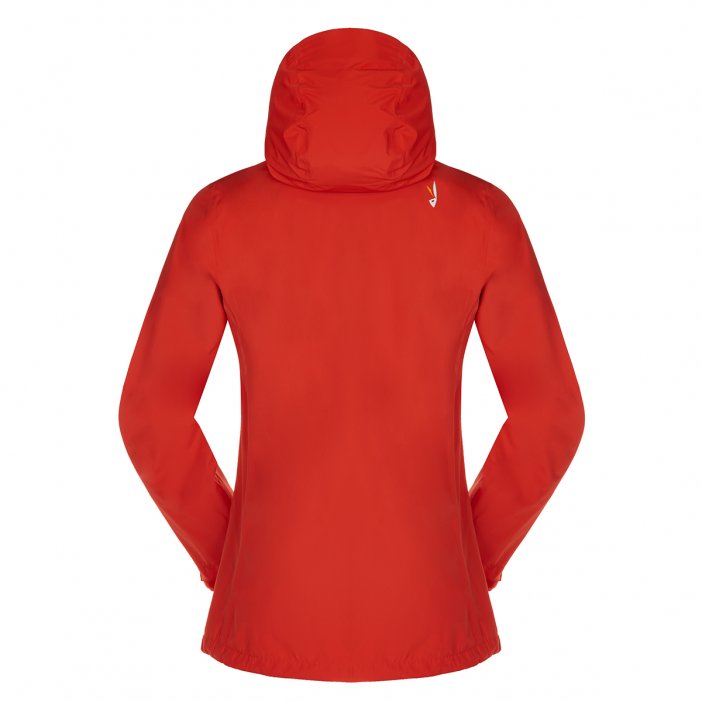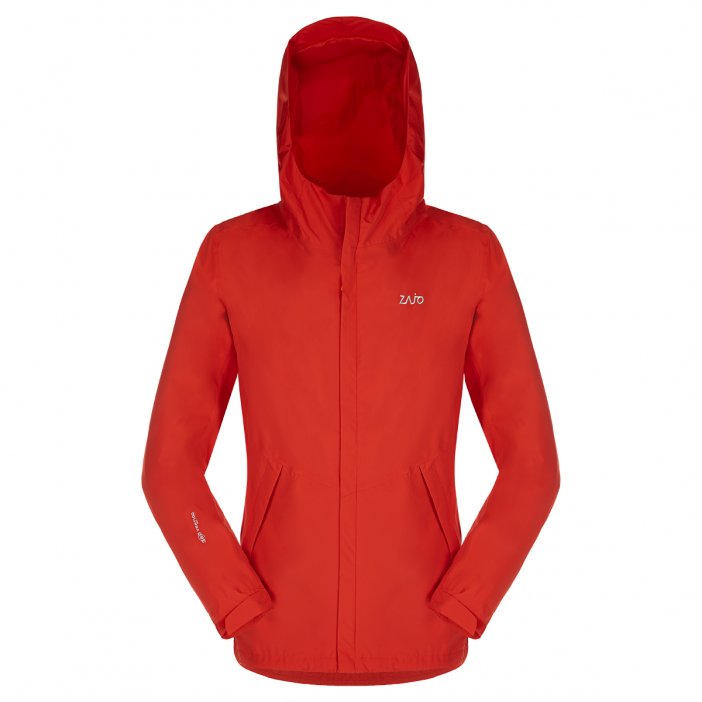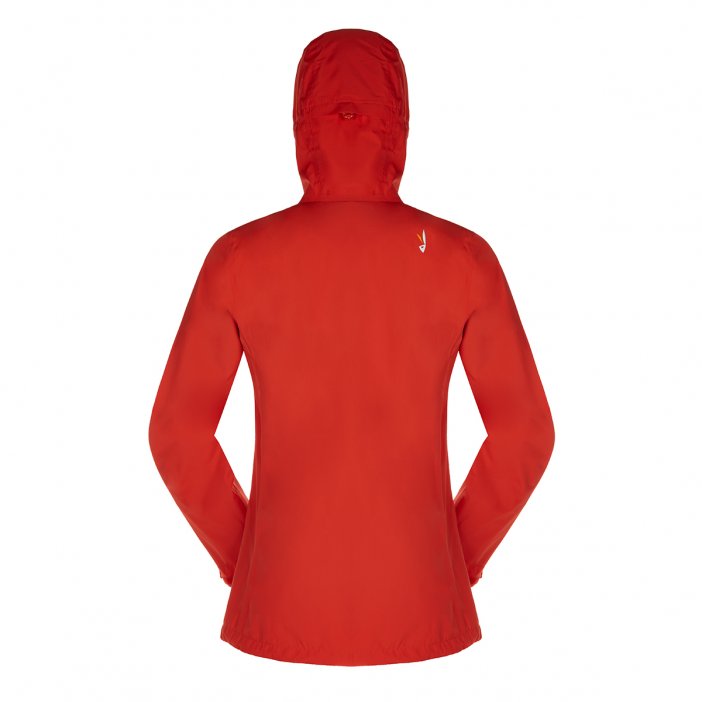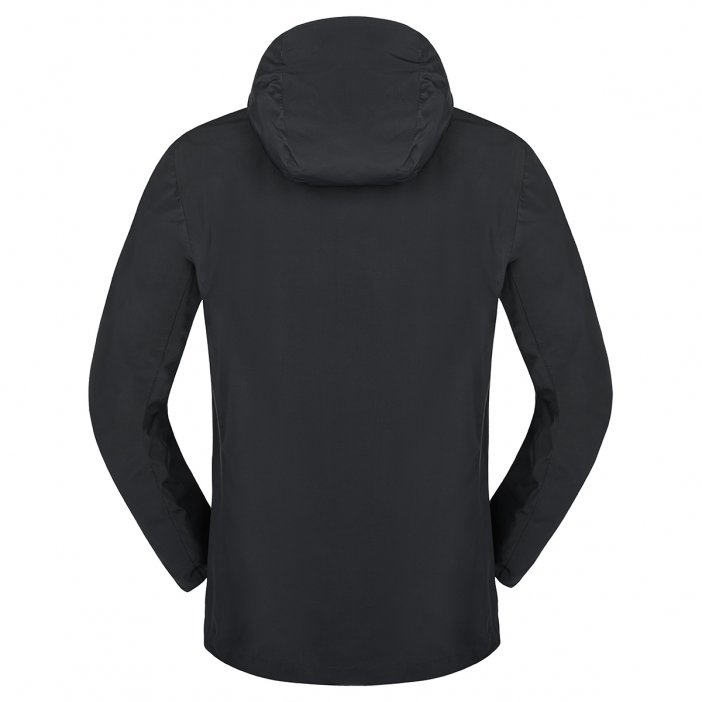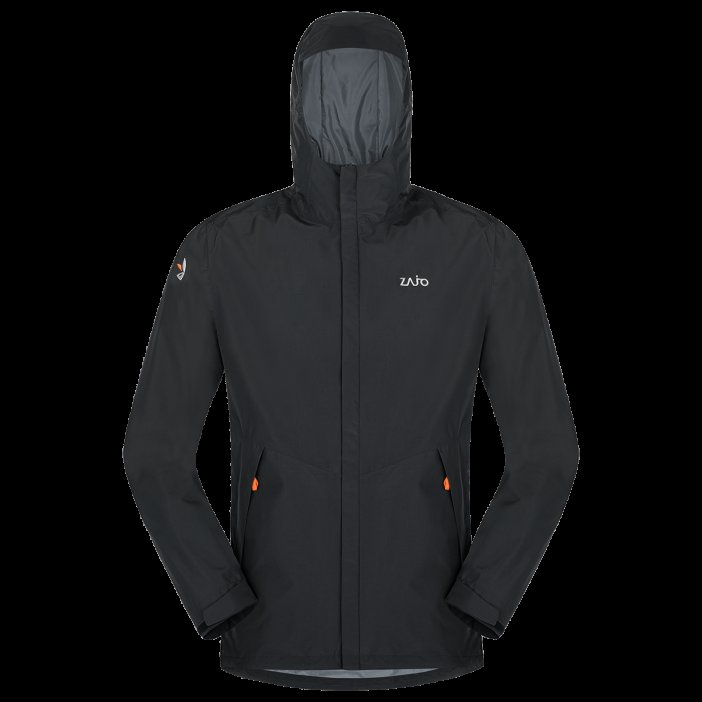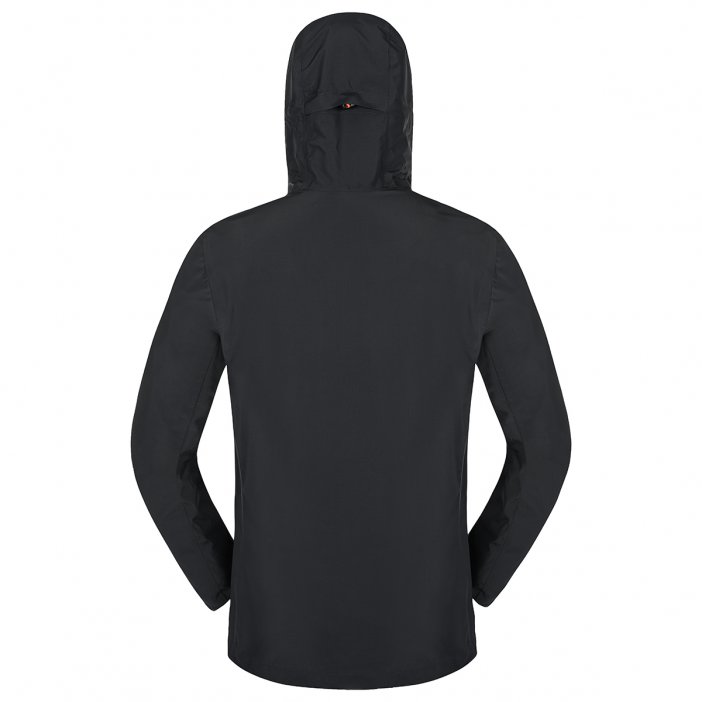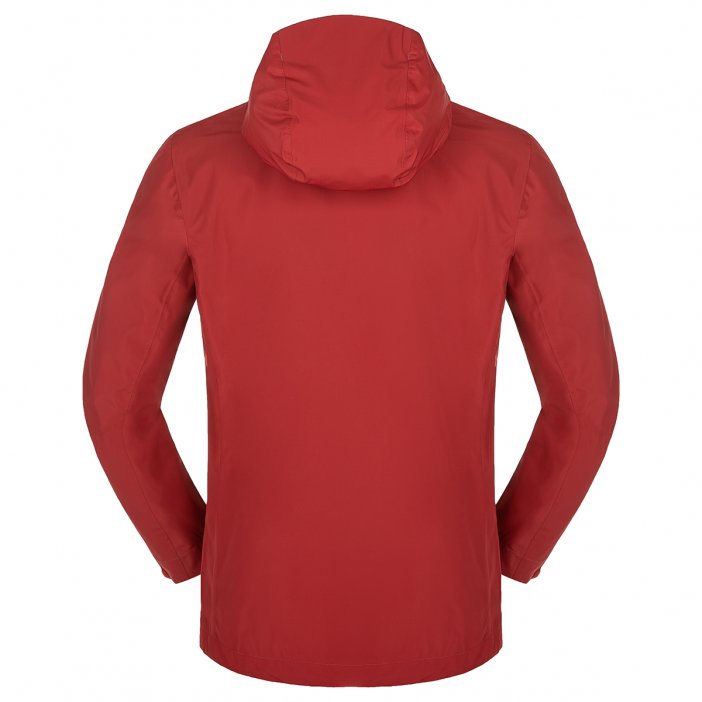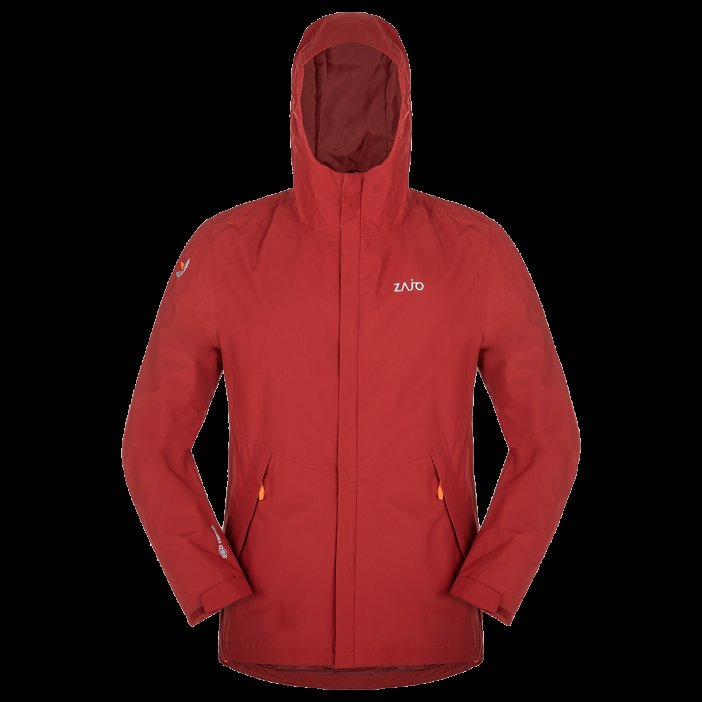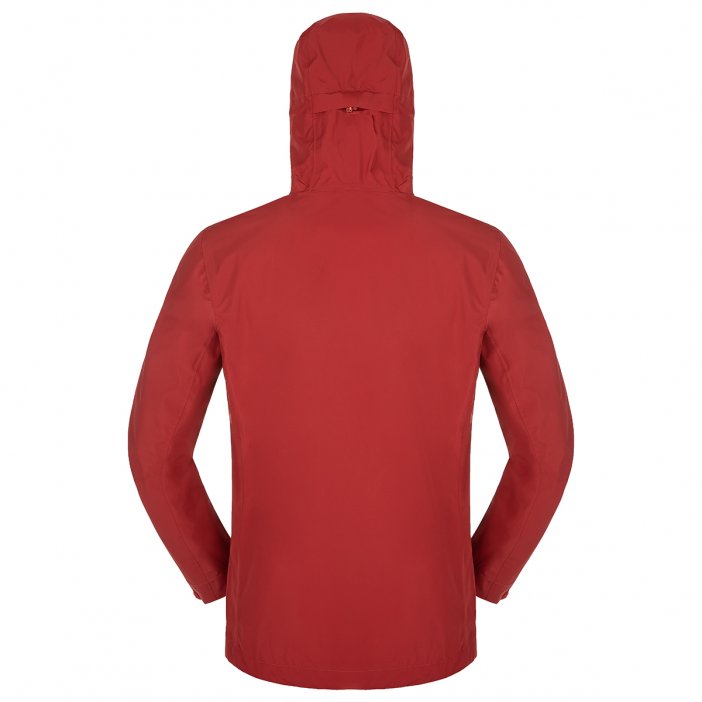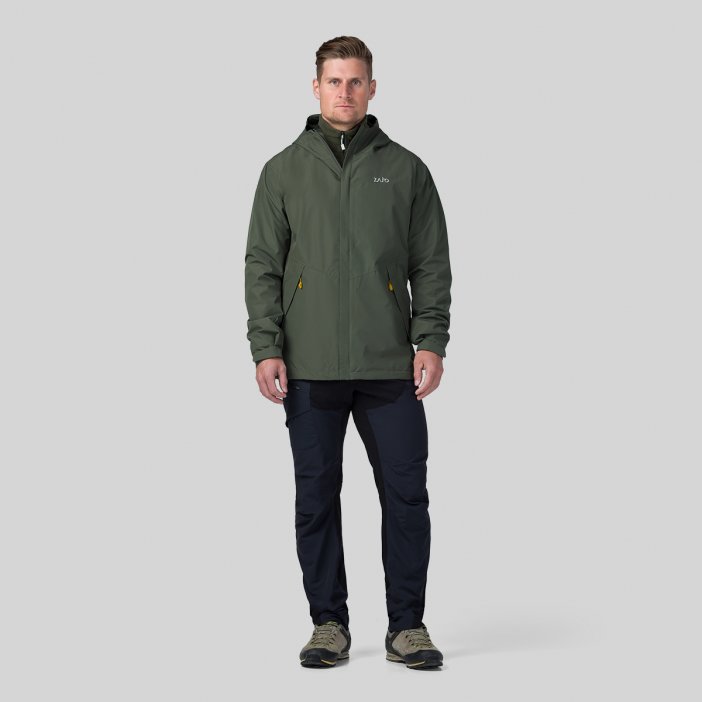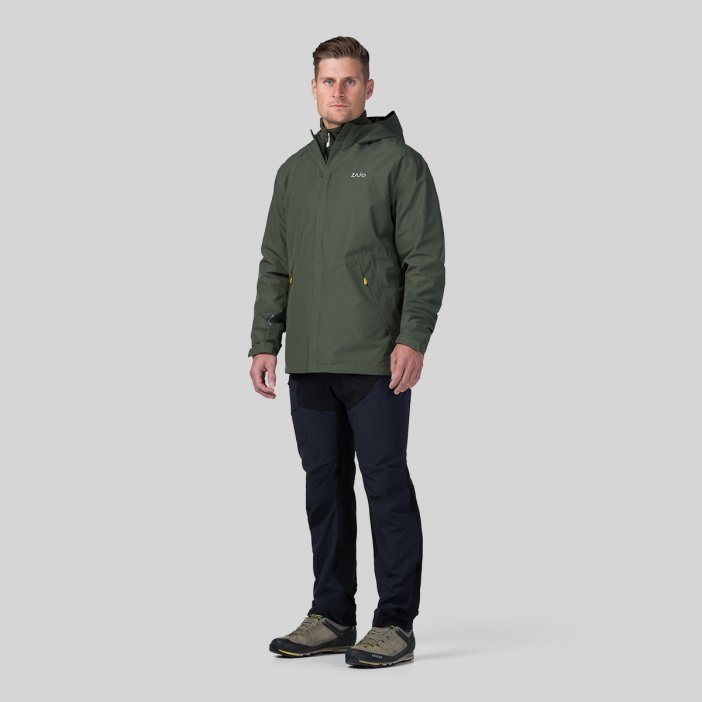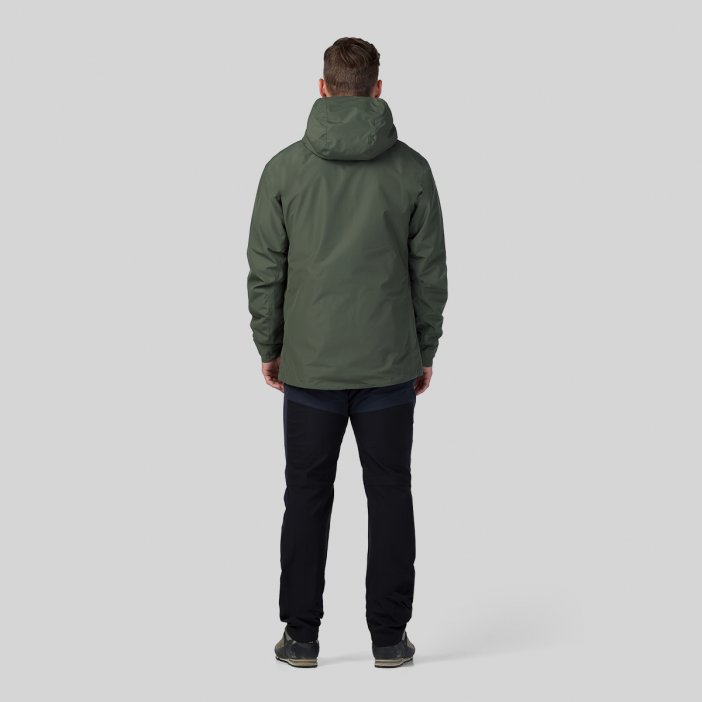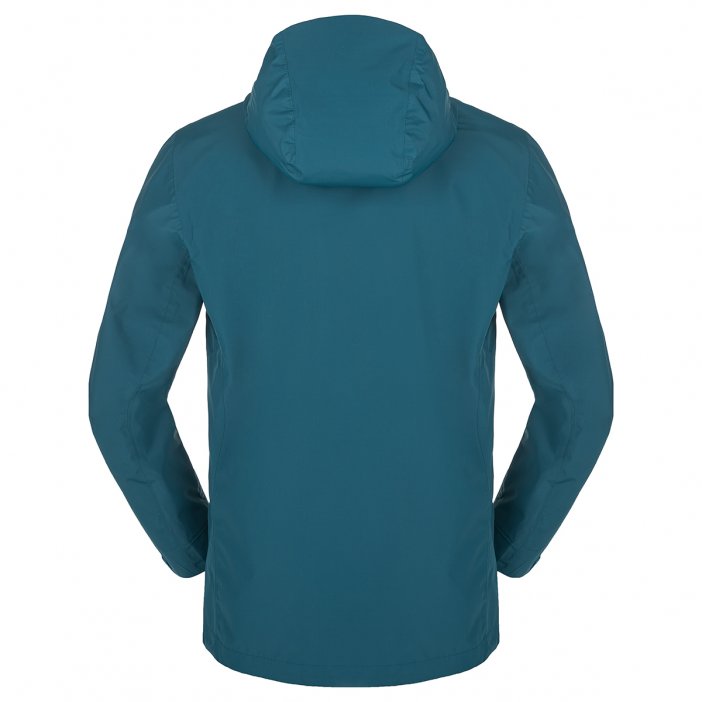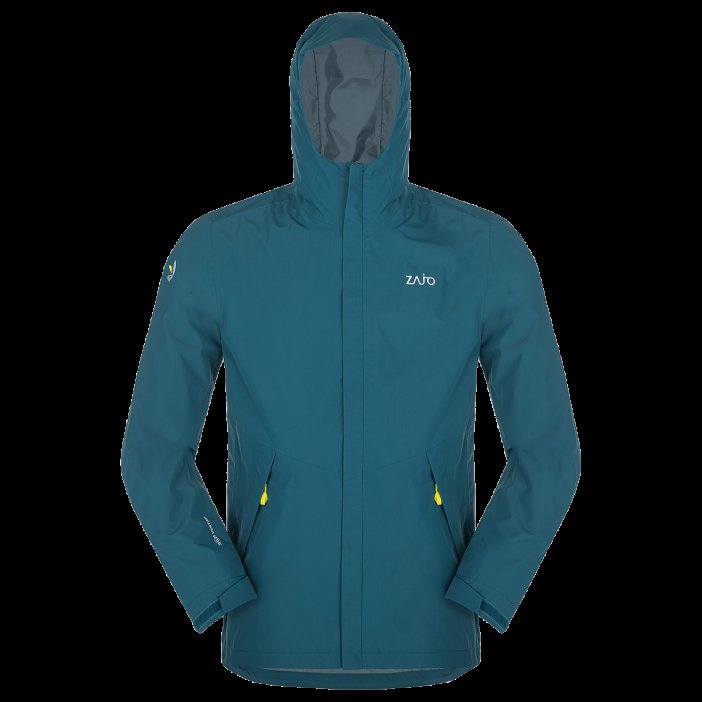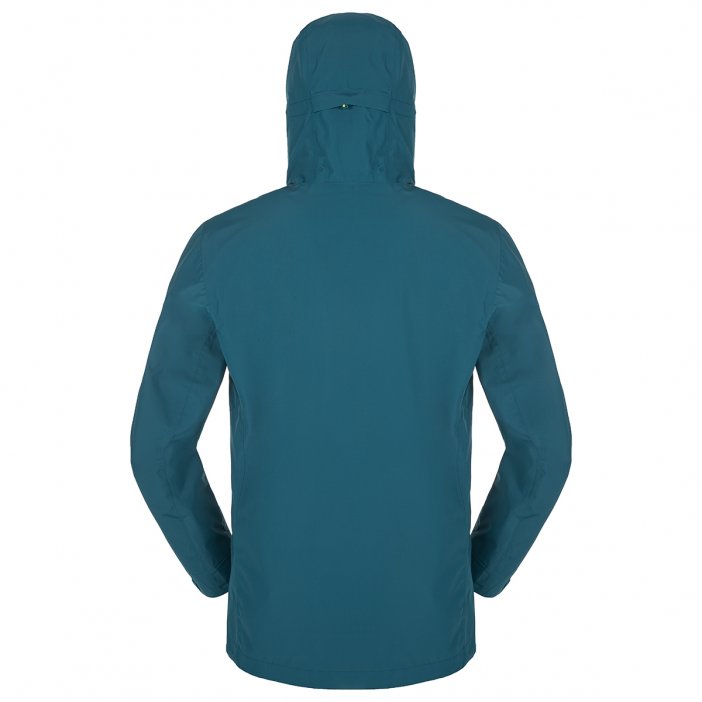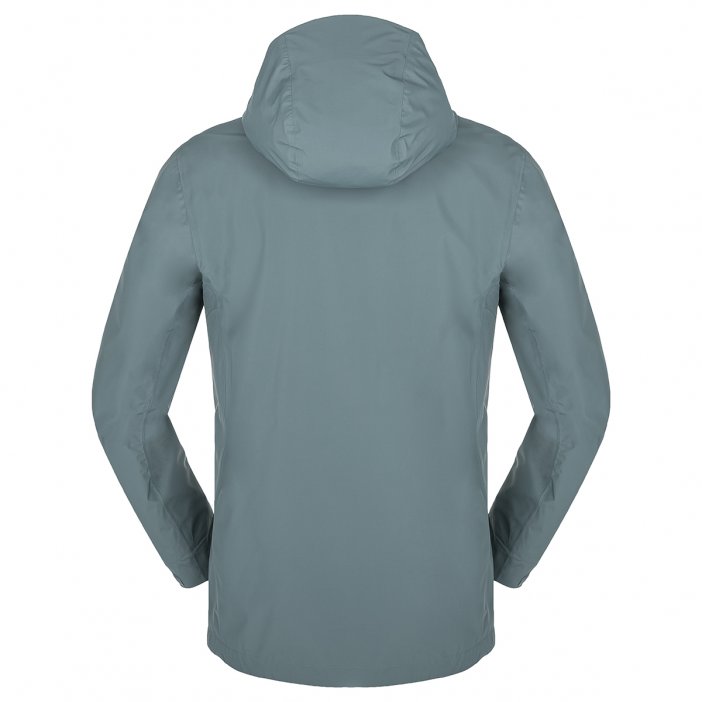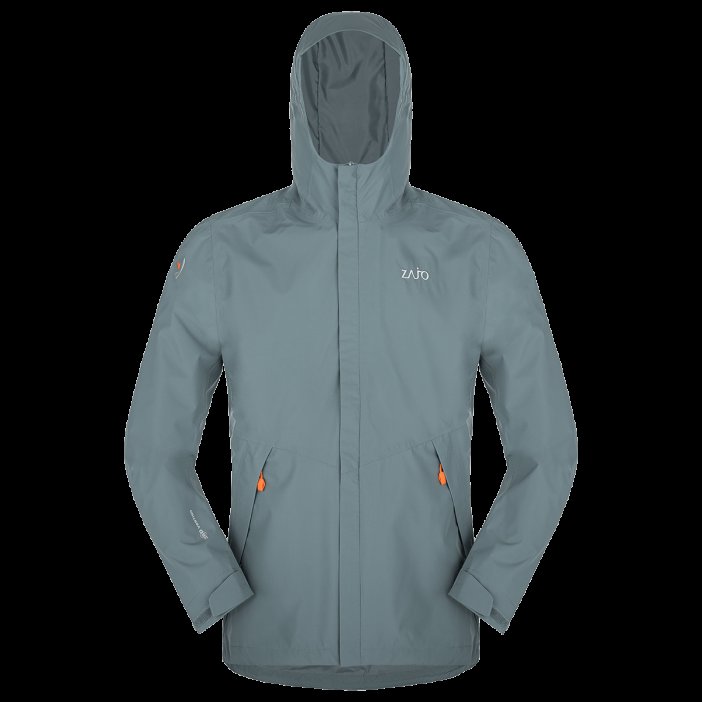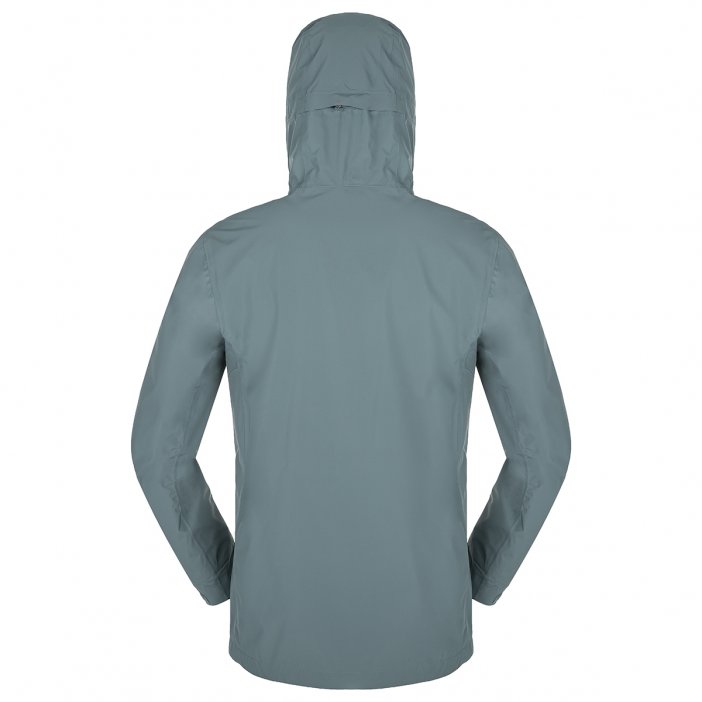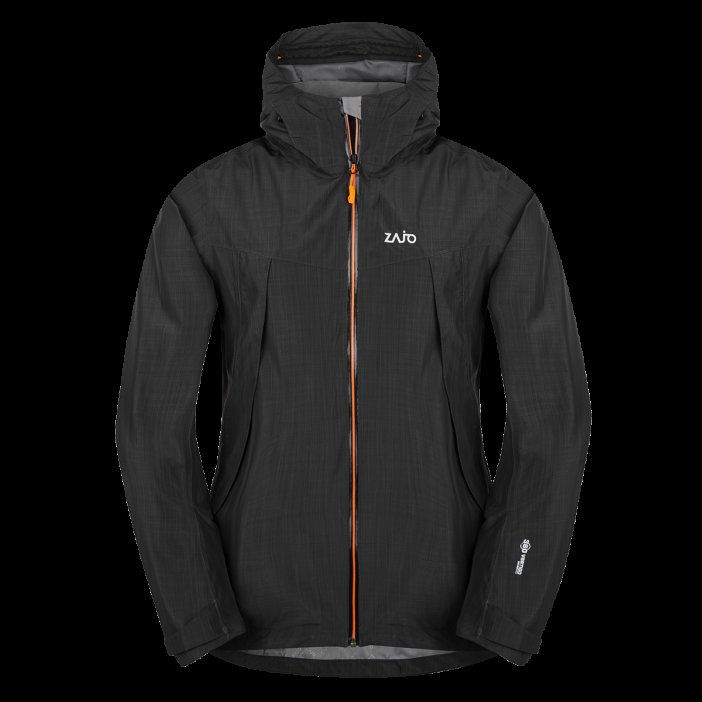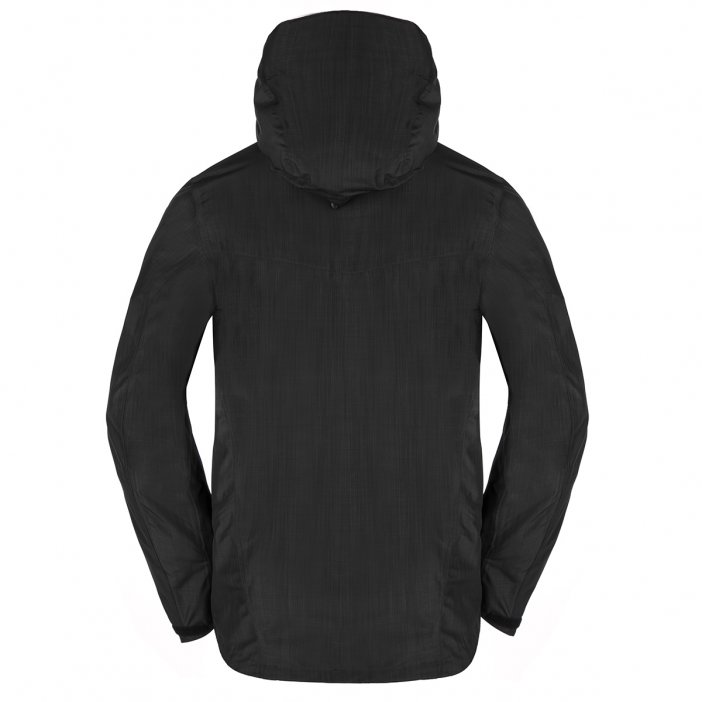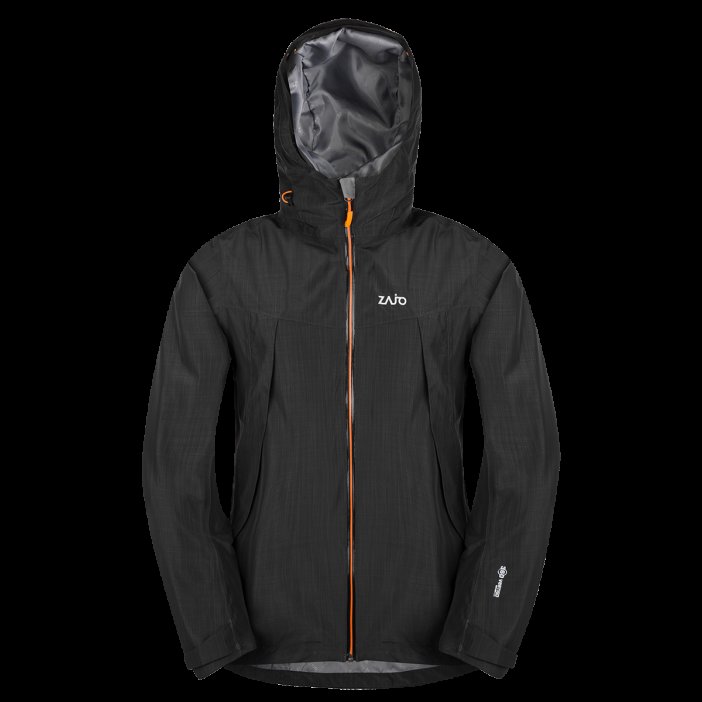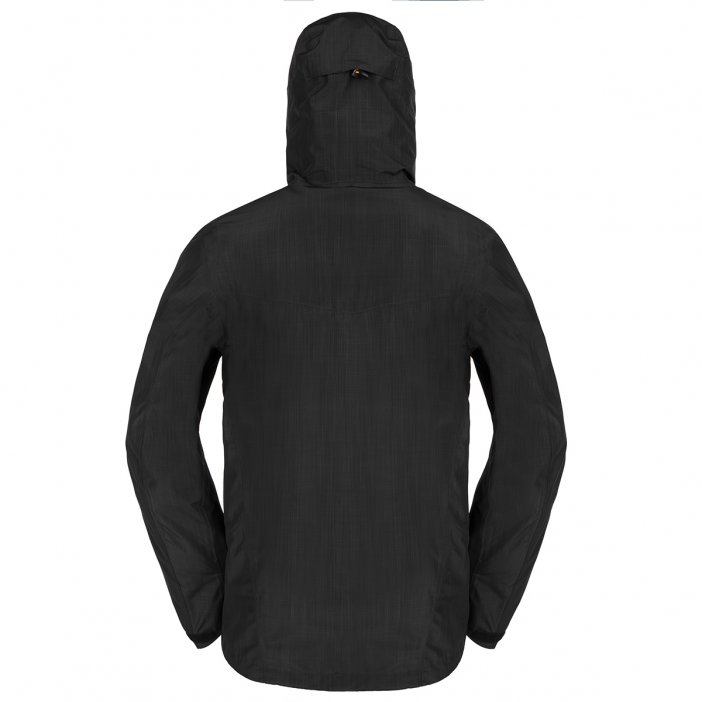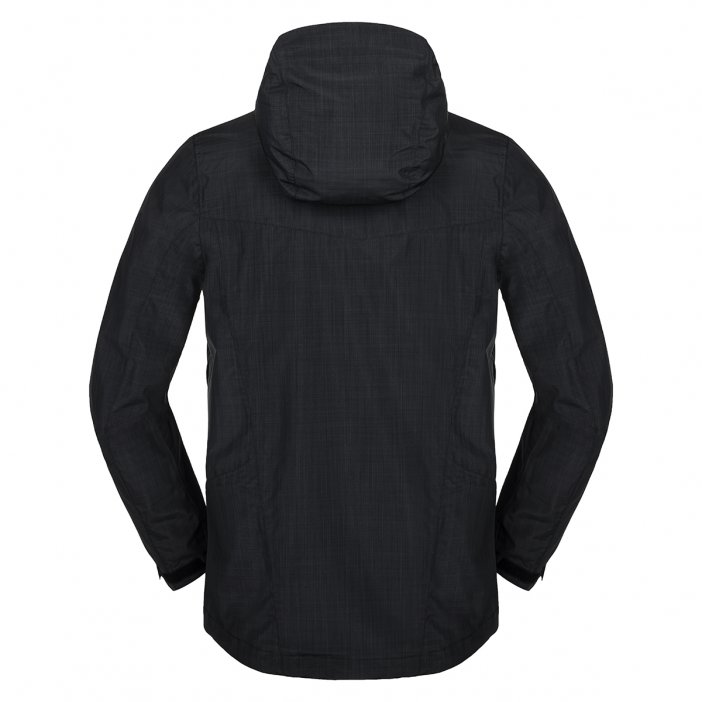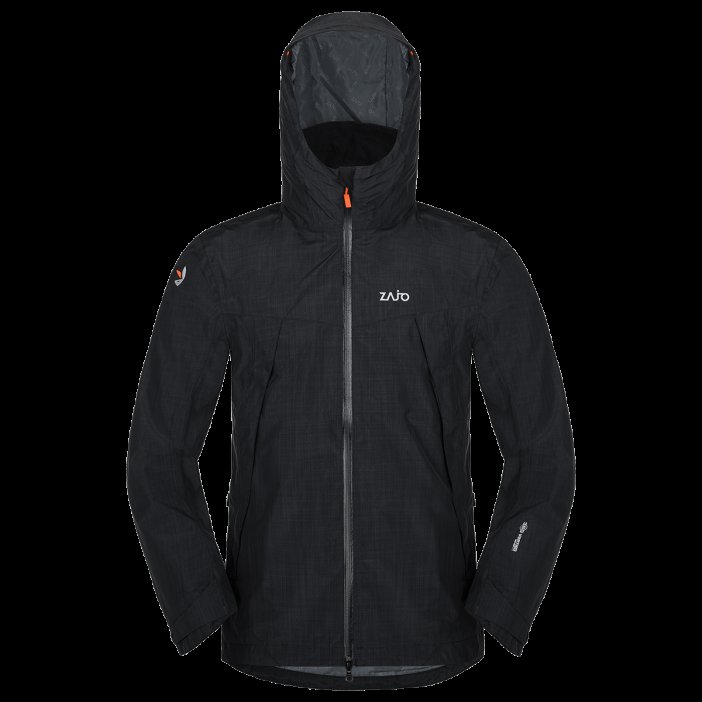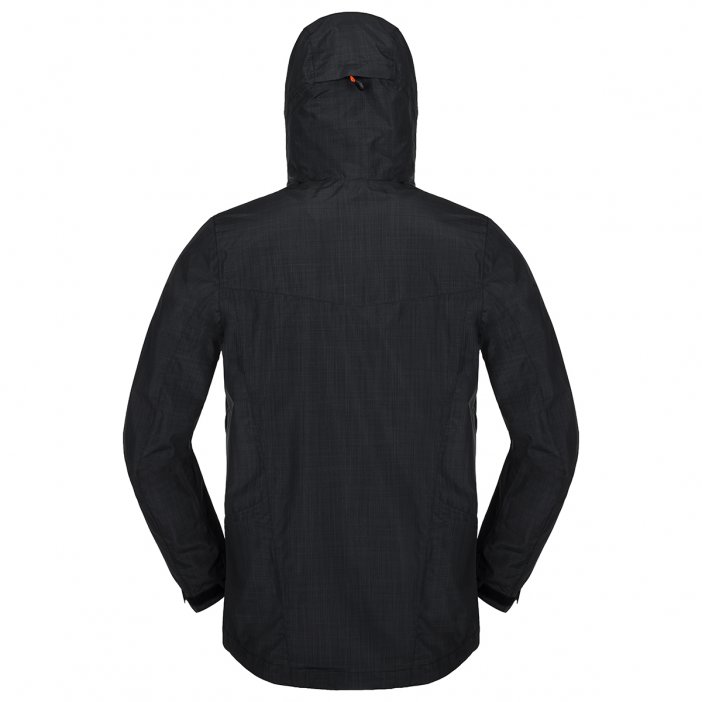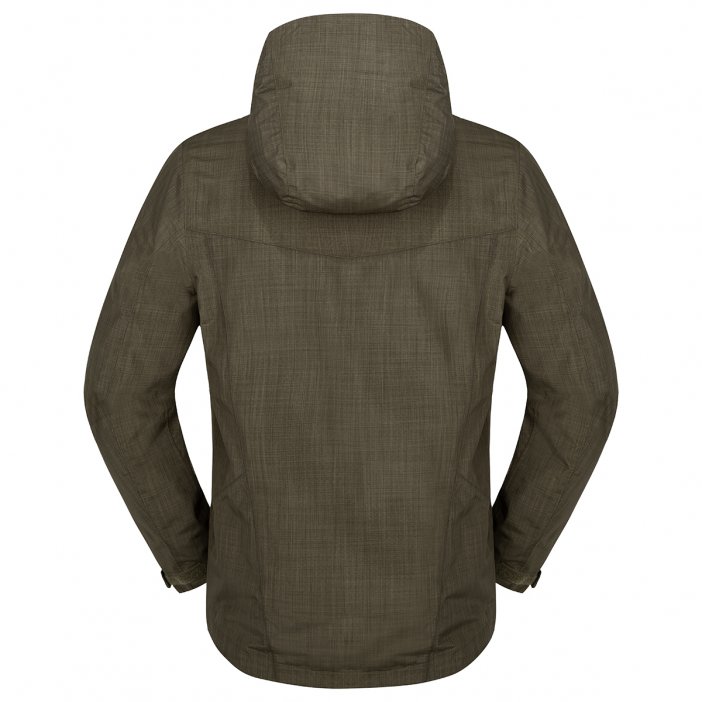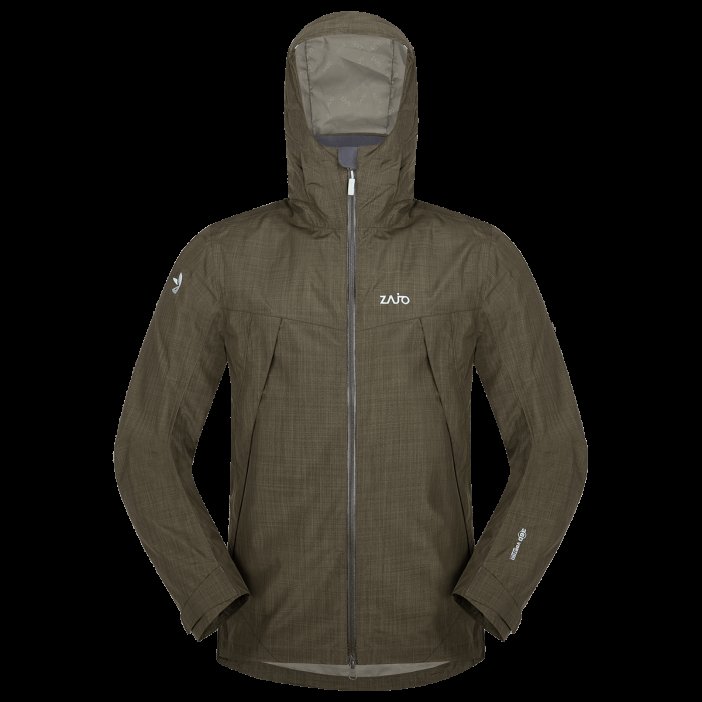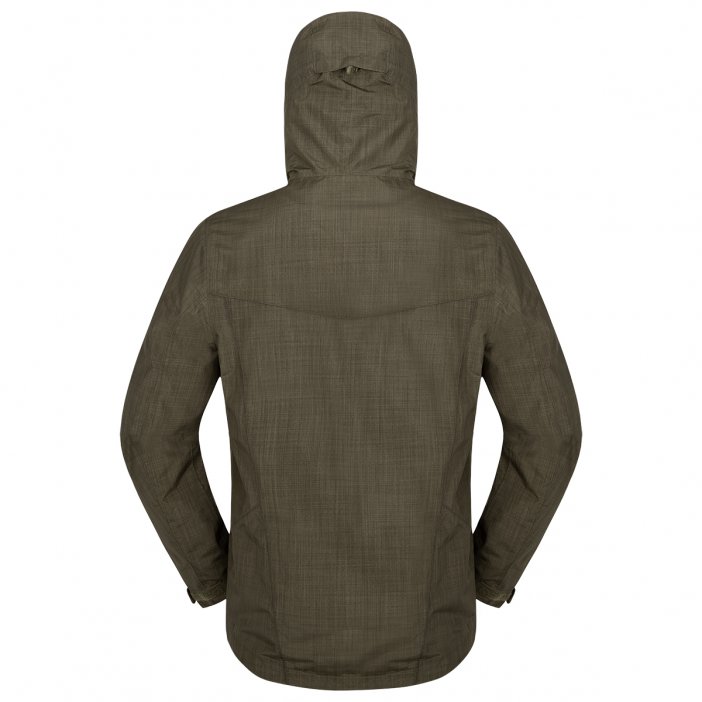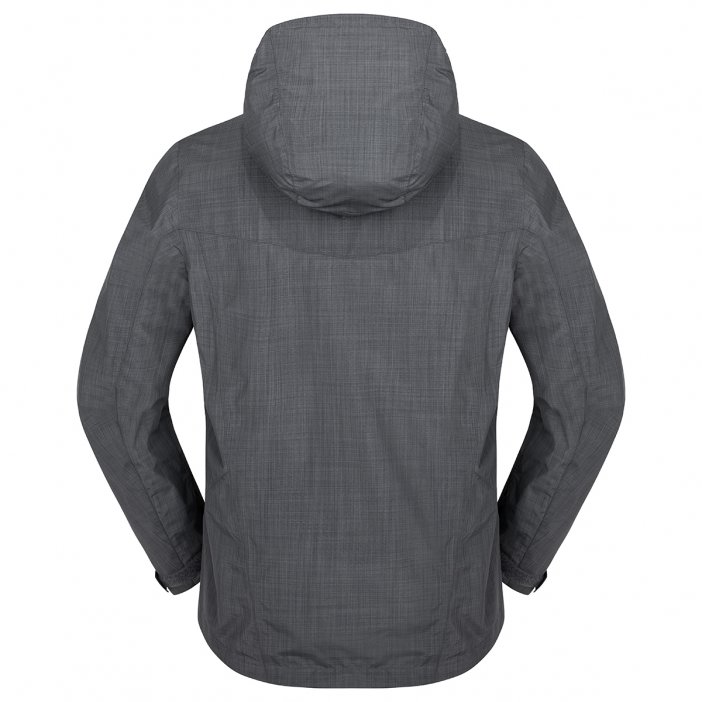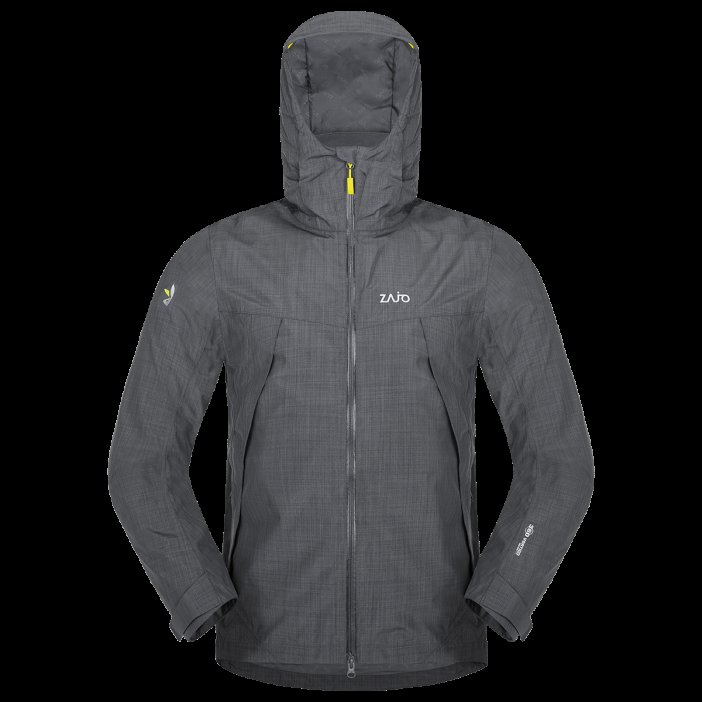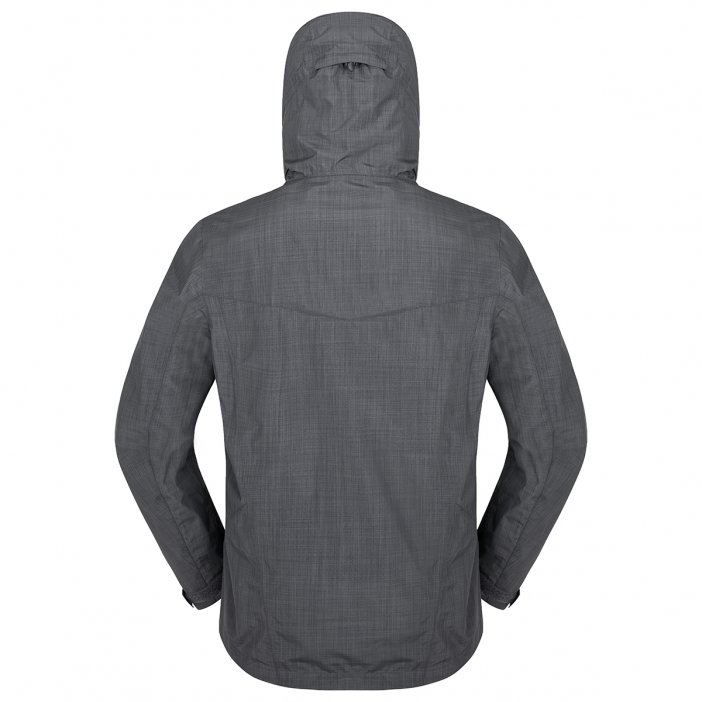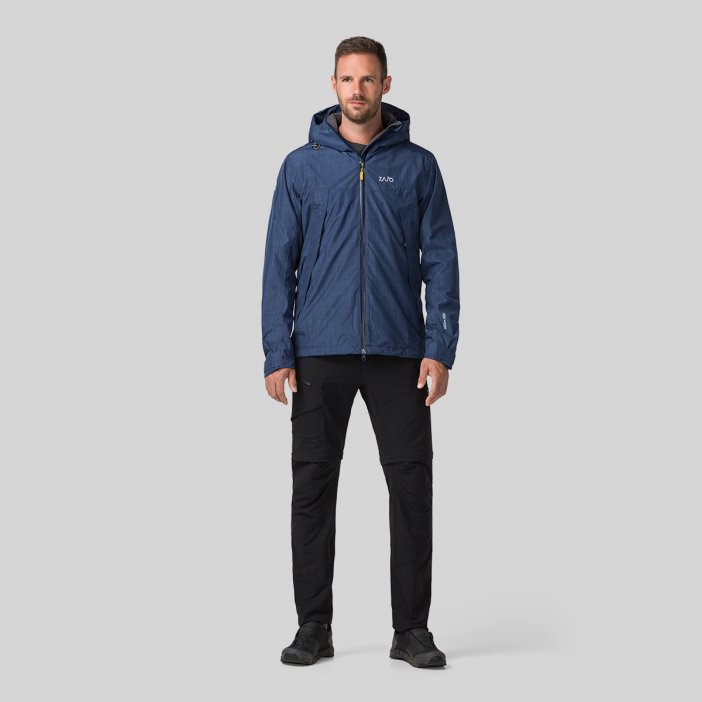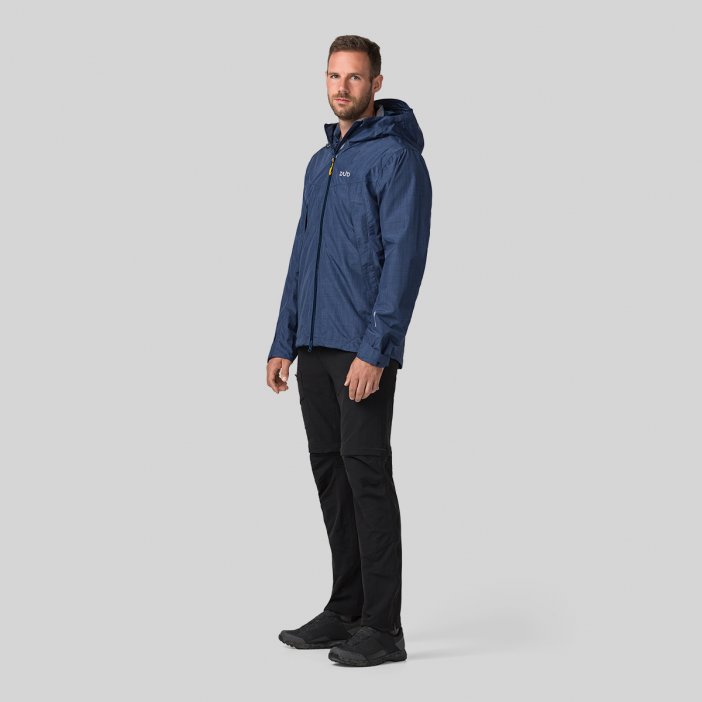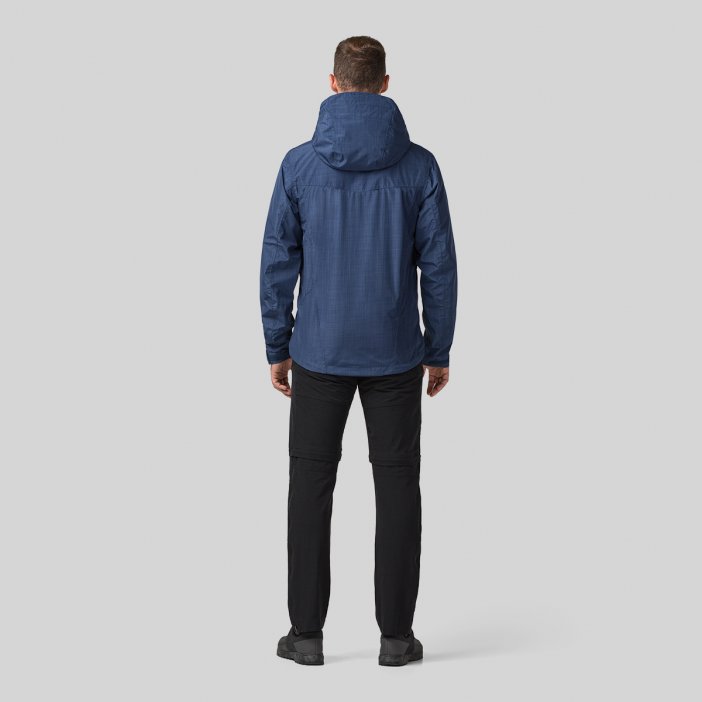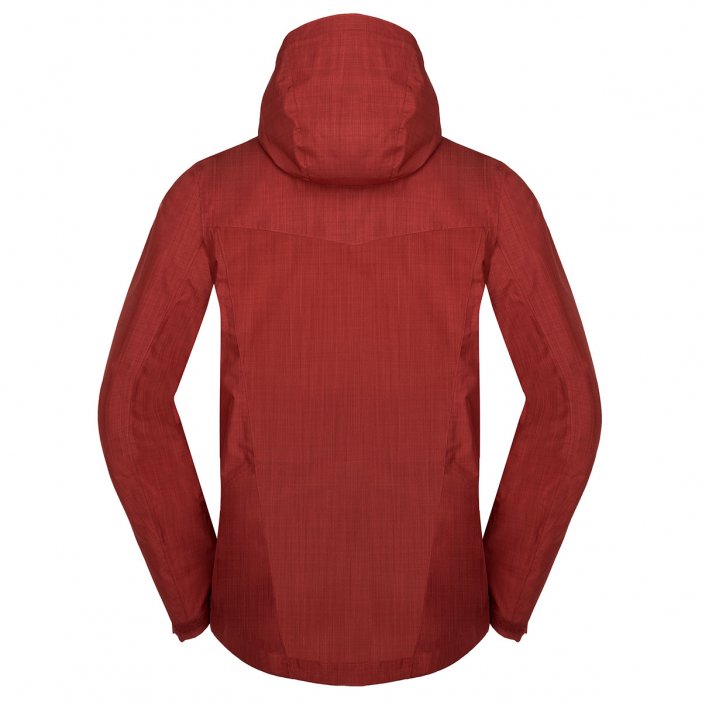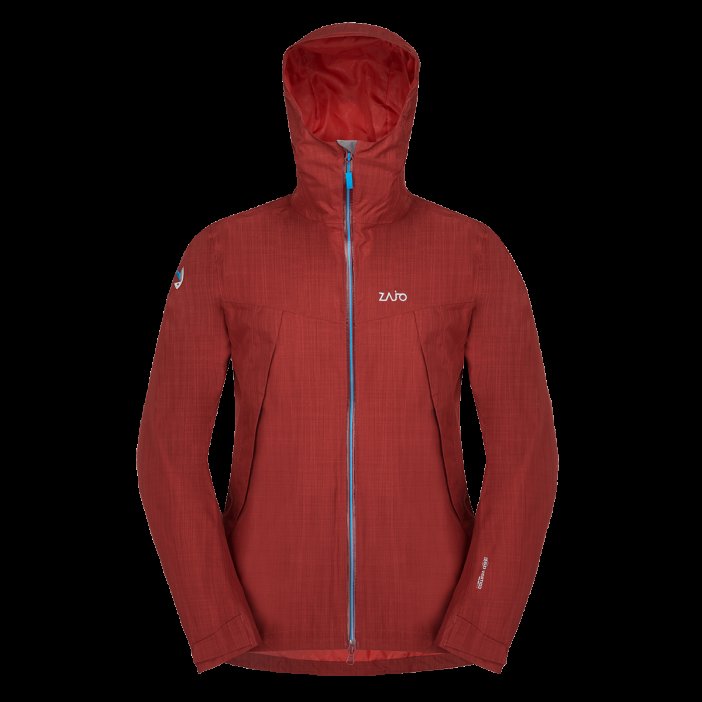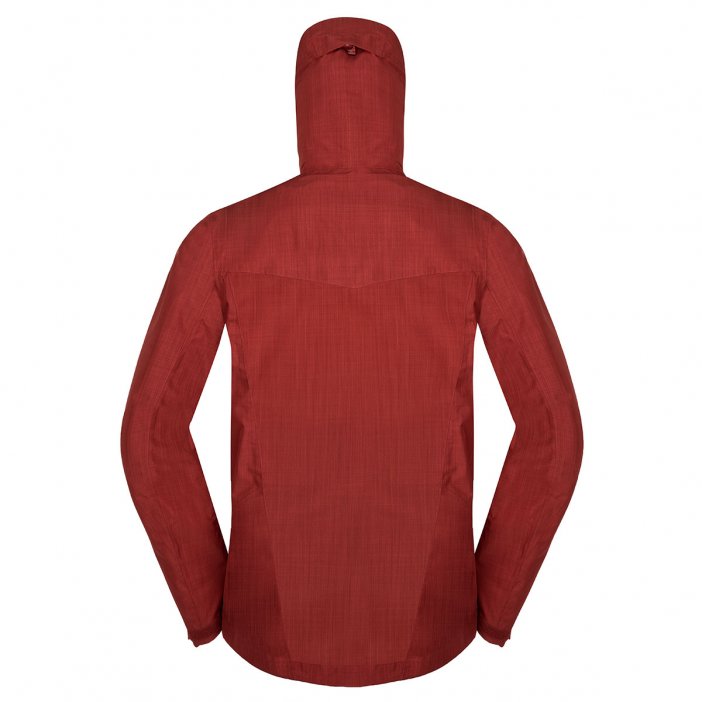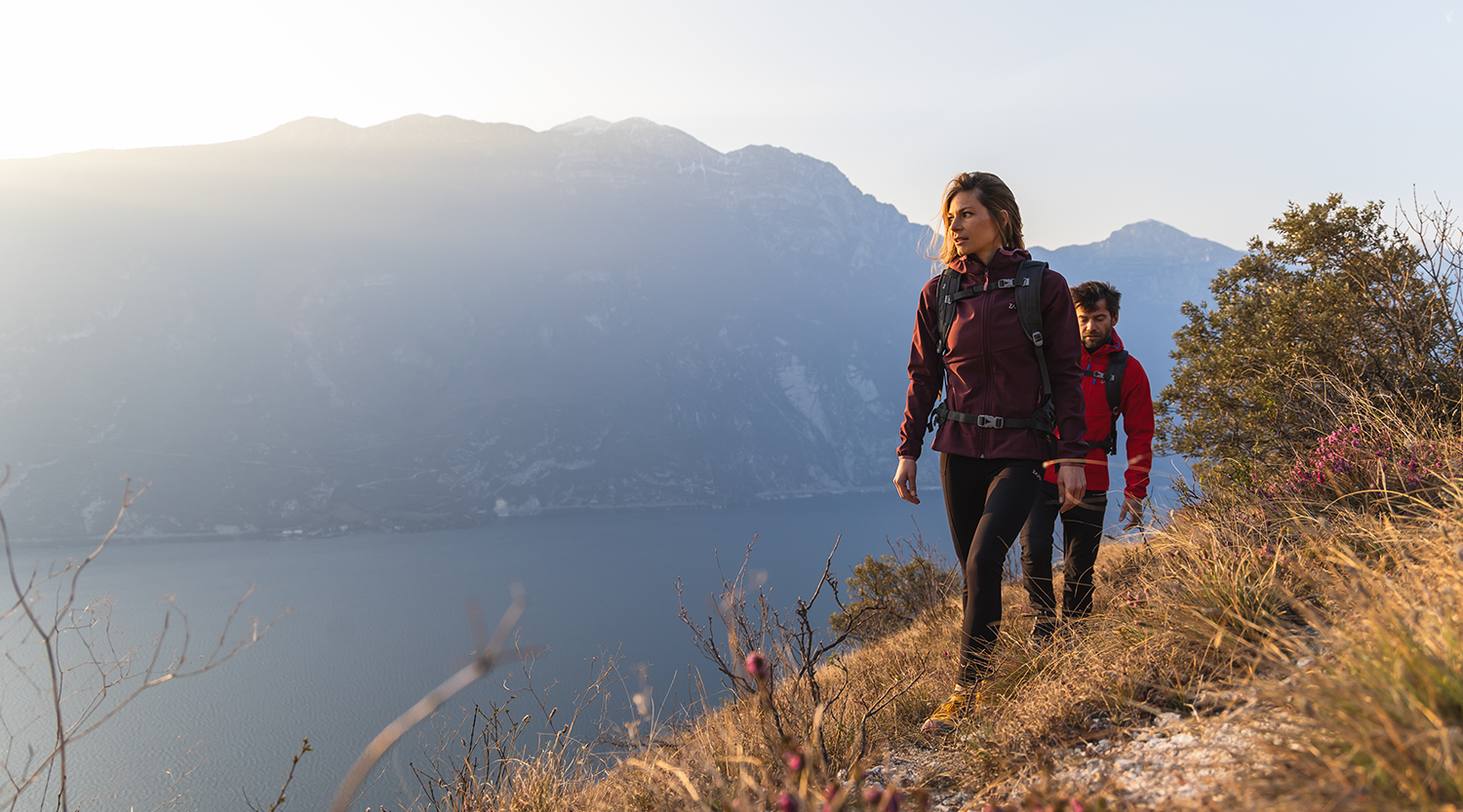How to choose a spring jacket?
We're still facing the last few days of calendar winter, but the weather isn't even trying to pretend it's not spring out there anymore. A time of lighter packs, fewer layers, less gear, warmer temperatures, greener views and longer days. Quite an appealing idea, don't you think?
But each season brings with it its own specific challenges, and spring (along with autumn) is arguably the most tricky time of the year. In winter it's clear, it's cold outside, and we need to protect ourselves and dress properly. Summer is also not some dramatic conundrum when it comes to gear choices. But spring? That's the season when all kinds of conditions can change in a matter of minutes, and the preparation and choice of clothing need to be adjusted accordingly.
Therefore, choosing a jacket for spring is really nothing easy and that's why we're dedicating the next few lines to this topic.
What challenges does spring weather bring?
As we have already hinted, it is mainly about the volatility of spring weather. One moment the sun's rays are shining down on you and it's blowing pleasantly, only to be wet or battling a biting wind a few minutes later. But, unlike winter, temperatures are generally warmer and too much clothing could cause you to boil in your own juices. Protecting oneself from the rain is, after all, very counterproductive if one gets wet on the inside.
So how do you dress for spring conditions?
The base layer
Although this article was primarily meant to be about jackets, when dressing for the mountains it is essential to mention the absolute basics - a good base layer. Because without a good base layer, even the best jacket in the world can't fulfil its purpose 100%. In practice, this means that you need a layer that will effectively wick sweat and moisture away from your body and outwards so that your body stays dry and your mind can focus on your hike. An excellent choice is our merino wool t-shirts, which have one huge advantage over other alternatives - thanks to the antibacterial properties of wool, you can wear them for several days in a row, just air them out in the fresh air after prolonged wear.
An excellent alternative is our Tencel T-shirts, which also have excellent breathability properties and are very comfortable to wear. Moreover, Tencel is a material developed relatively recently and has a strong ecological dimension. One might think that organic cotton t-shirts are also a good choice, as they are very pleasant to wear, but as cotton binds water to itself, instead of pushing the moisture to the surface where it can evaporate, it is not suitable for active movement, rather for walking and leisure.
As temperatures can already climb quite high at times in spring, it's possible that you'll often find that this single layer will be enough during your hikes, with extra layers in your pack just in case, of course.
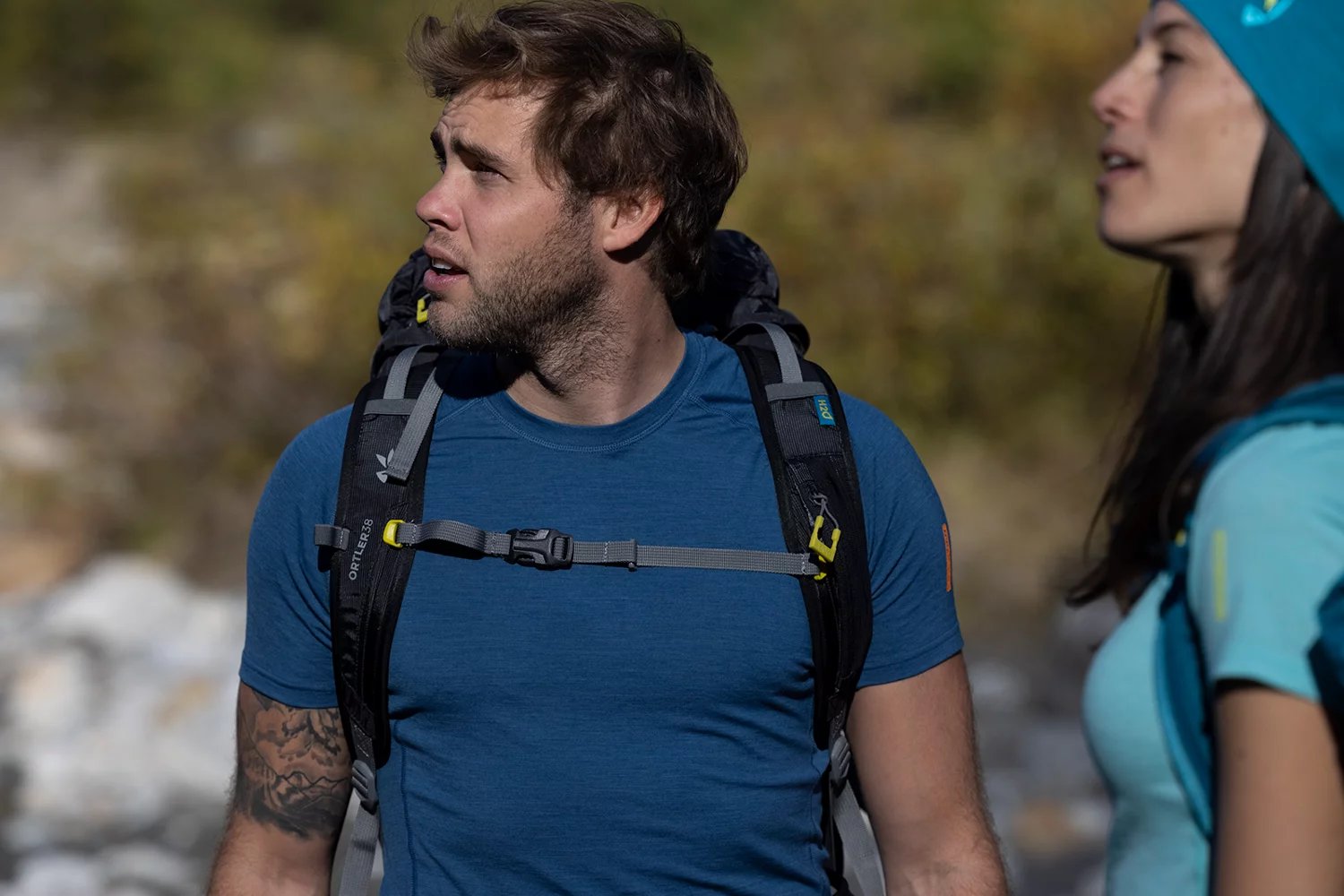
Middle/top layer
Things start to get complicated with the second layer. The role of this layer is to provide you with enough insulation if the temperatures are not yet high enough and, like the base layer, to wick sweat and moisture away to the outside.
For spring weather, here we have two alternatives that excel in breathability issues and don't offer too much insulation for spring temperatures - softshell and fleece.
Fleece jackets
A fleece jacket is perfect for dry conditions. The temperatures are not yet tropical and therefore still require some warmth, but it is also very breathable and therefore reliably wicks away sweat and moisture even during more intense activity. It also has the advantage that it is very versatile and is perfect as a pleasantly warm outer layer and in winter as a mid-layer under another jacket. In addition, fleece jackets are relatively affordable, and since they are a synthetic material, they can be largely produced from recycled sources, in some cases up to 100%.
However, the problem arises when the weather decides to make things a little more difficult for you. While fleece material doesn't soak up too much water, it's still a material that has neither windproof nor waterproof properties, so you need to have alternatives ready in your pack, or an extra layer to serve as a barrier against wind and rain.
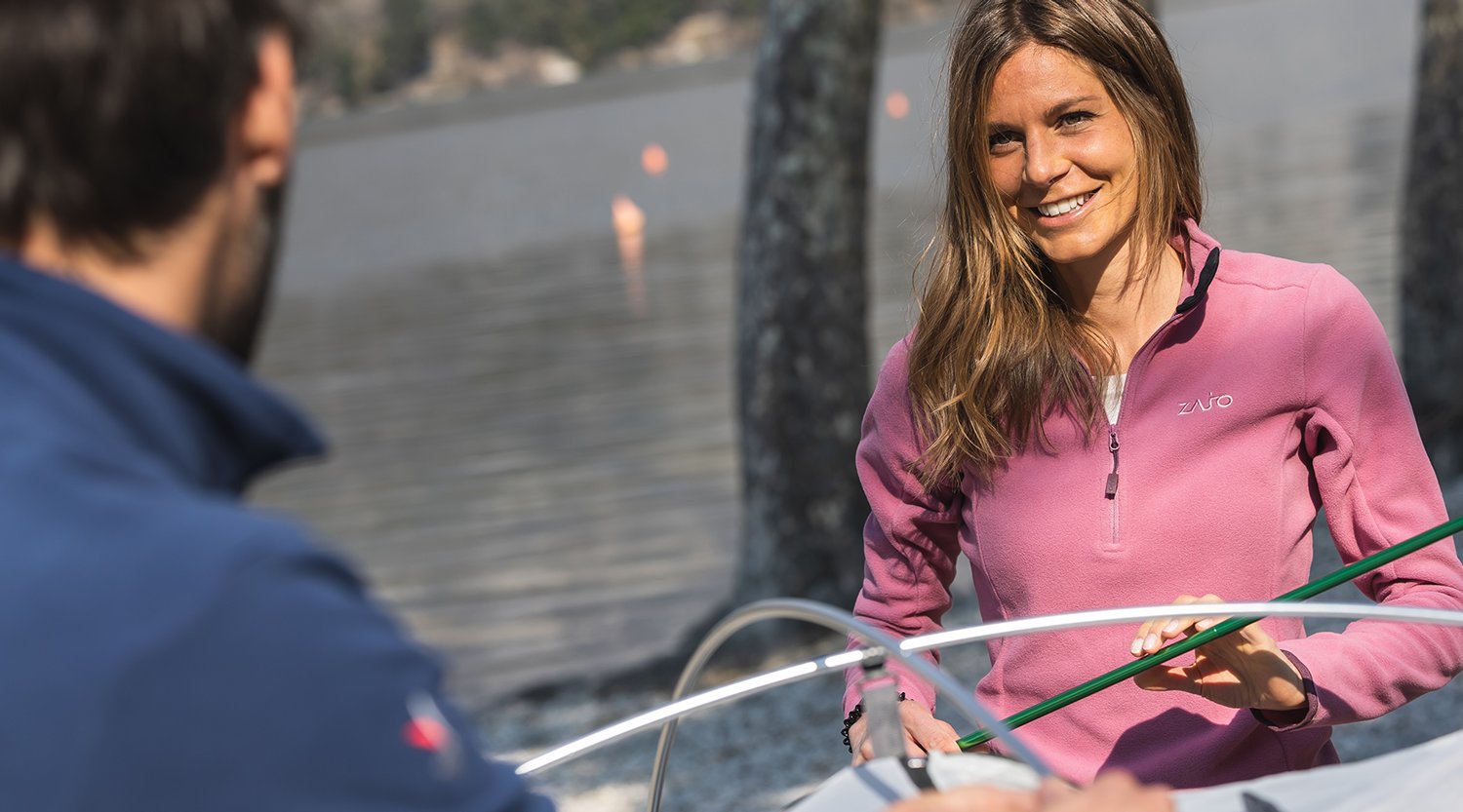
Softshell jackets
Softshell jackets are jackets made of synthetic materials with high-quality parameters in terms of breathability and are more resistant to elements such as wind and rain than fleece jackets. In addition, softshell materials are not infrequently (in our case, for every softshell jacket) treated with a water-repellent treatment, thanks to which drops do not soak into the material but slide down its surface, so it takes a much longer time for the first drops of water to penetrate through the structure of the material to the body.
The fact that softshells can be treated with a so-called DWR treatment - that is, a water-repellent treatment - is one of the key differences between softshell jackets and fleece jackets. Compared to fleece jackets, they are generally more durable and can last many years with good care.
However, compared to fleece jackets, softshell jackets are not as pleasant to the touch, they do not have the typical warmth of fleece, they are on average more expensive and, although they can reliably wick away moisture, they are no match for fleece jackets in this respect.
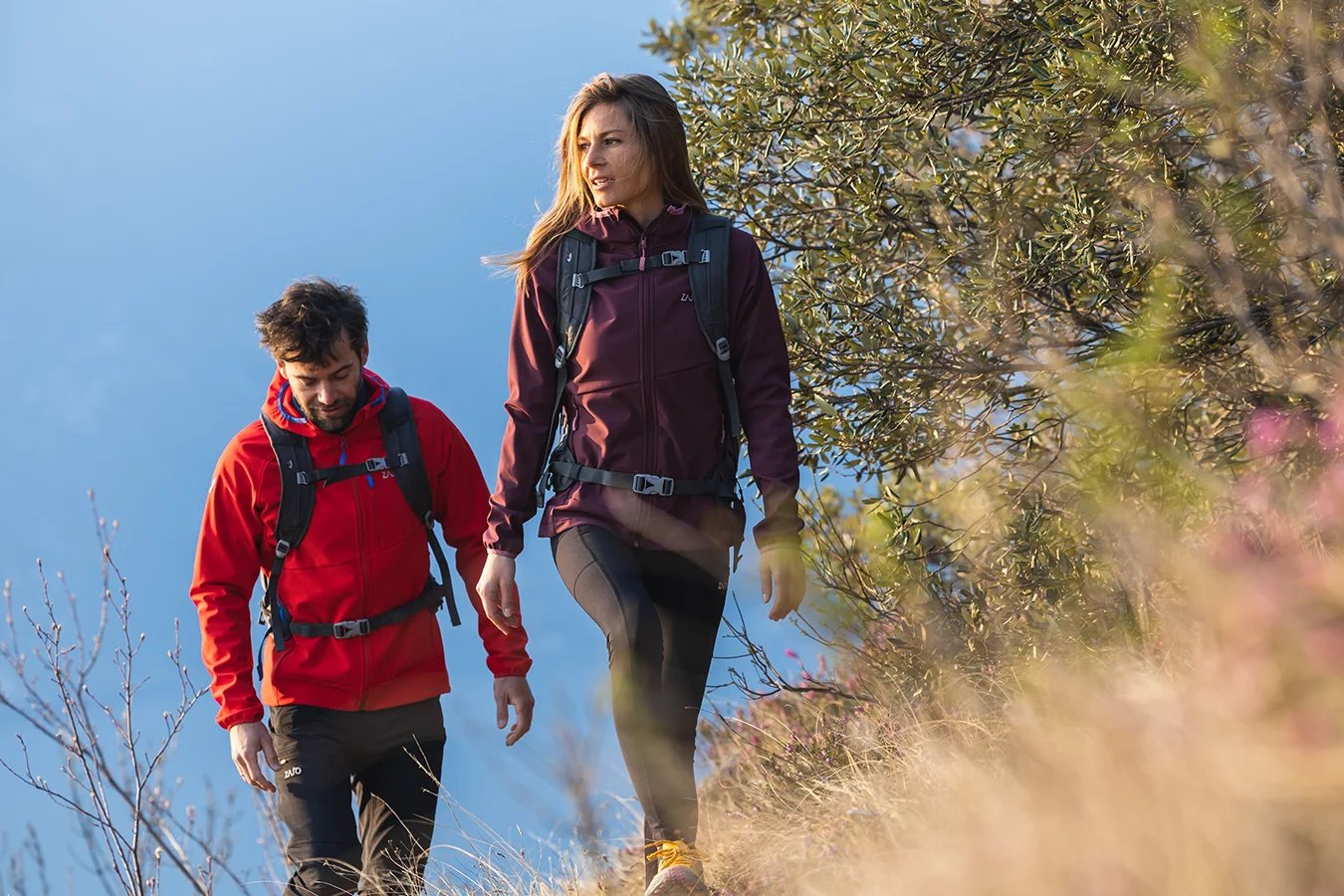
Outer (protective) layer
An absolute must for the volatile spring weather is a waterproof layer that, as the name suggests, won't let a drop of water through and will protect you from even the harshest downpours. Such a waterproof layer is essential hiking gear virtually all year round, especially in alpine environments where conditions can really change in minutes.
However, waterproof layers have a significant price variance - you can find full-fledged rain protection for a few euros, but quality hardshell jackets cost in the order of hundreds of euros. The whole secret of this price variance is hidden in several factors, but the most significant one is breathability.
It's very easy to create a material that doesn't let a drop of water through - even ordinary plastic can do it, for example. The real challenge for materials manufacturers is to create a material that does not let a drop of water through, but at the same time can wick moisture out from the other side. For this purpose, so-called membranes are used, which are technologically very complicated, which is also reflected in the overall price of these jackets.
In practice, however, this means that while with a cheap raincoat from the supermarket you can only walk in the rain for a few tens of minutes before you literally get soaked from the inside from the accumulated moisture that has no way to escape, in a quality waterproof jacket the moisture is continuously drained throughout the entire wearing period and thus keeps the wearer dry on both sides.
However, a cheap option is not automatically a bad choice. Such an emergency layer belongs to the essential equipment of every backpack and can be of great use if you don't want to keep walking during downpours, but need the necessary protection for a quick move under some shelter. So if hiking in the rain isn't exactly to your liking and you have somewhere to shelter in a few dozen minutes in the event of rain, it can be a really sufficient option.
The more expensive options, in our case the eVent jackets, are great for adventurers who need protection from all the weather and who are not afraid to hike even when the weather is not in their favour.
